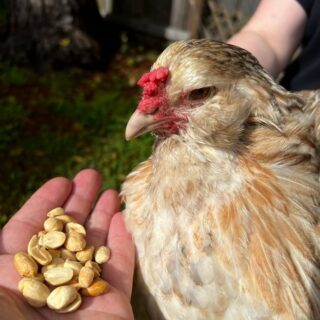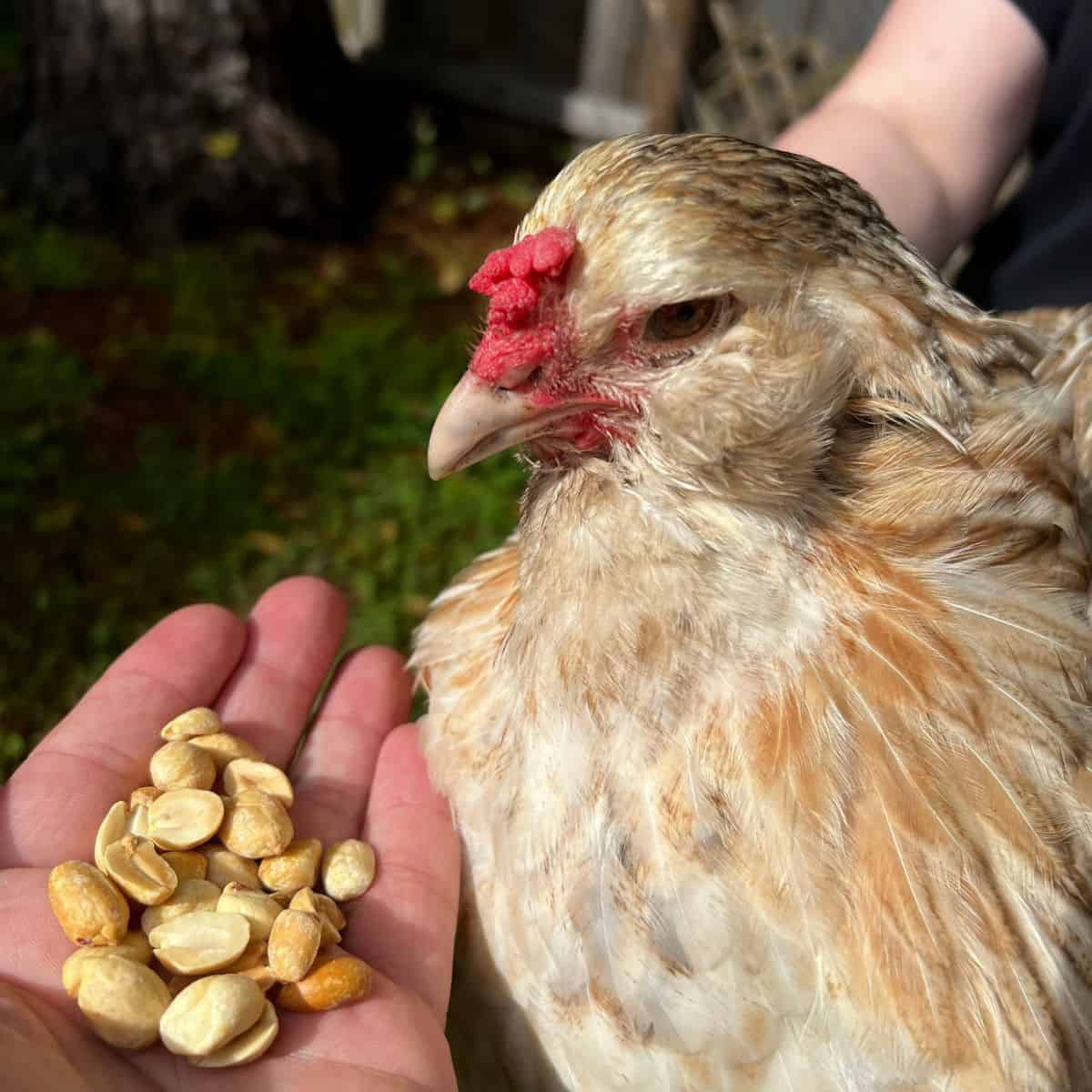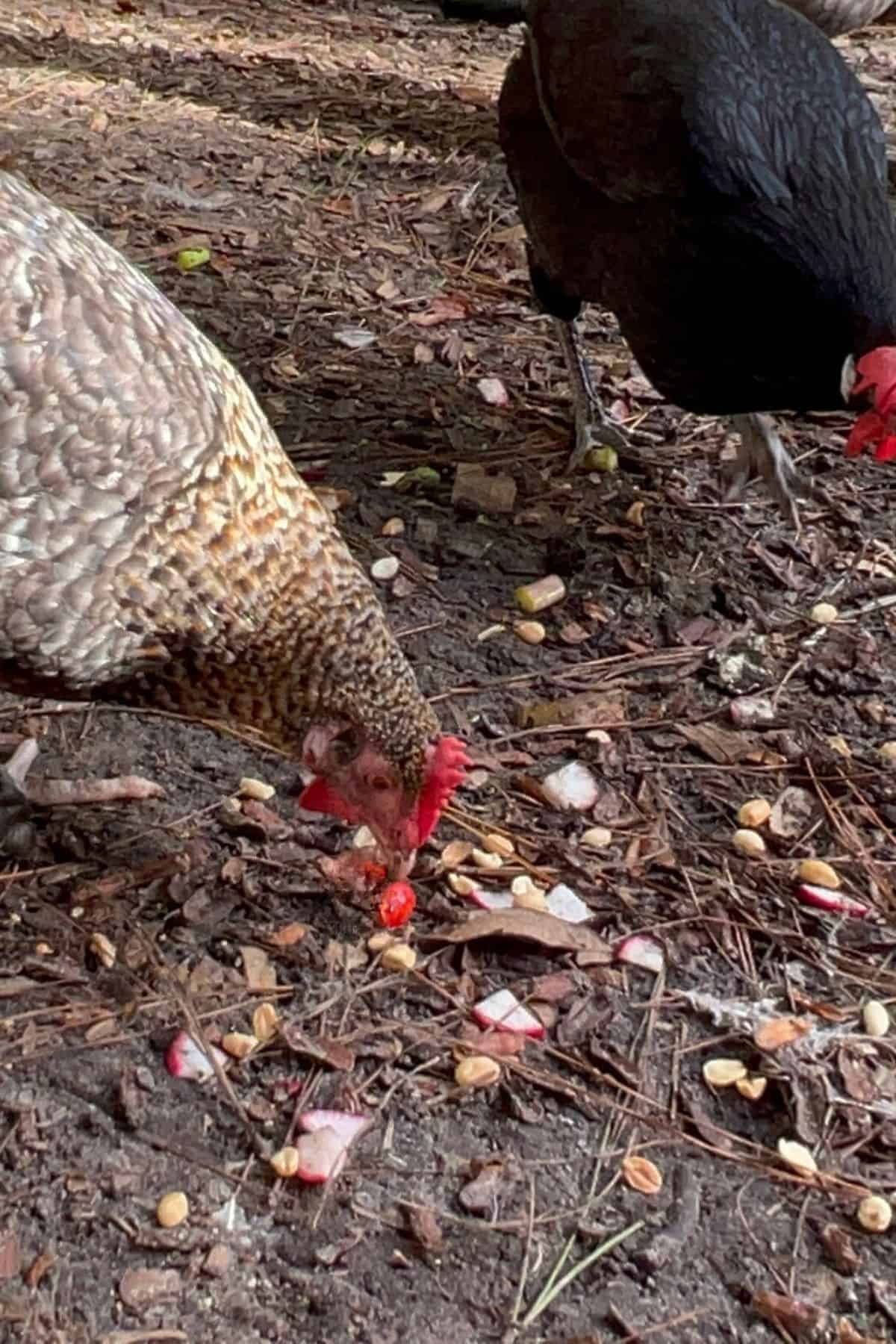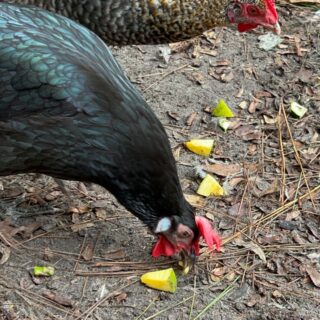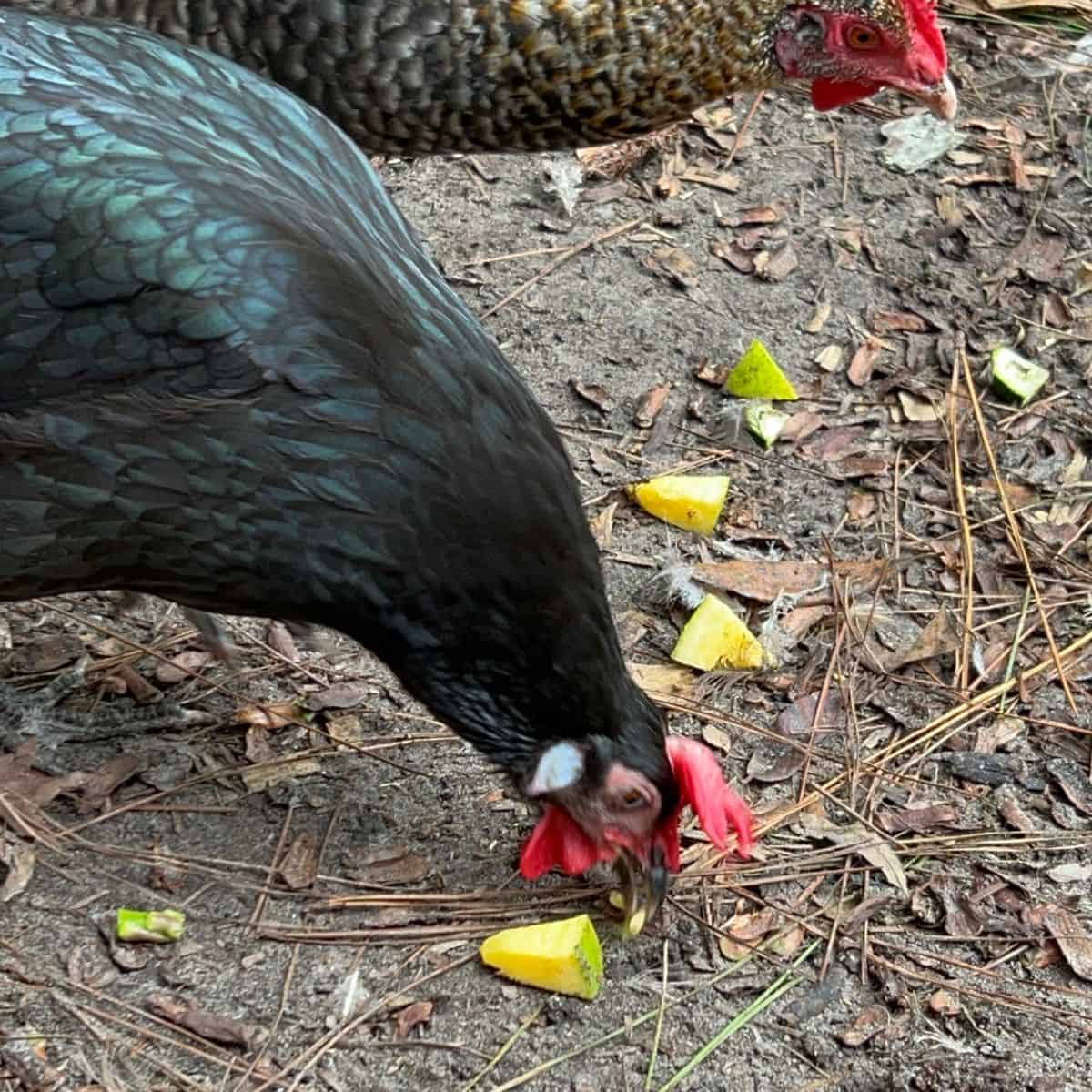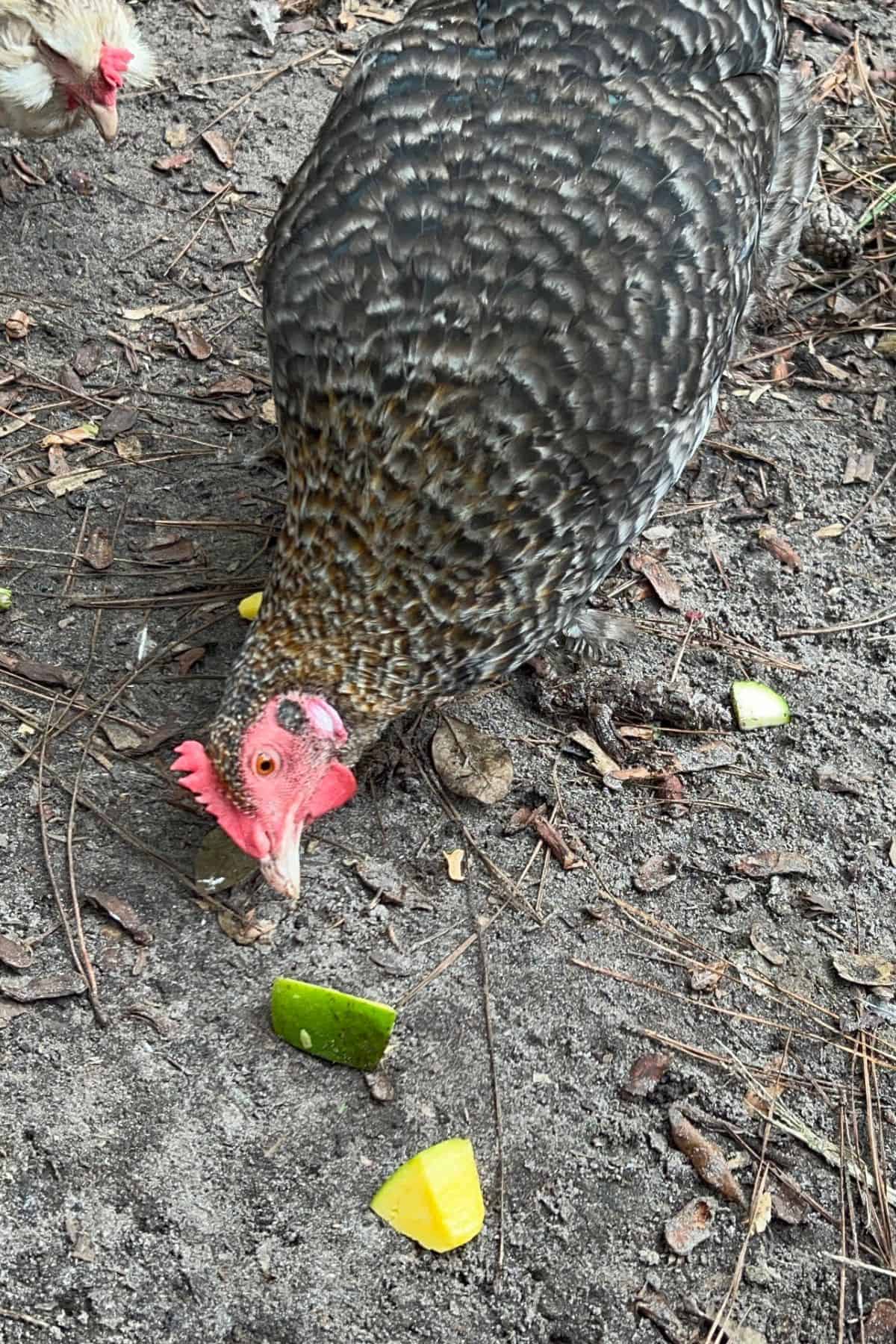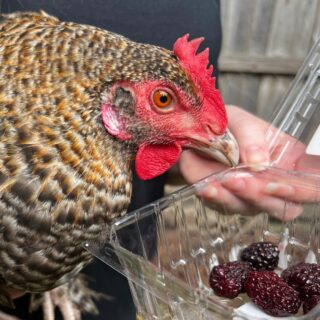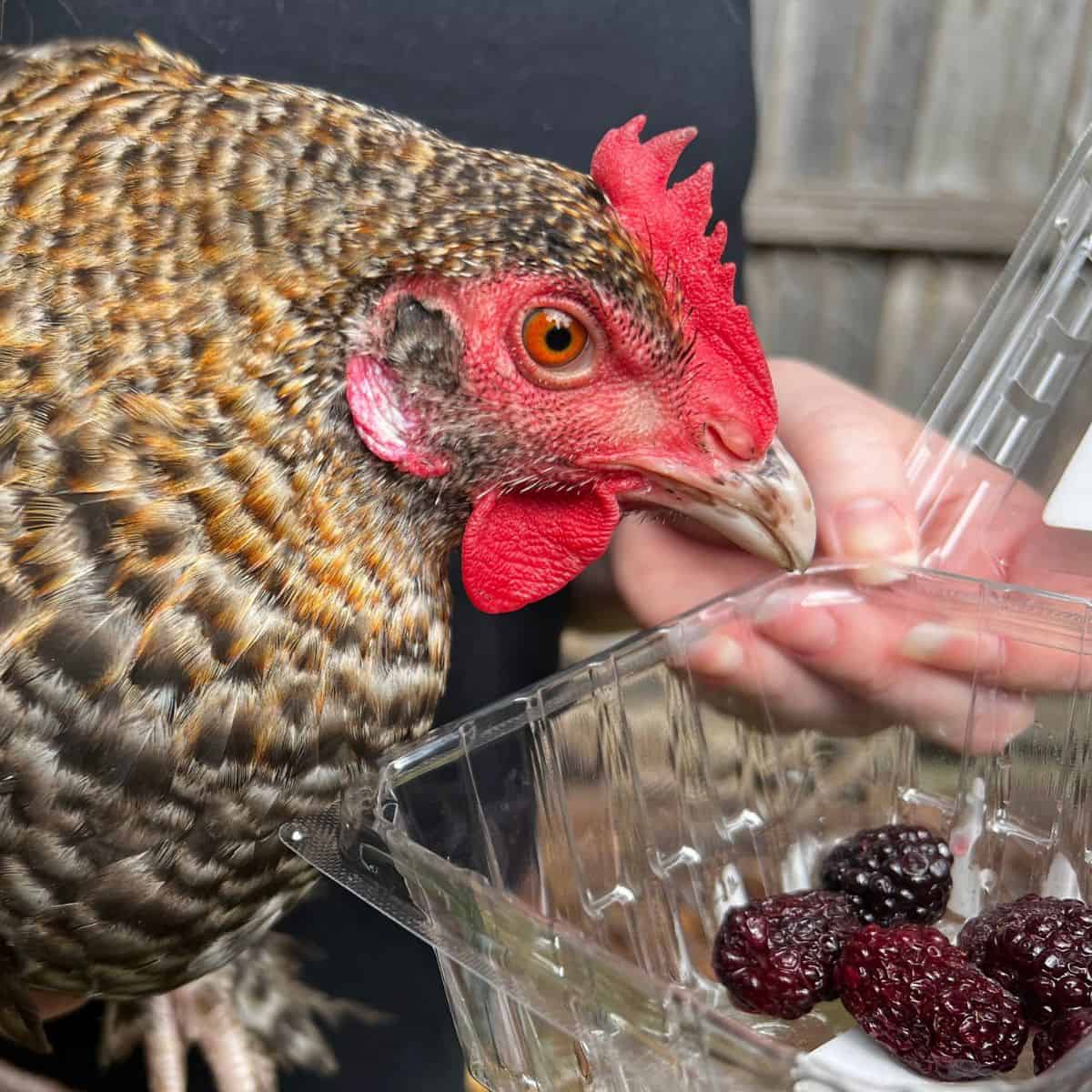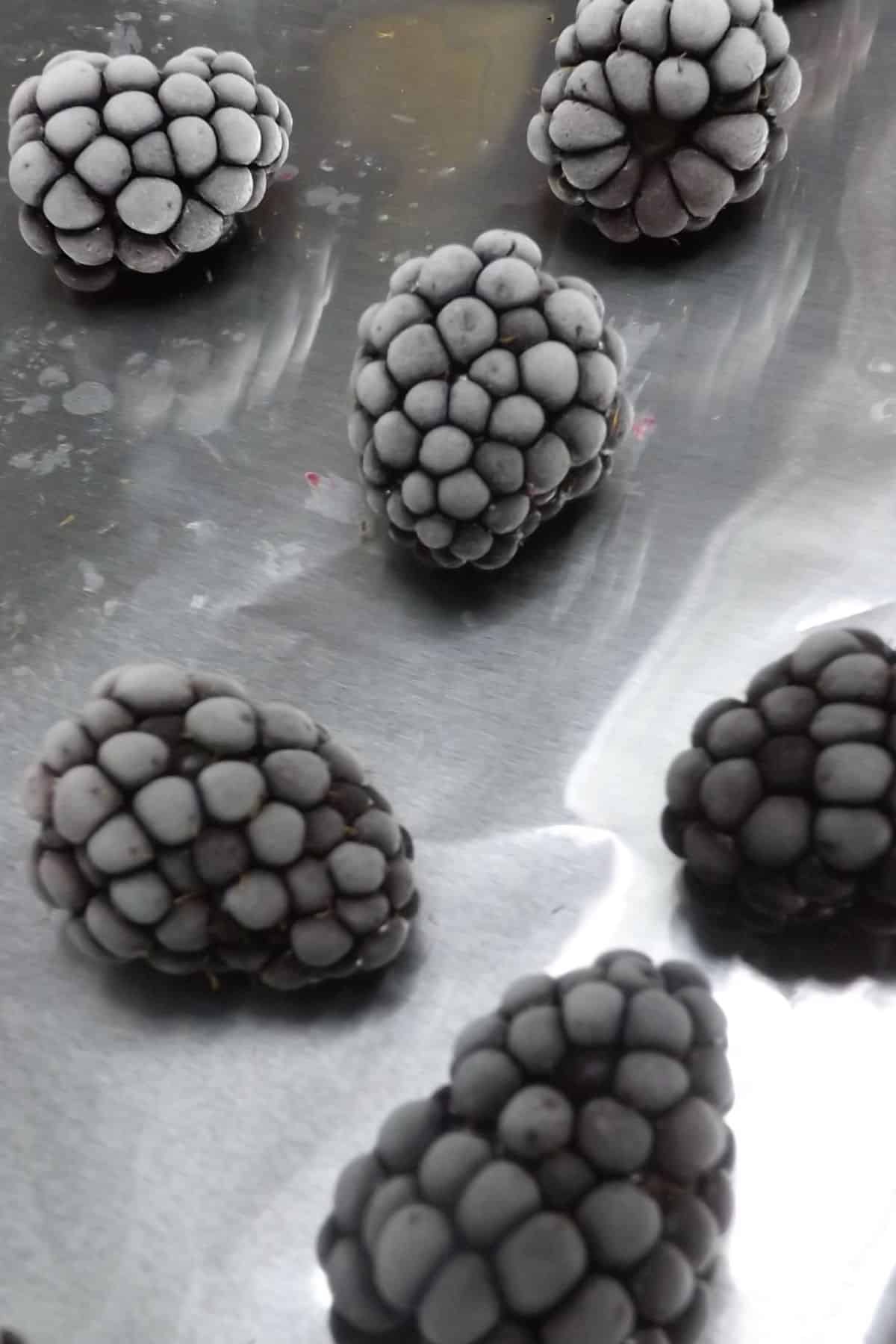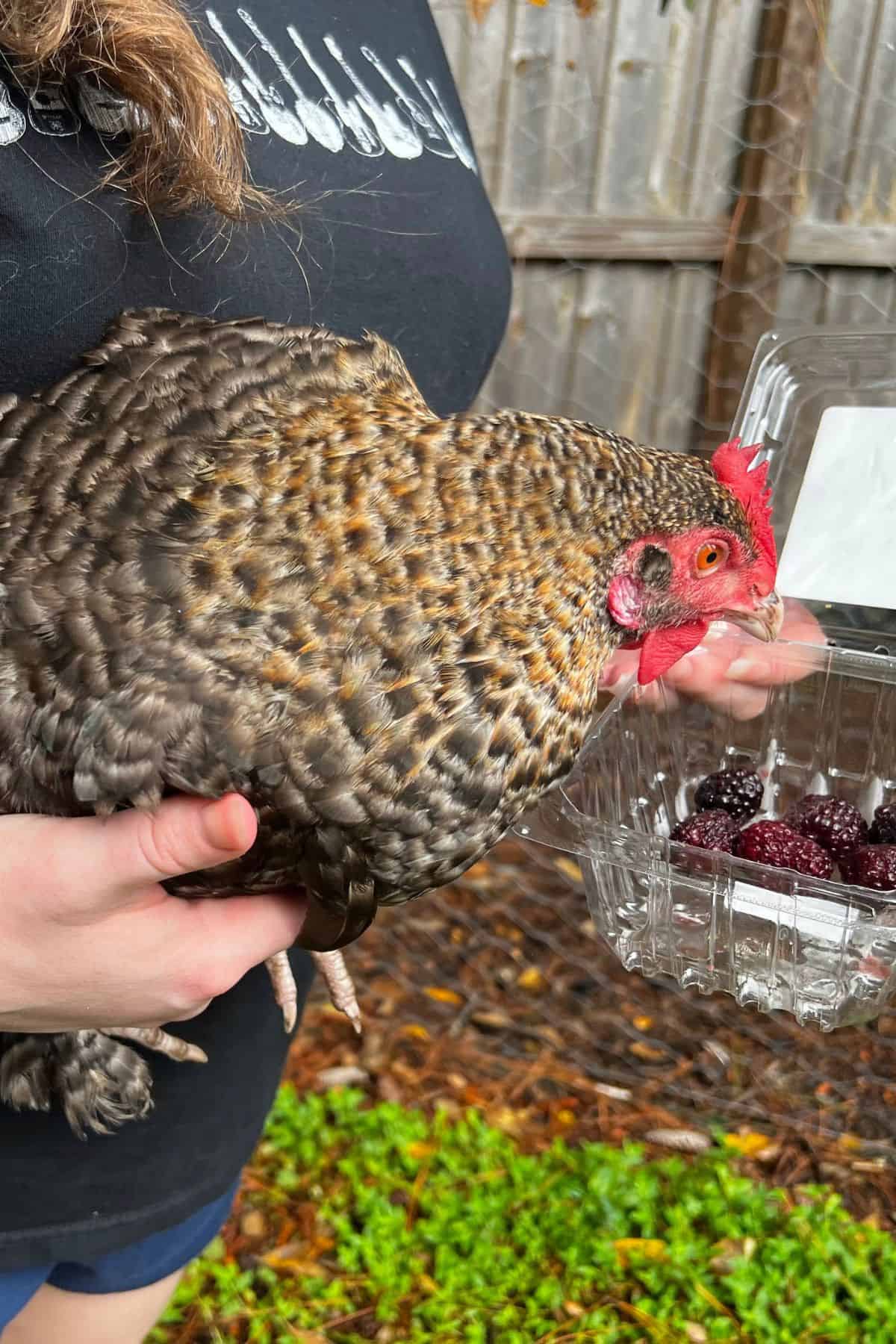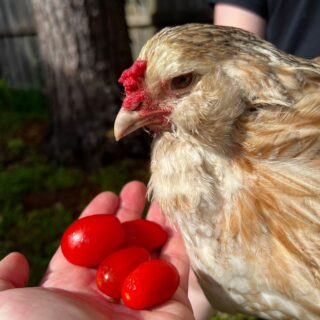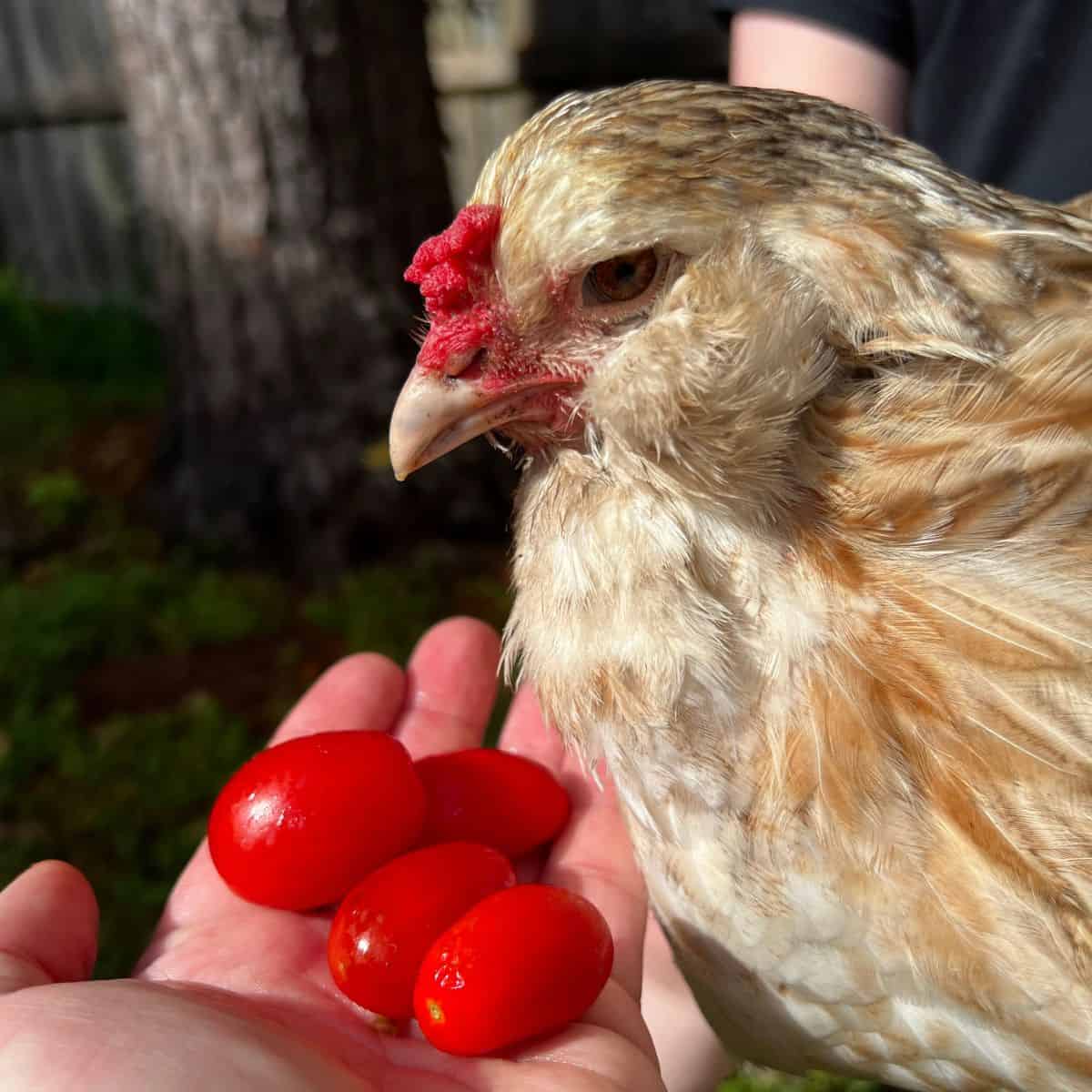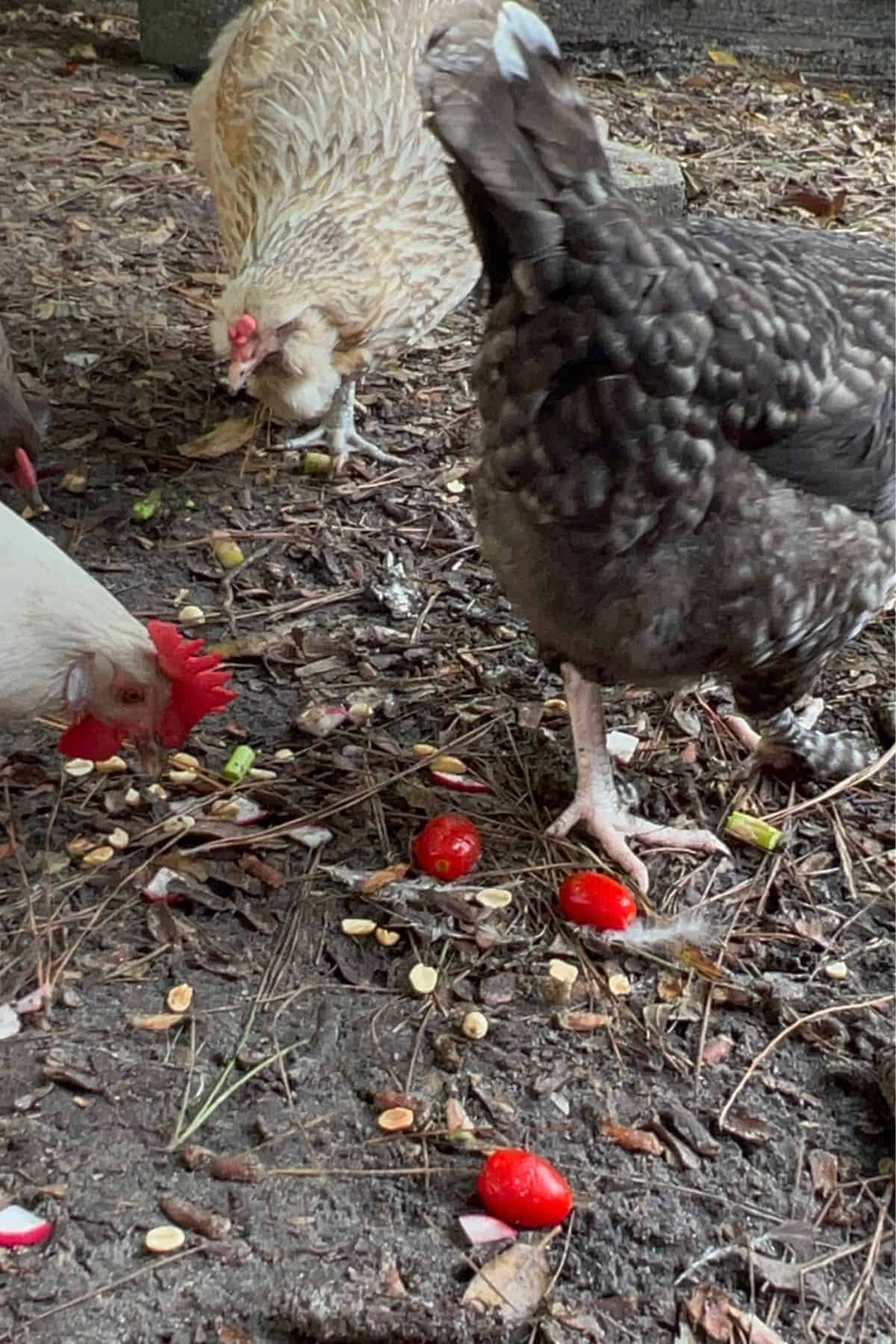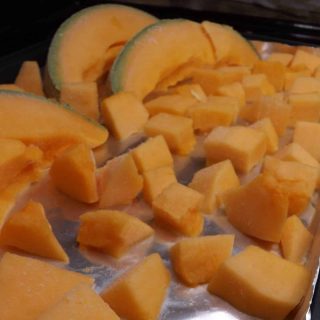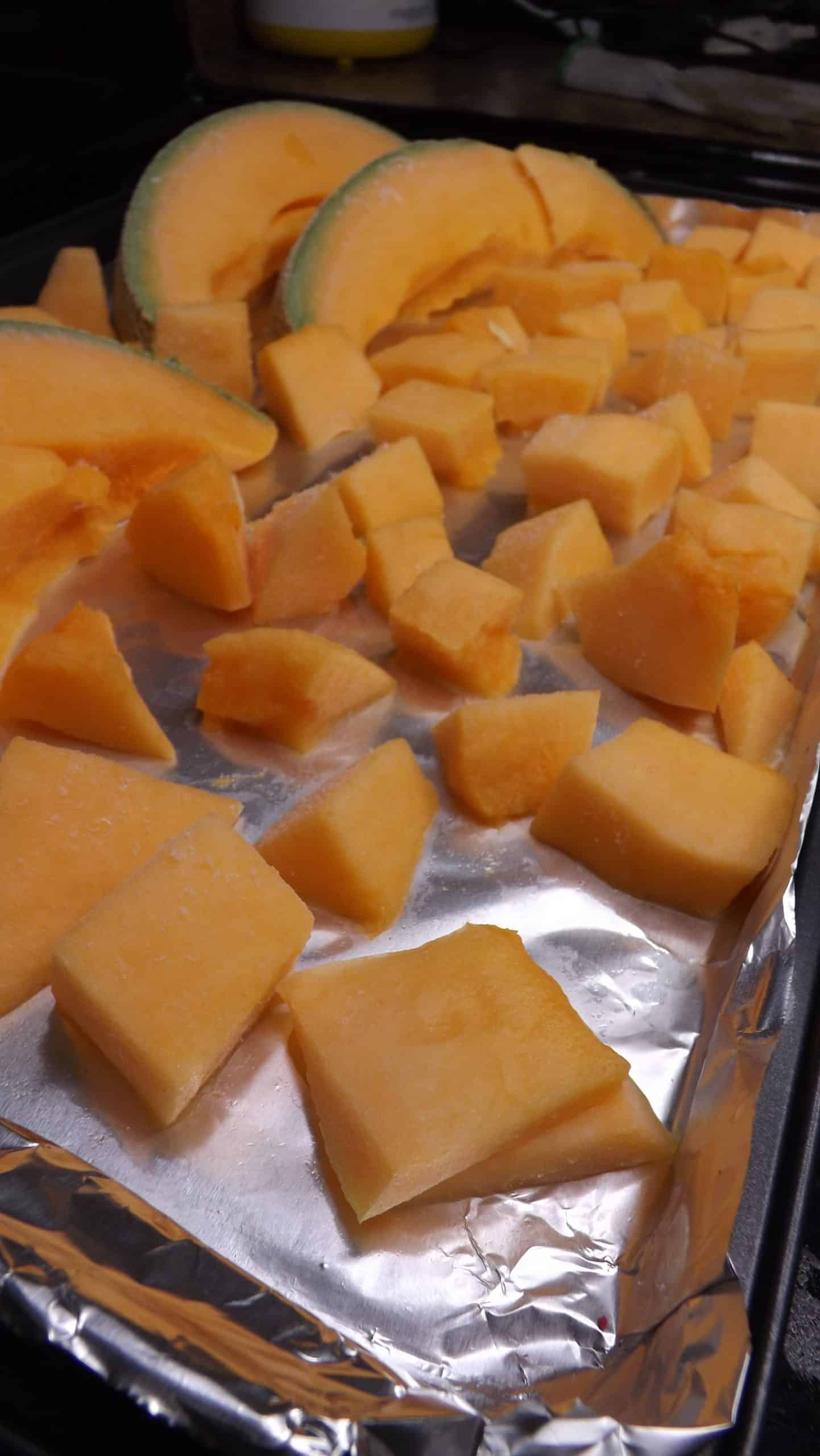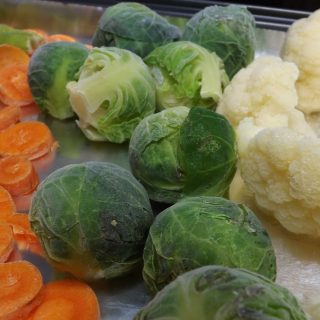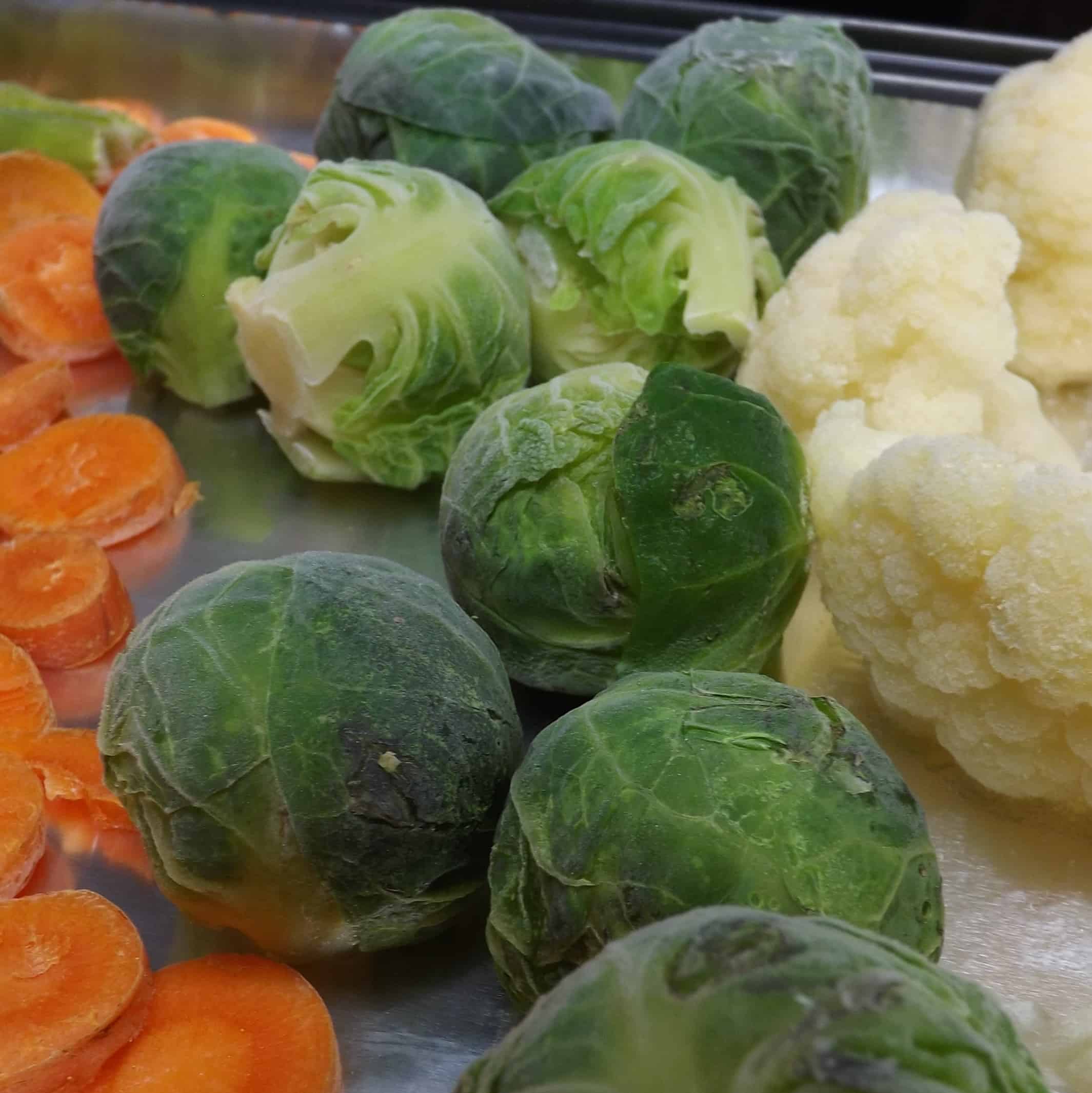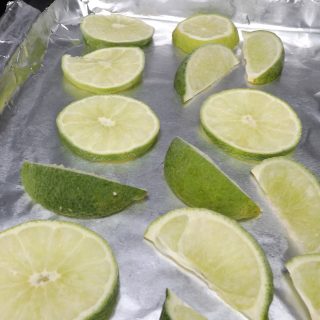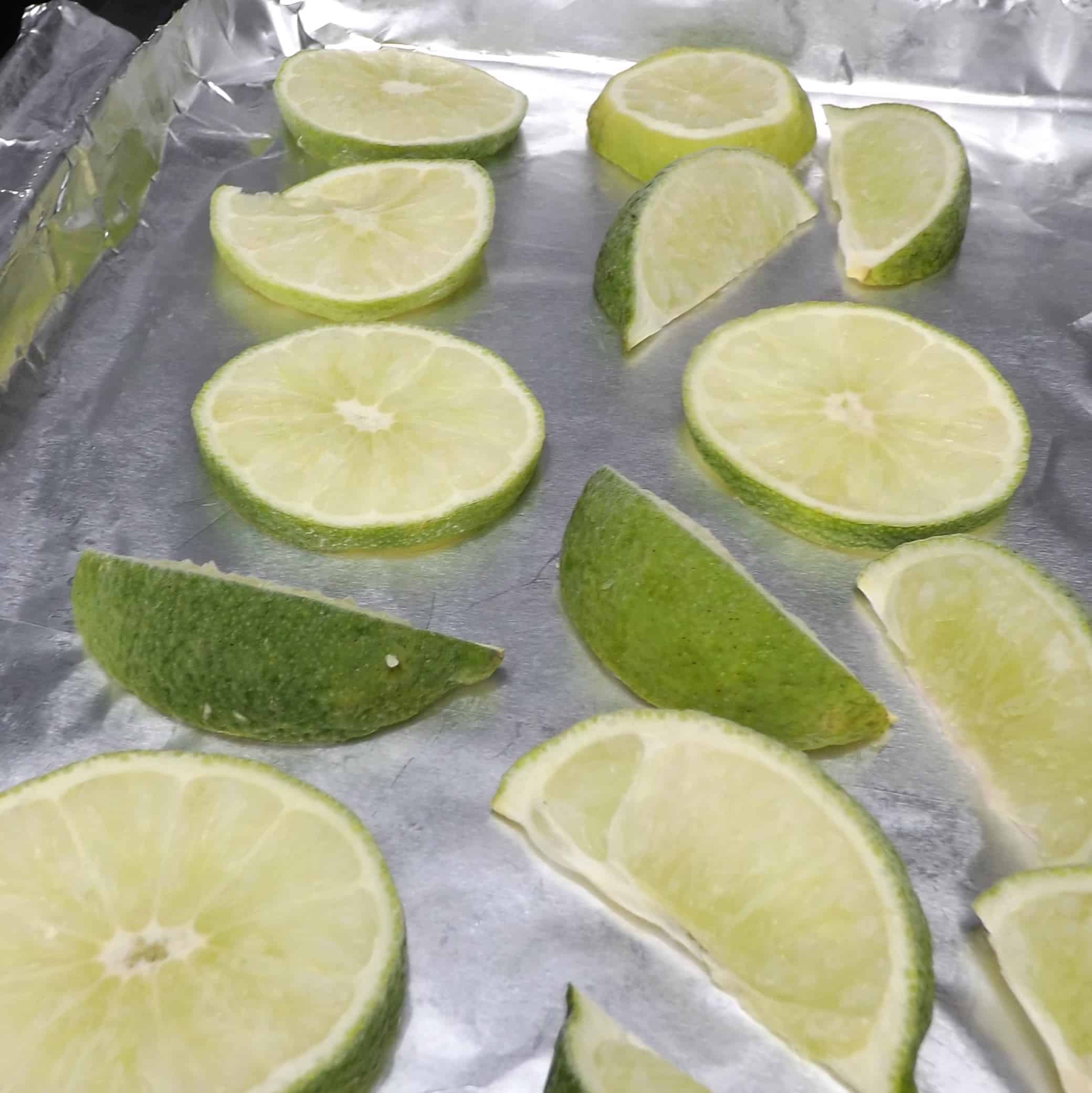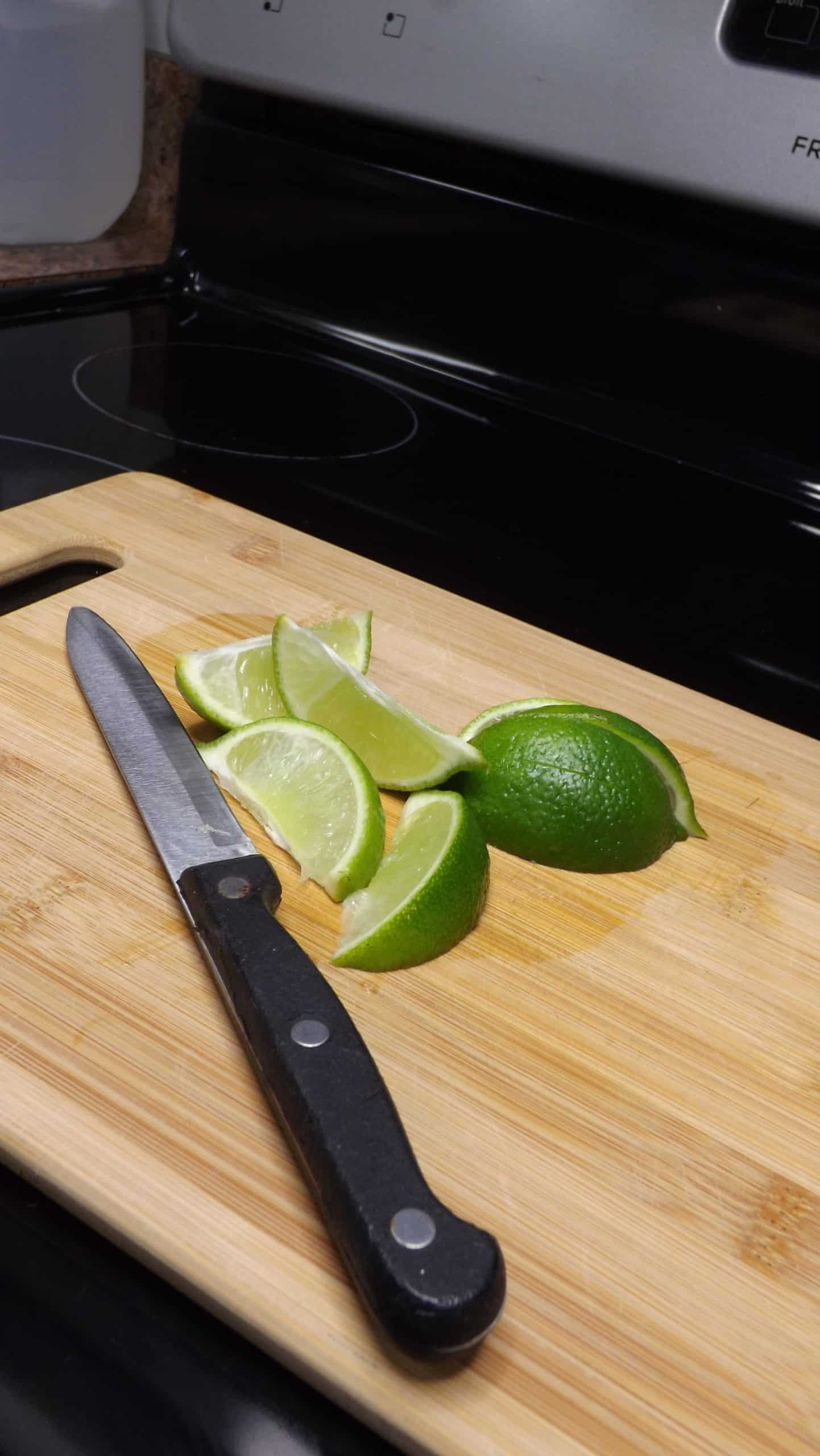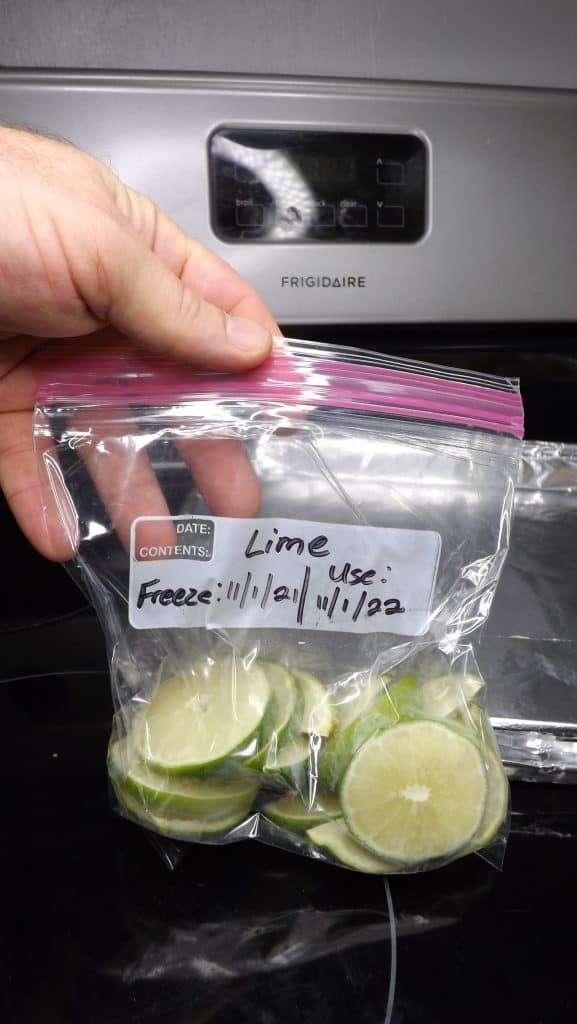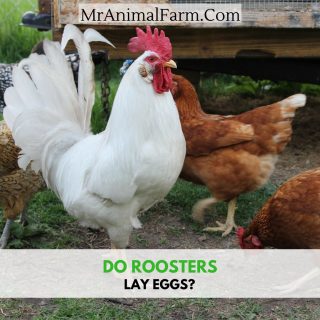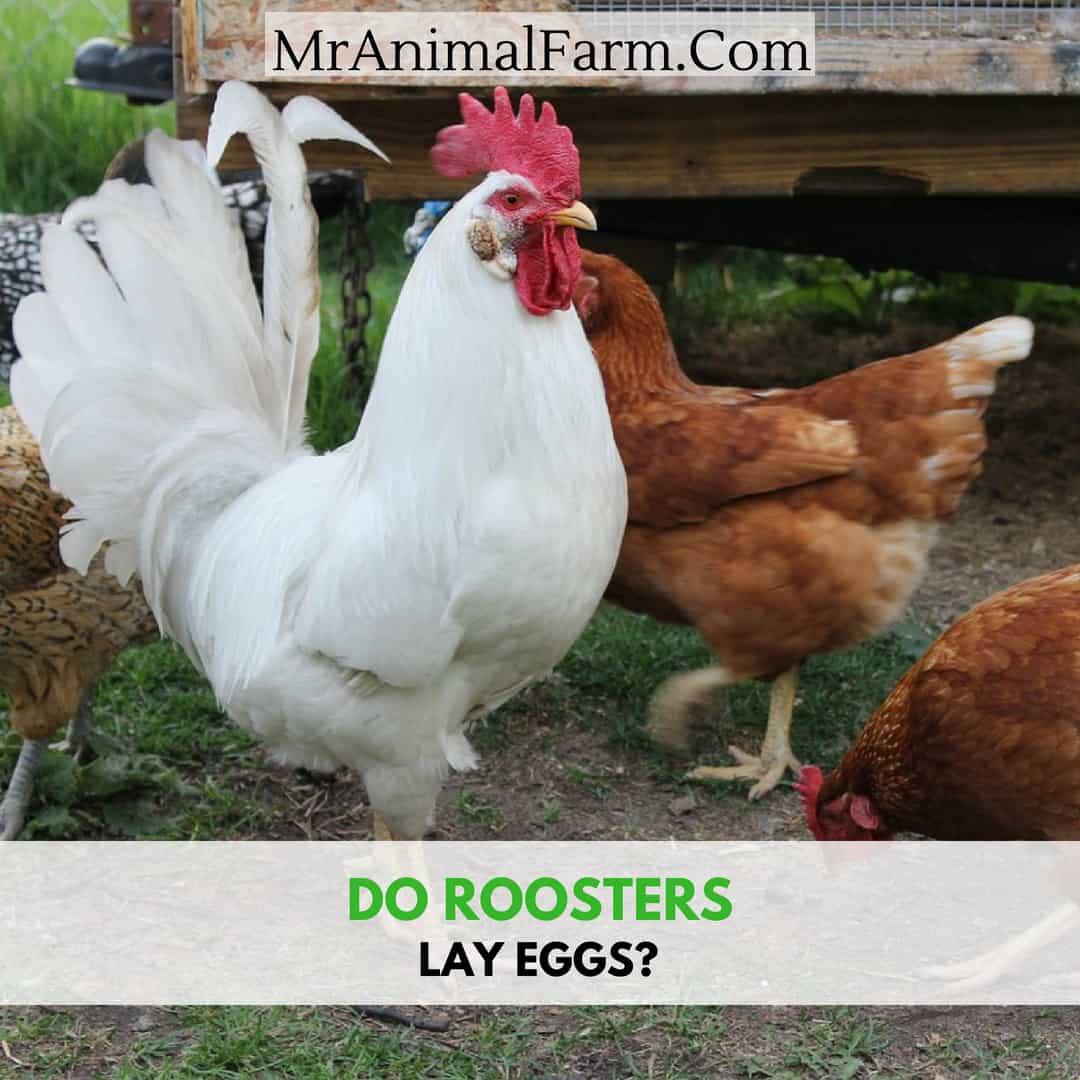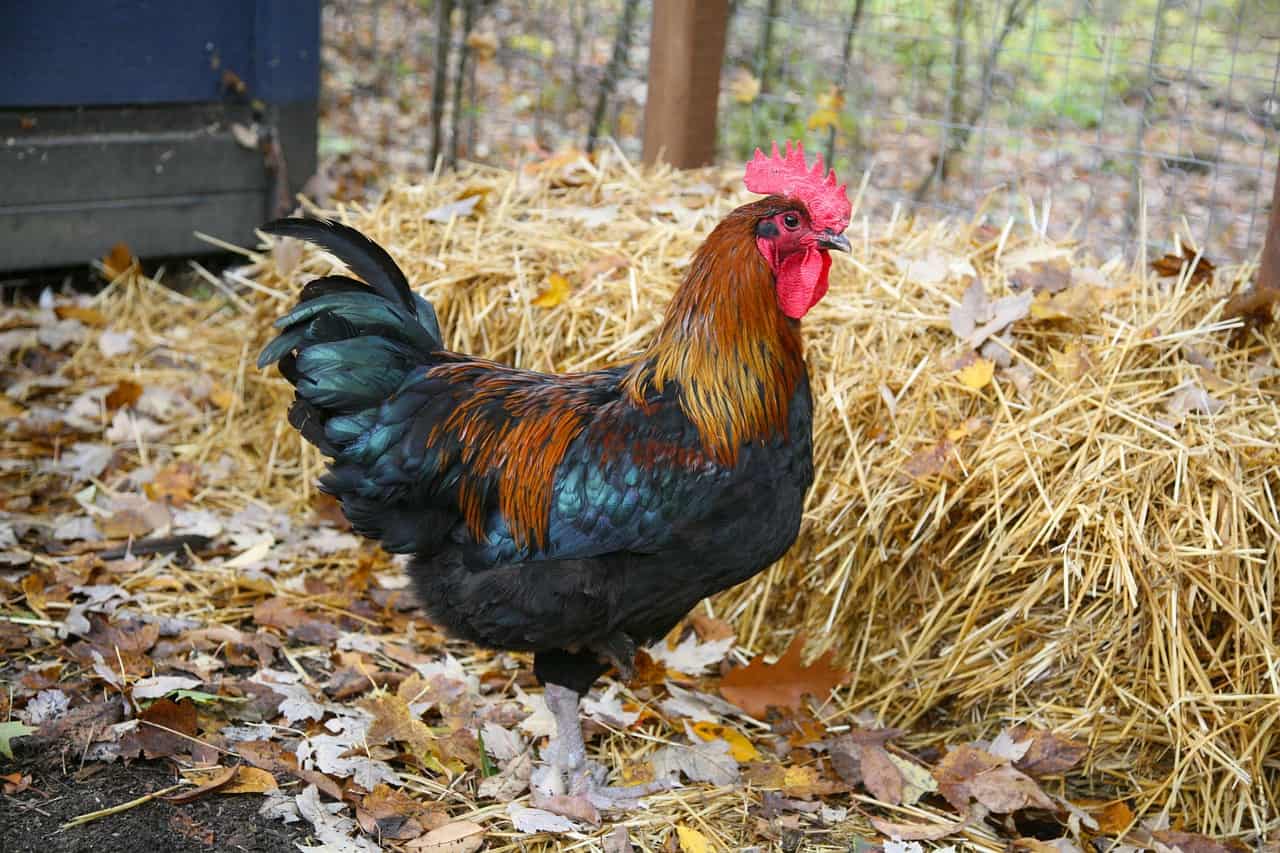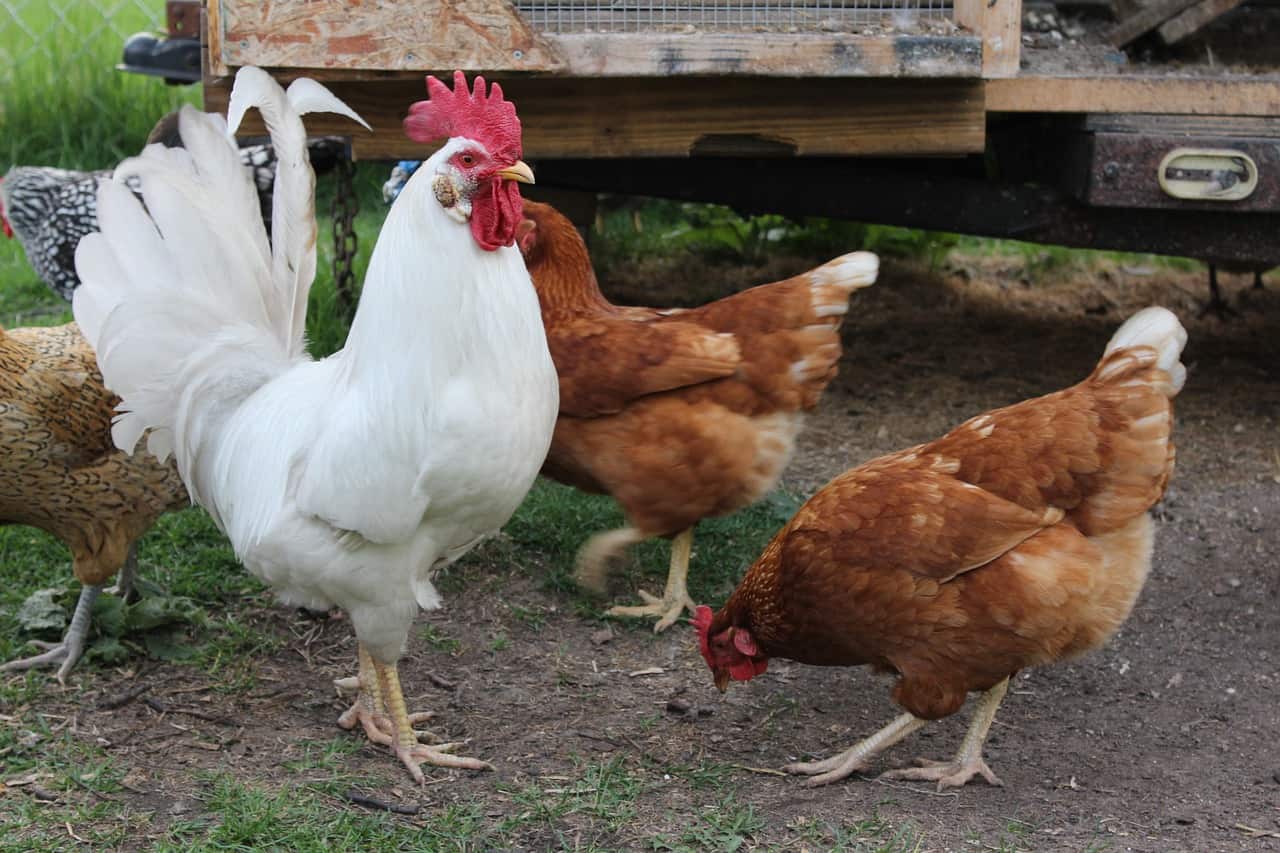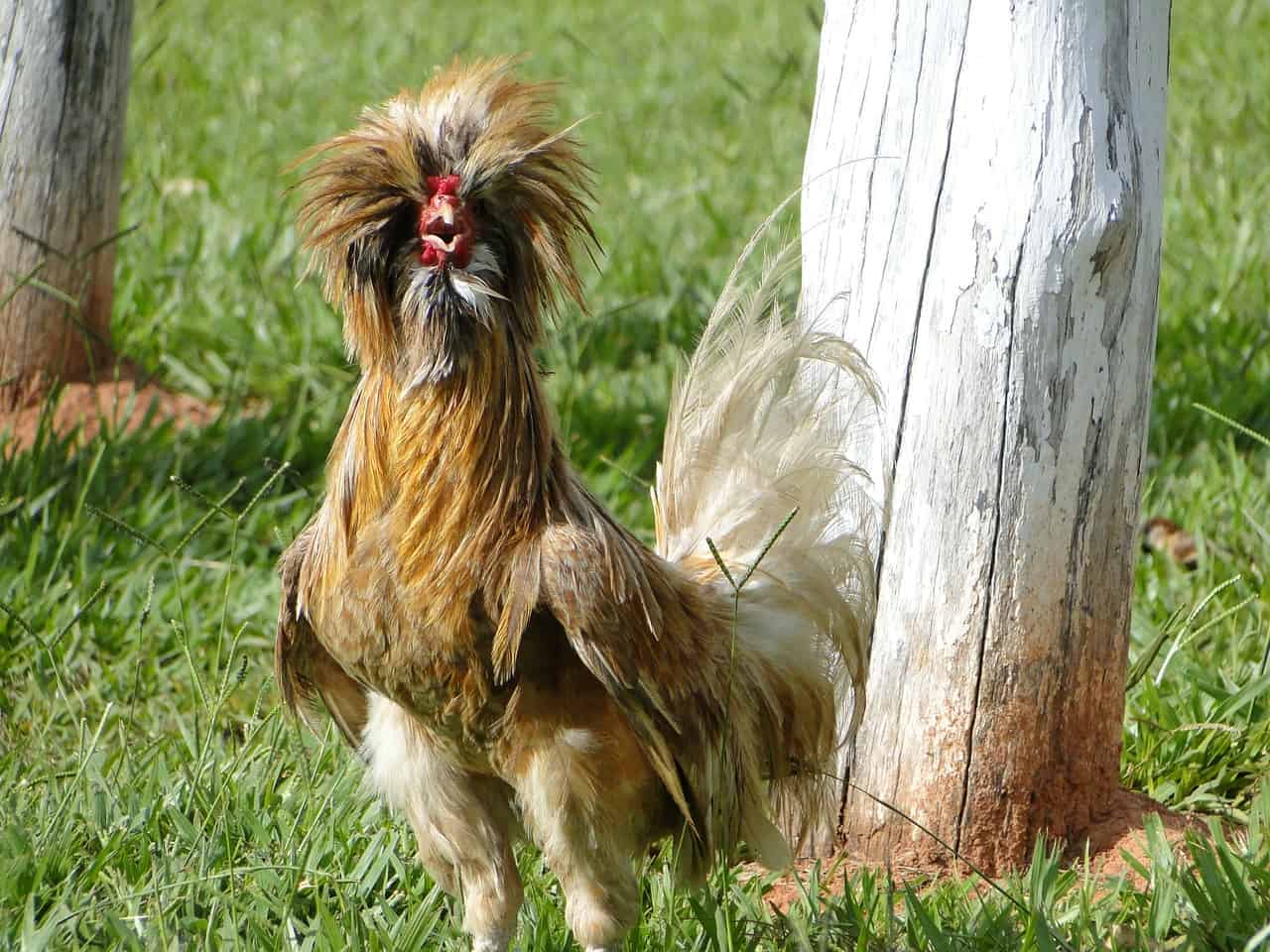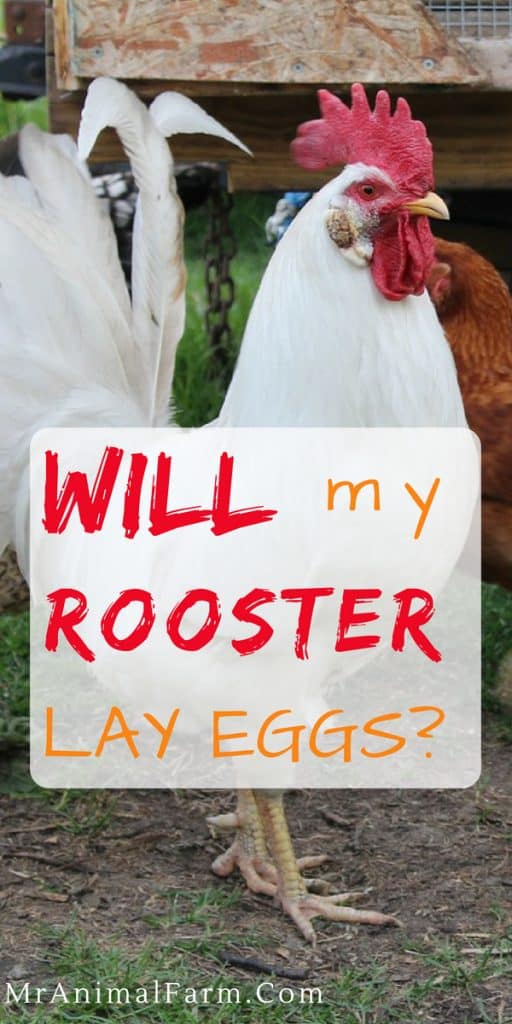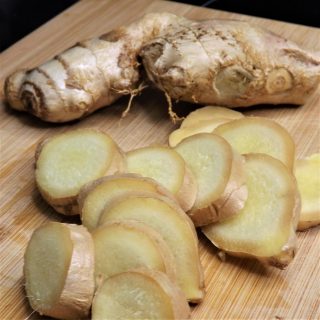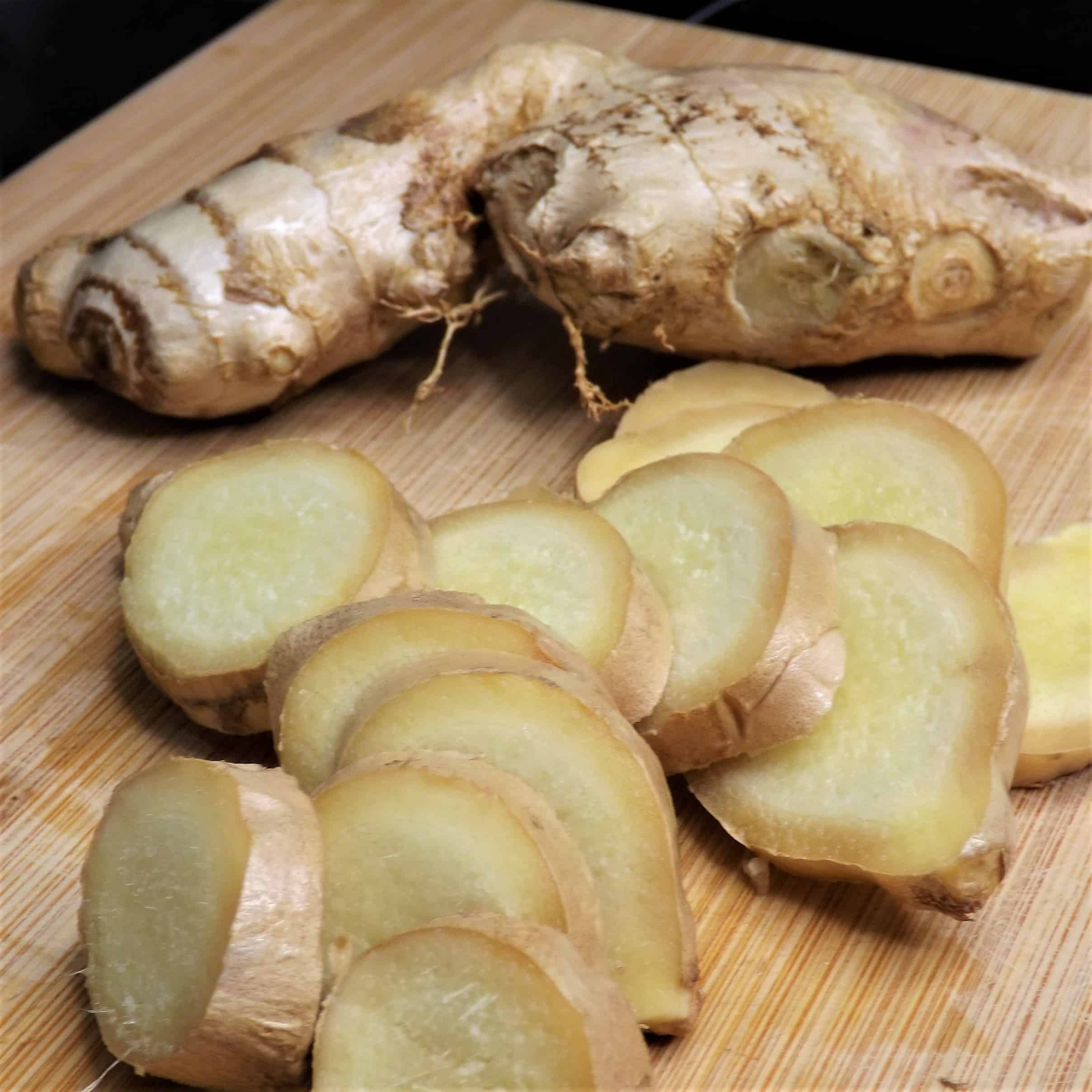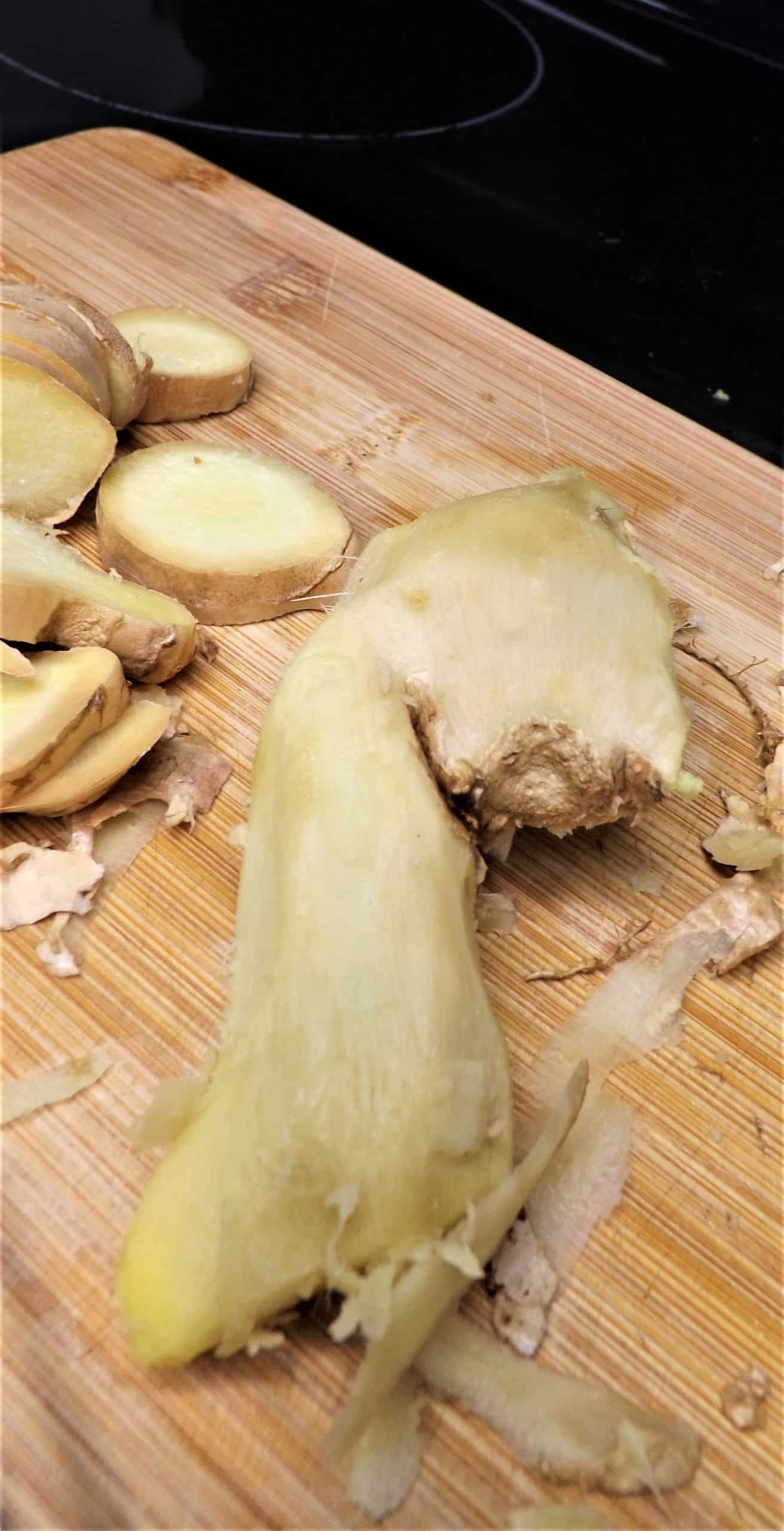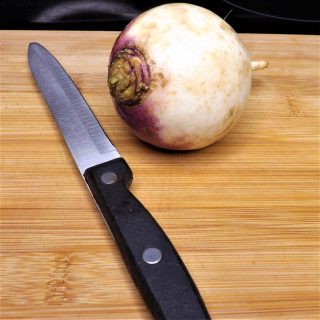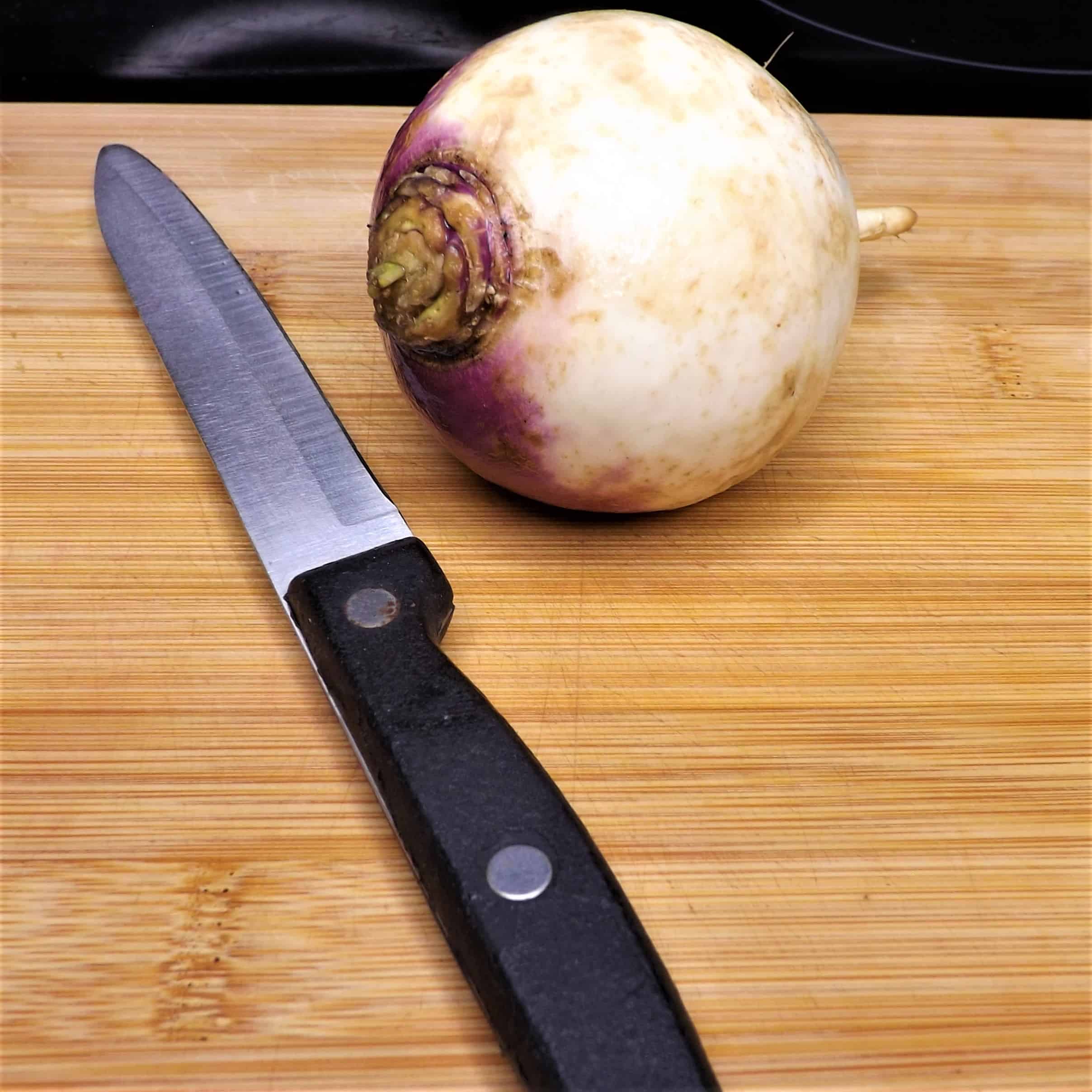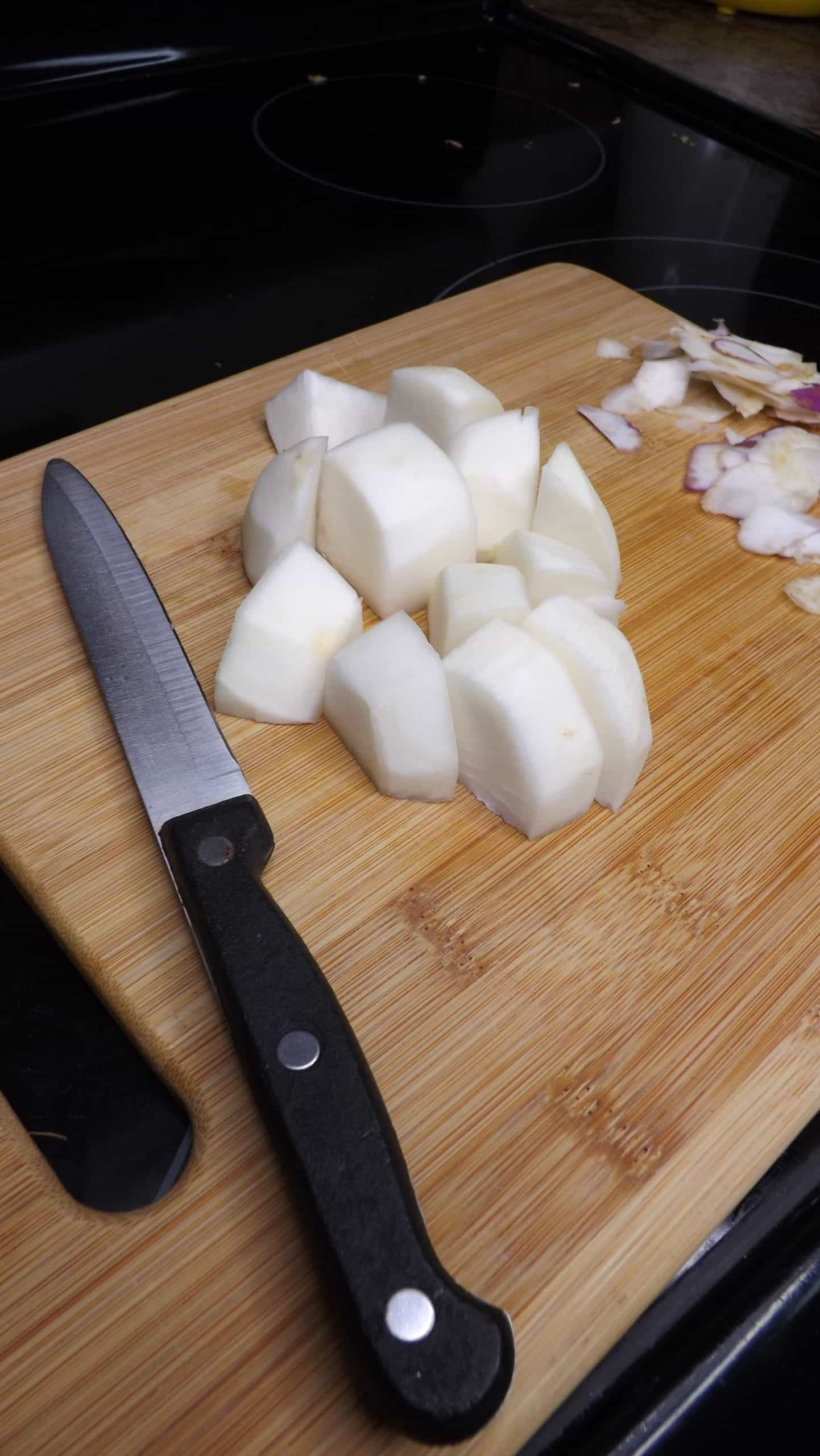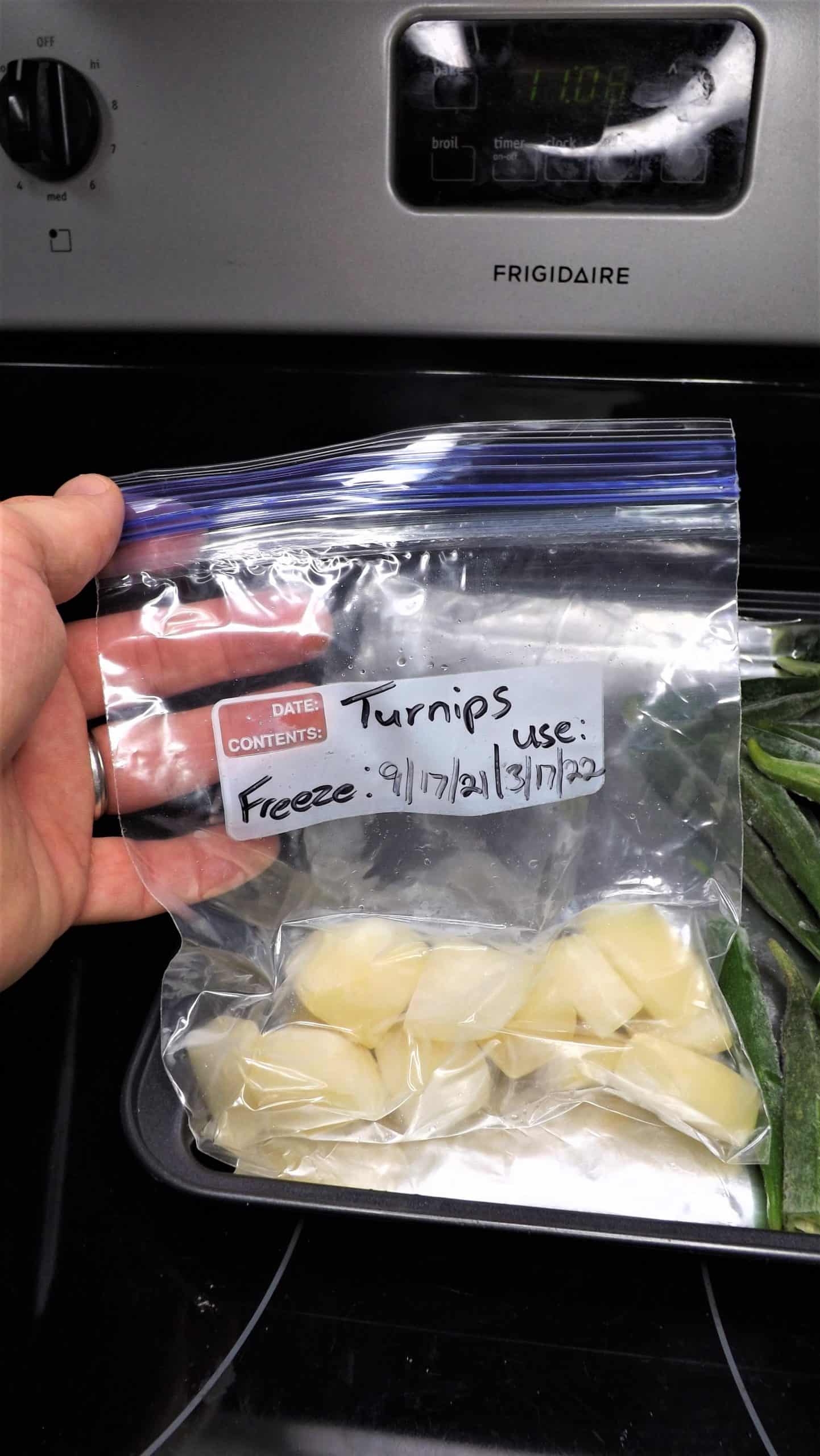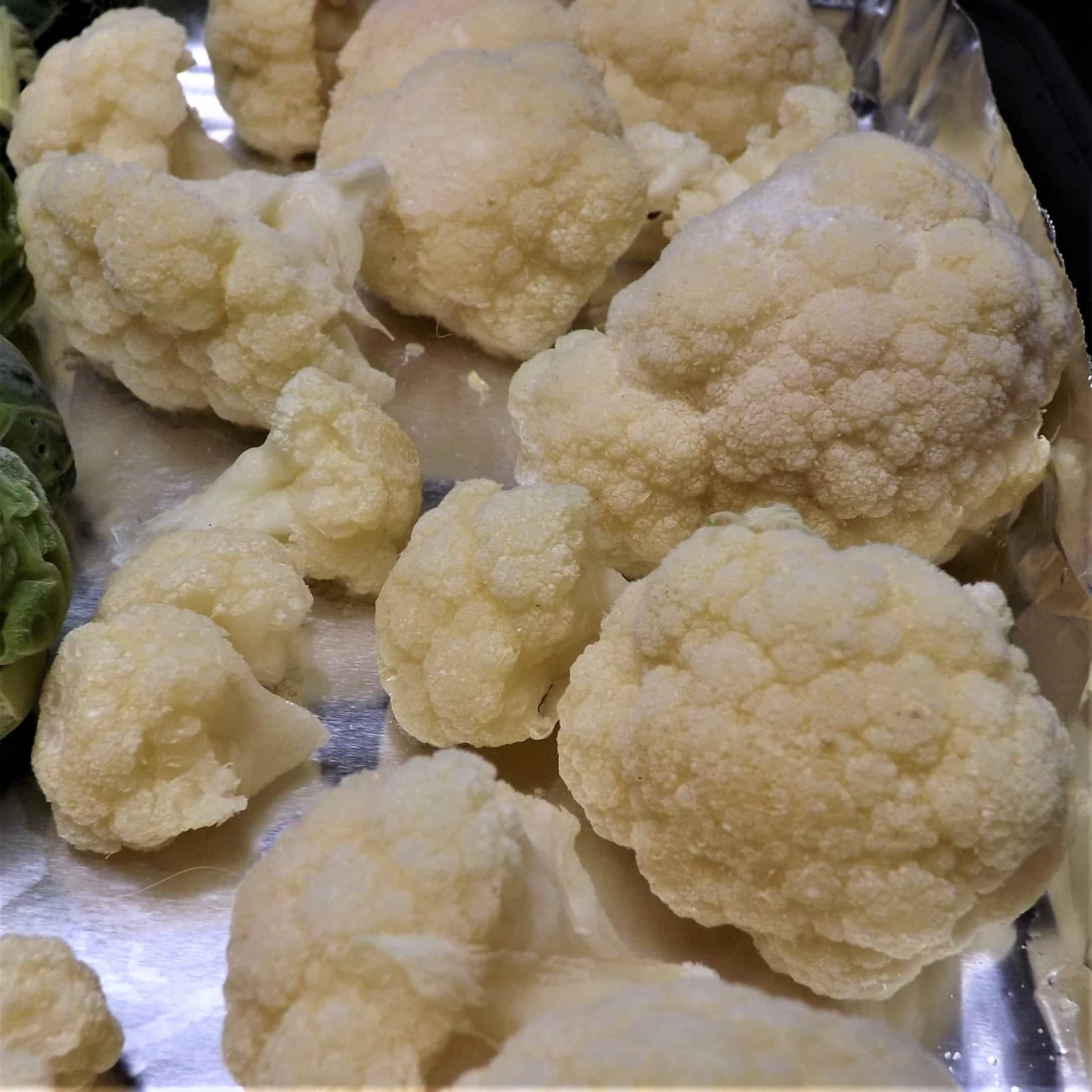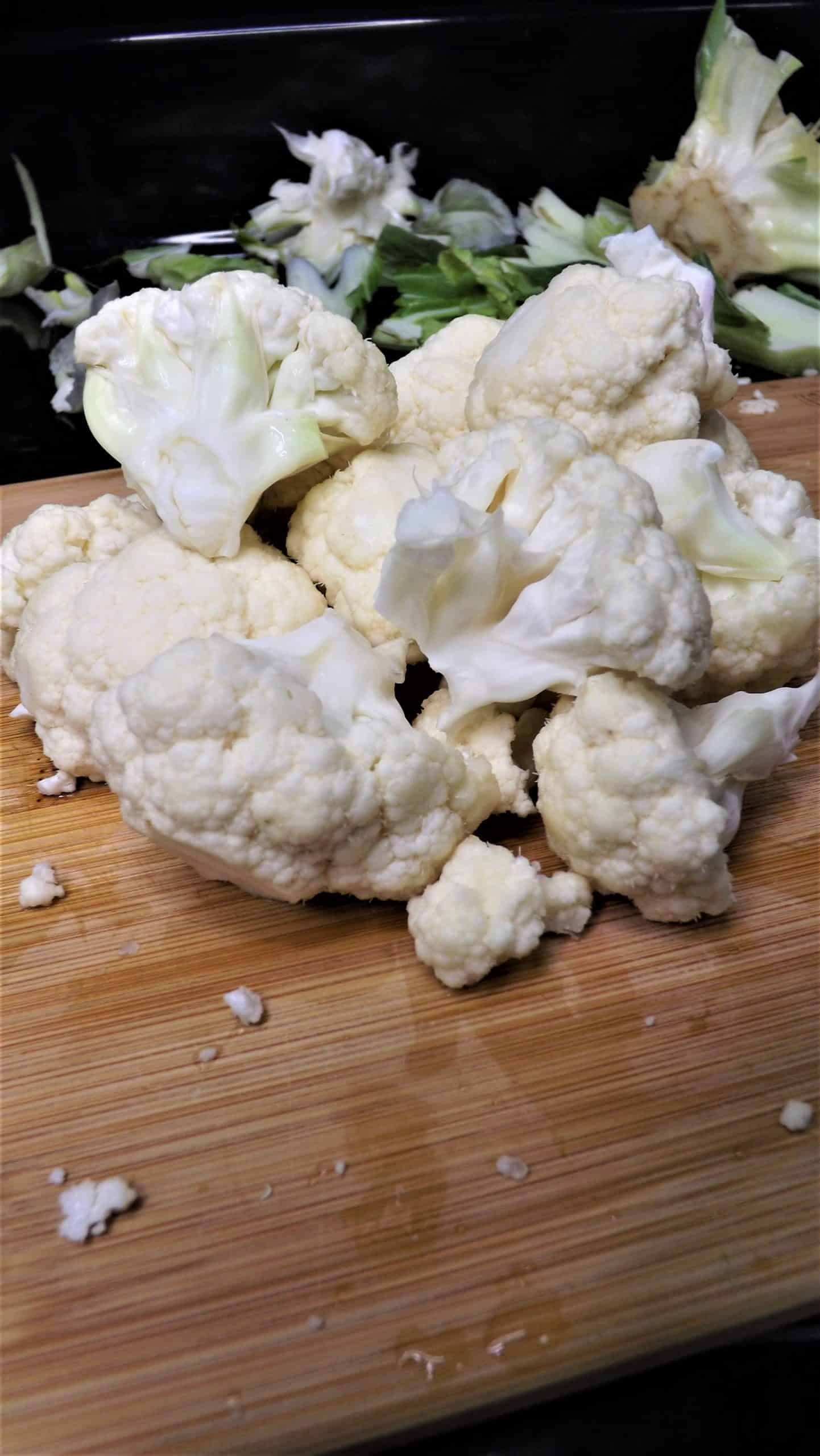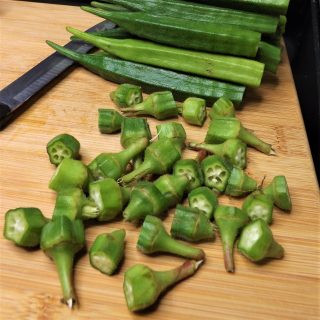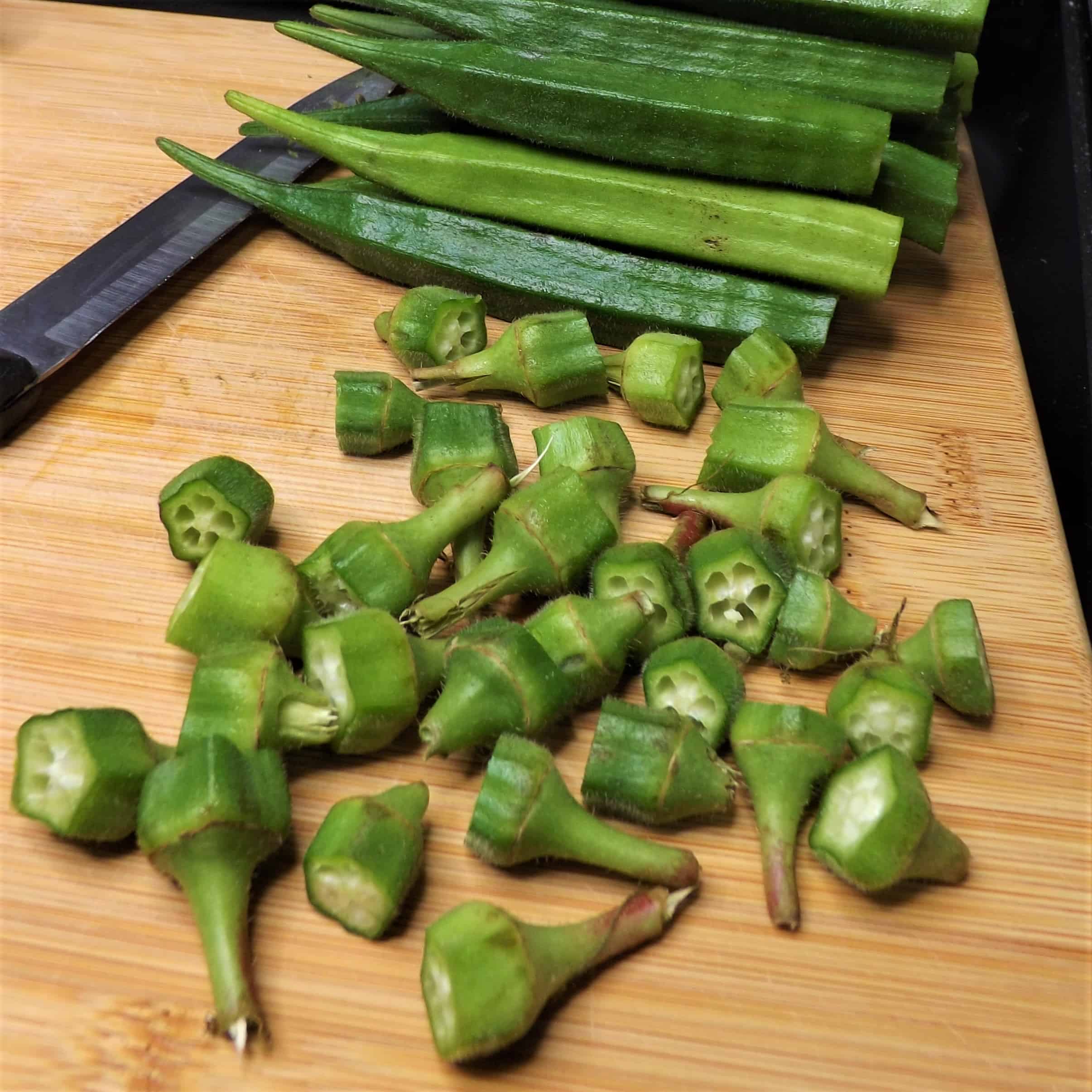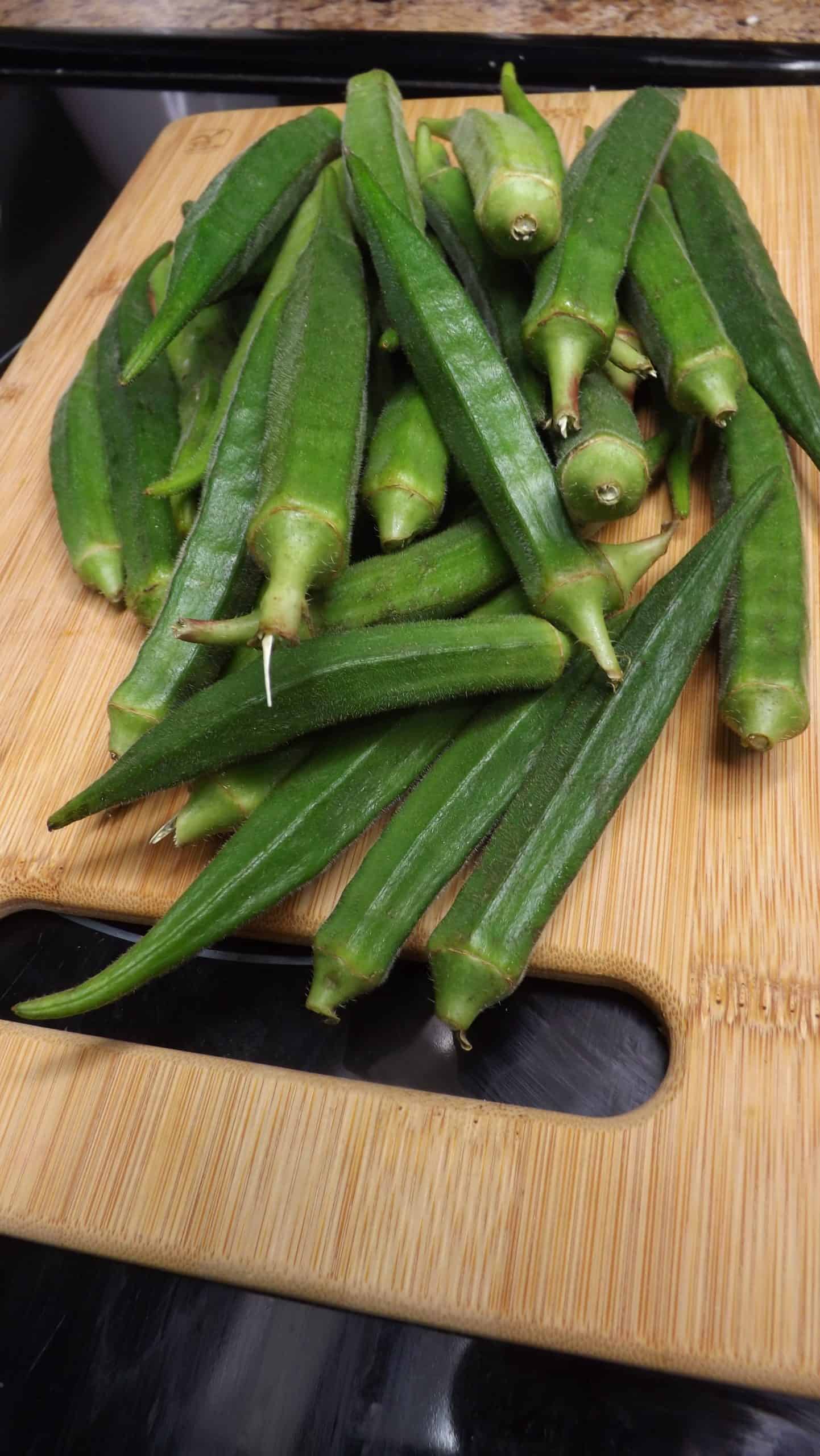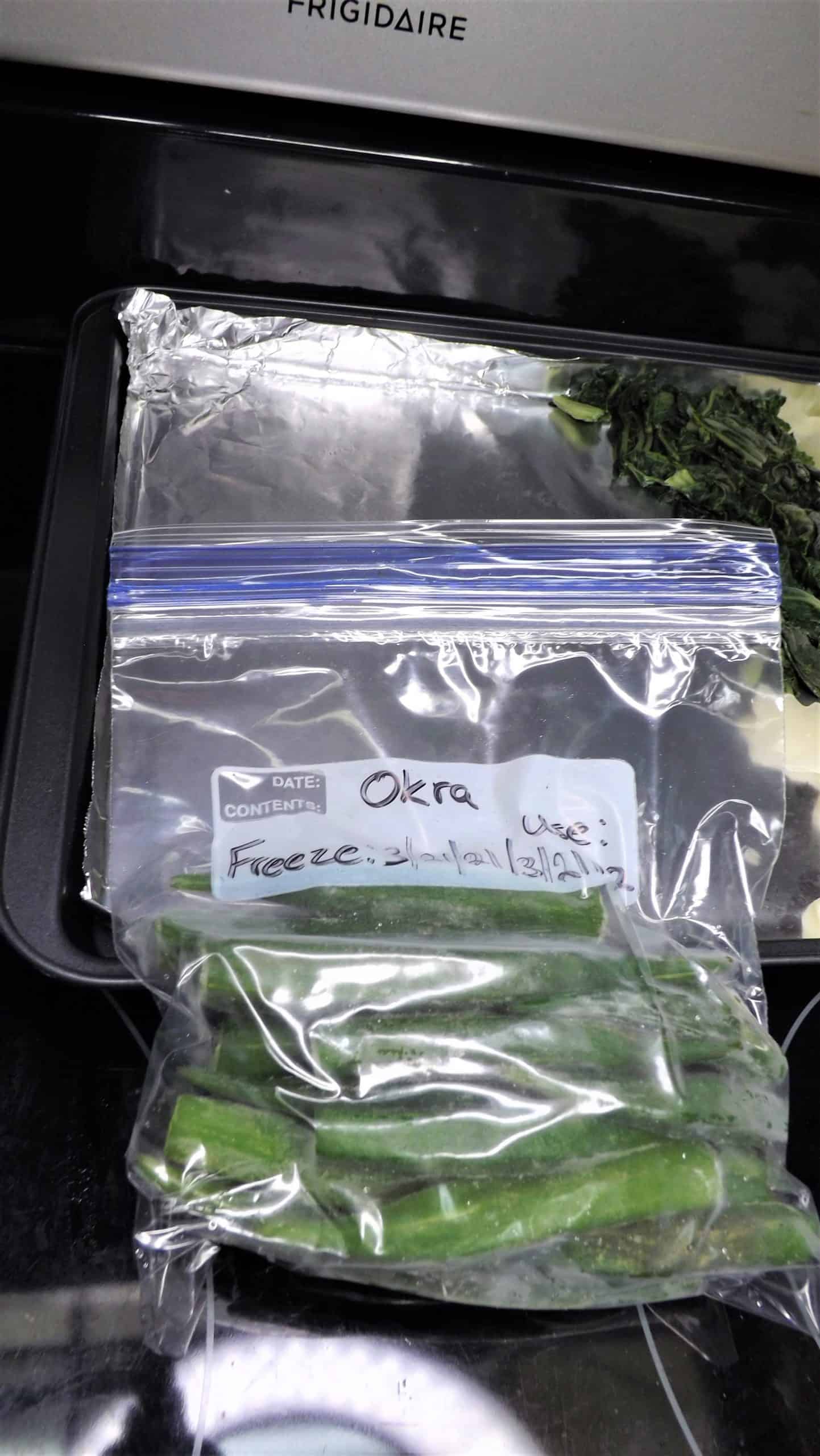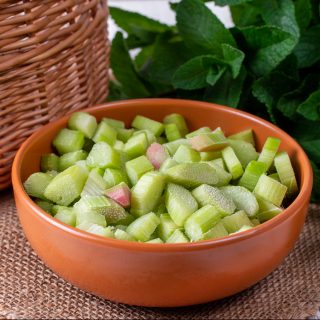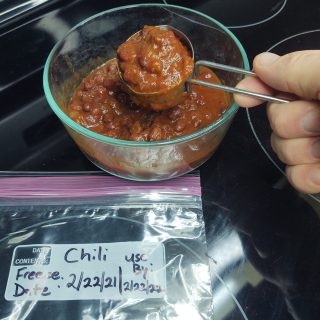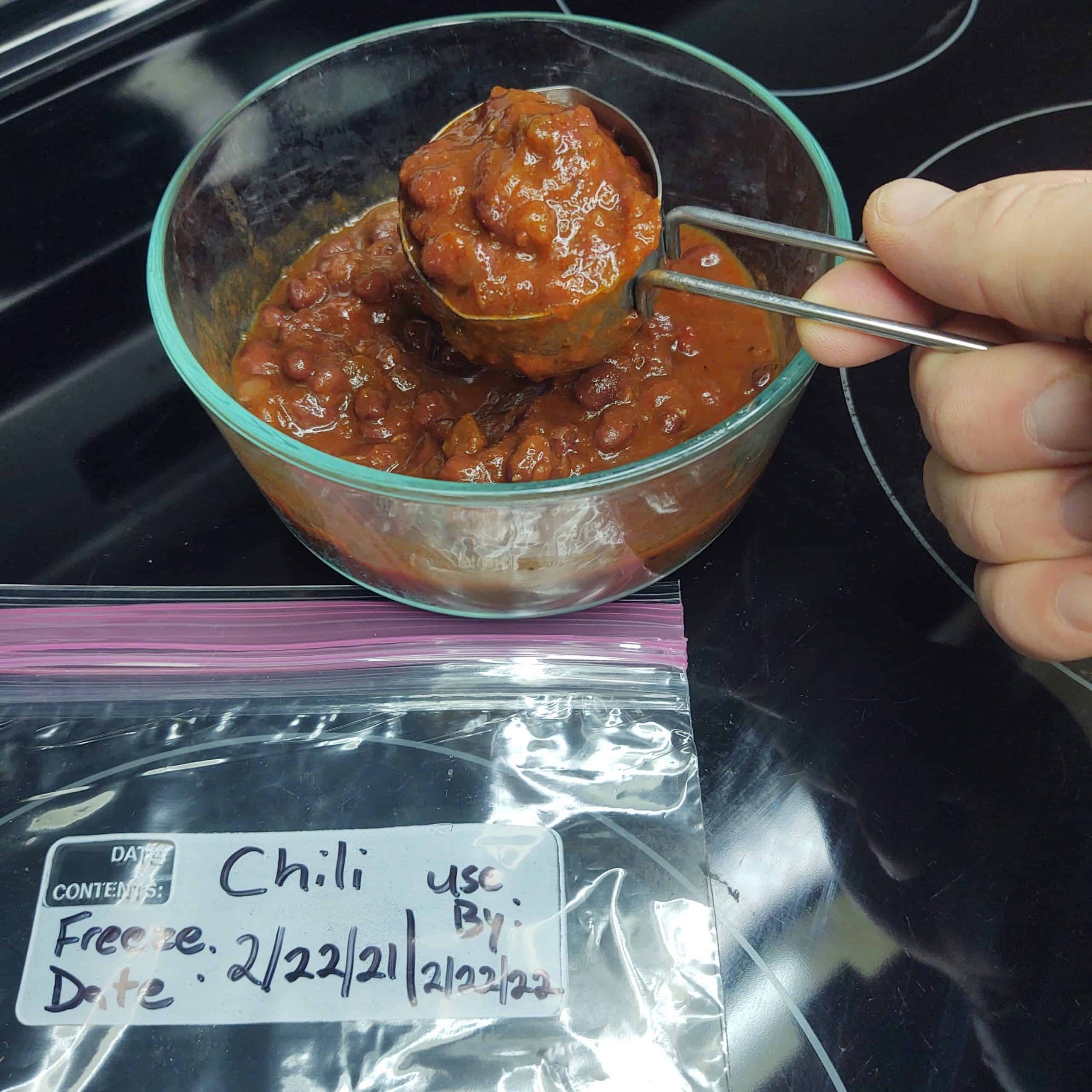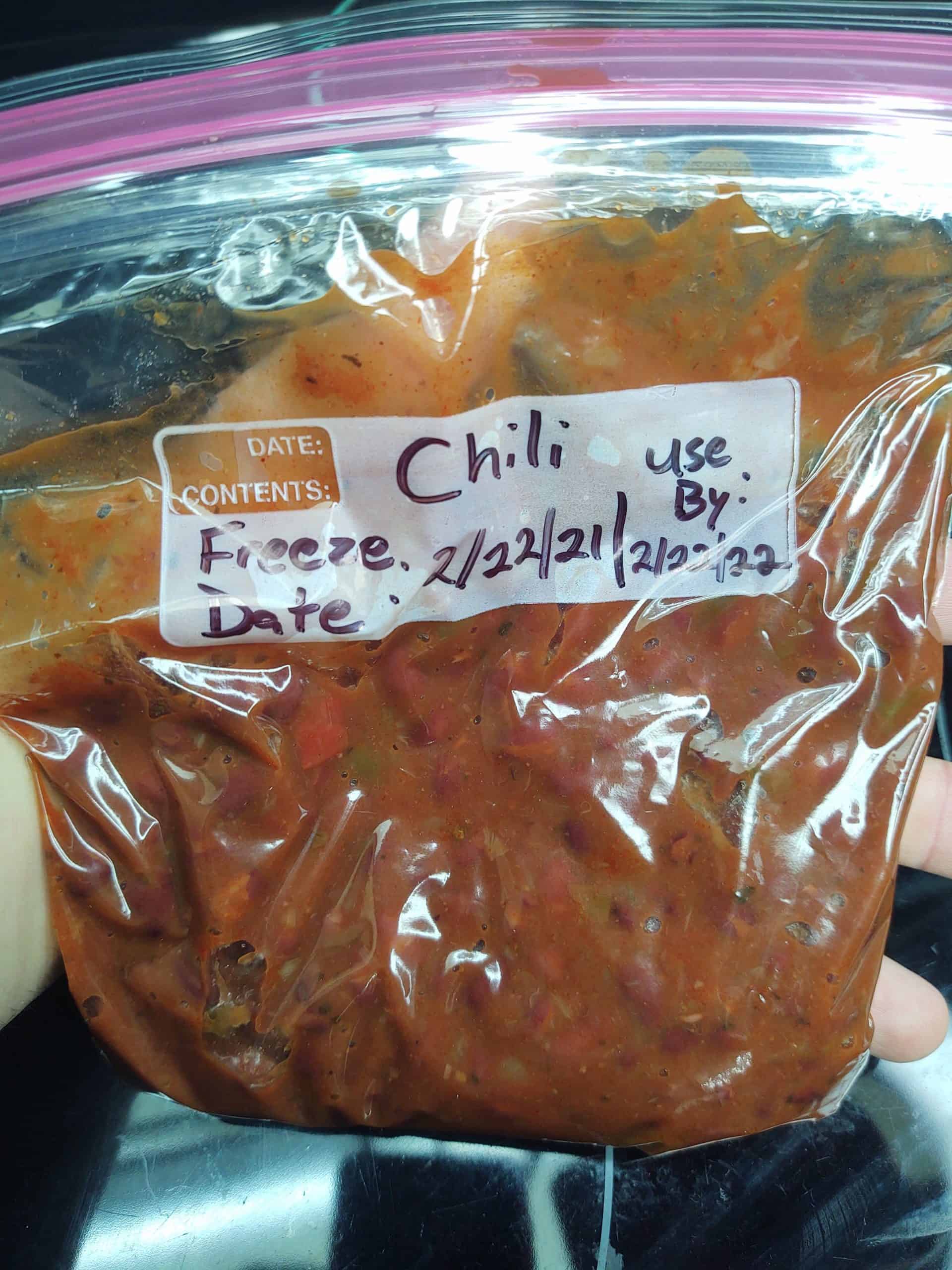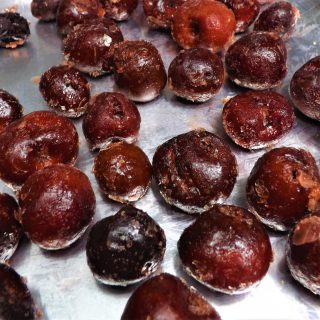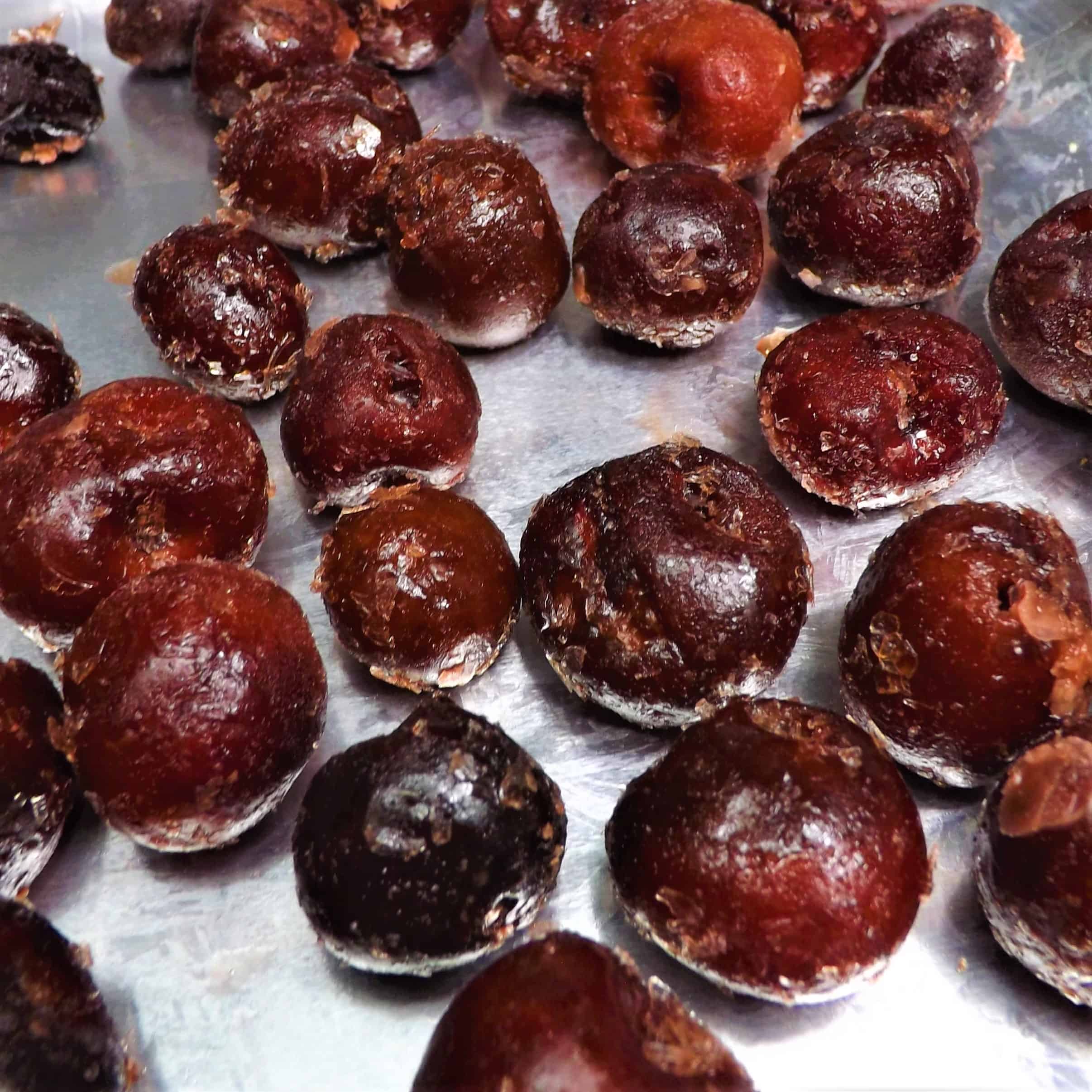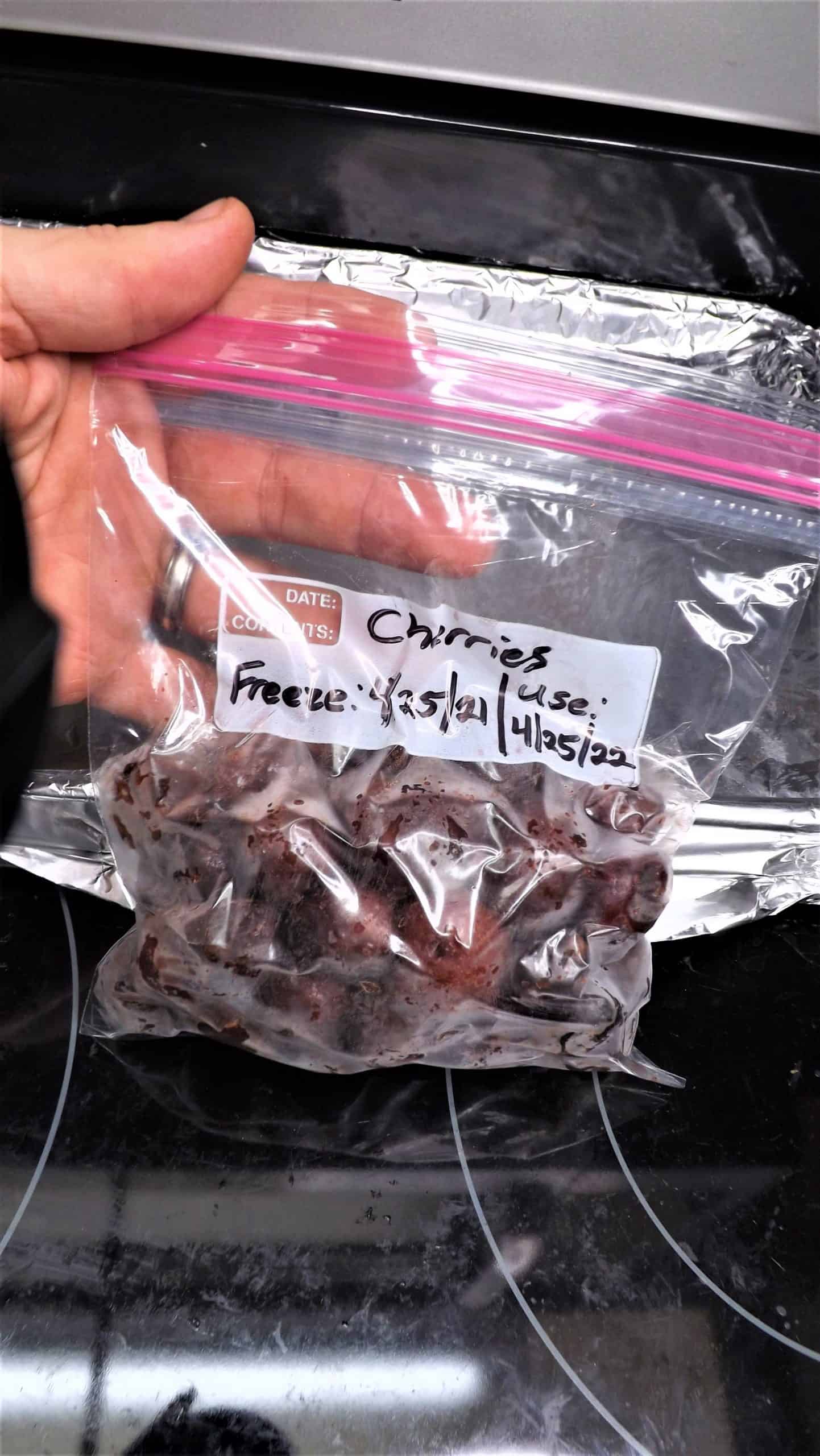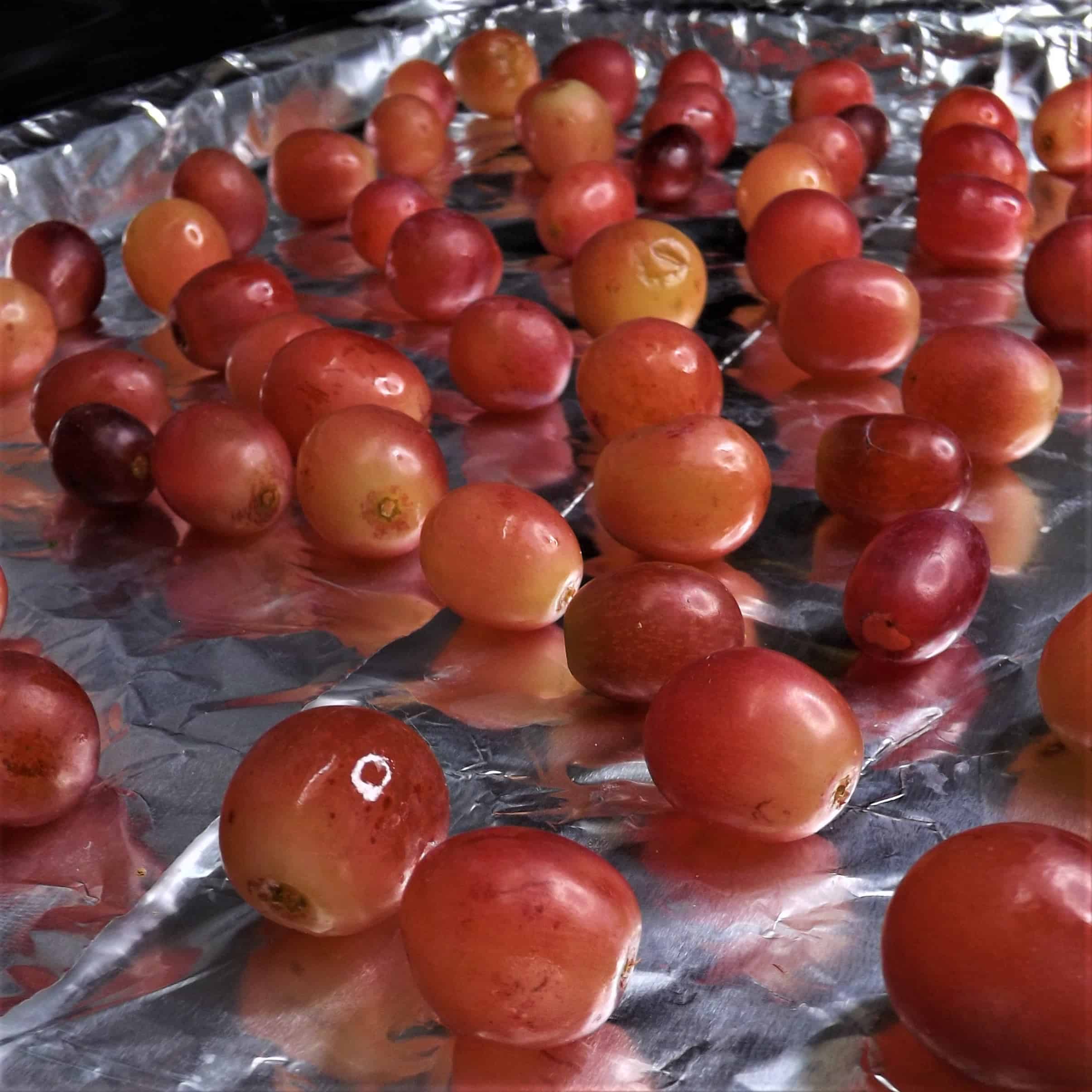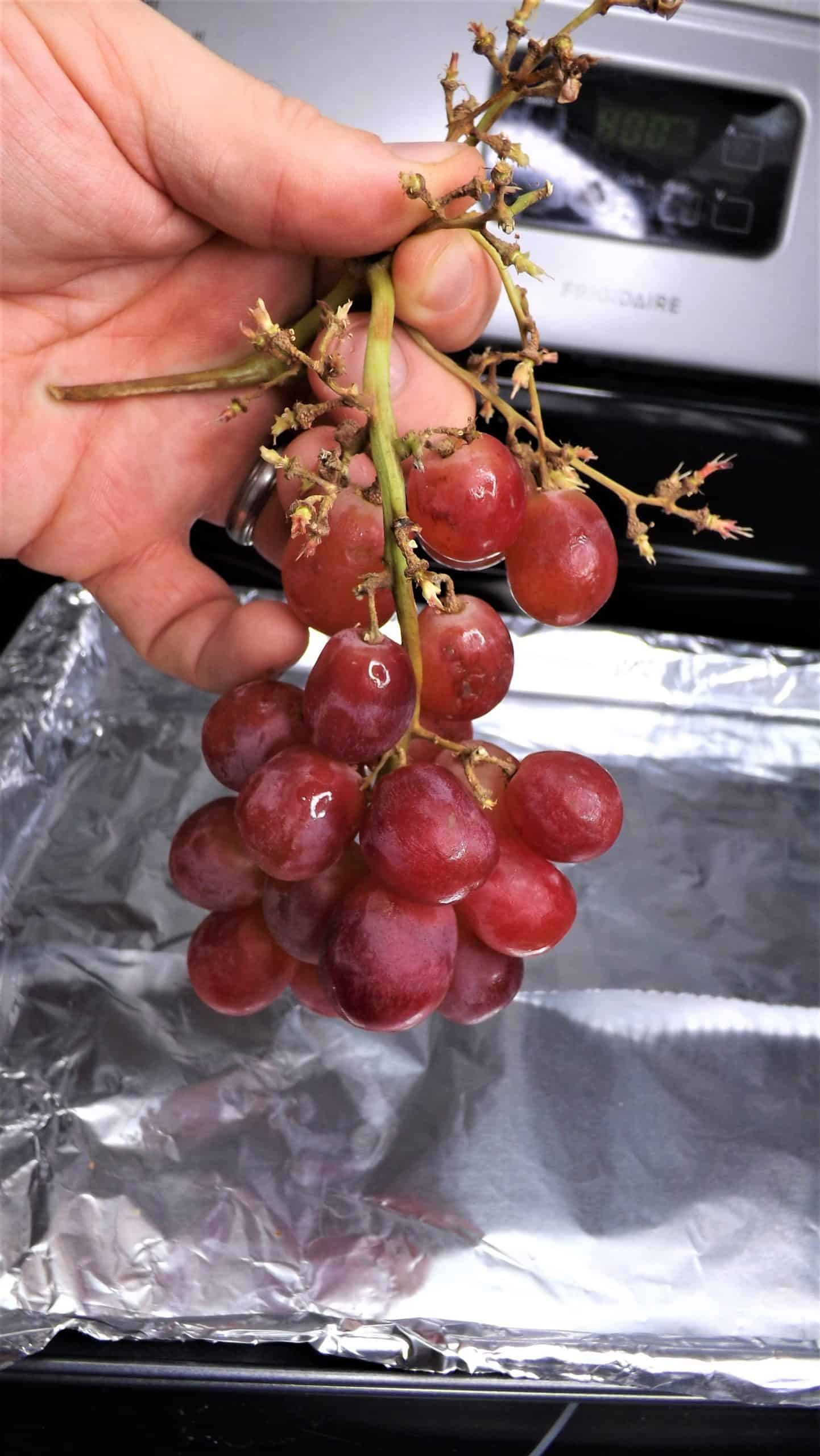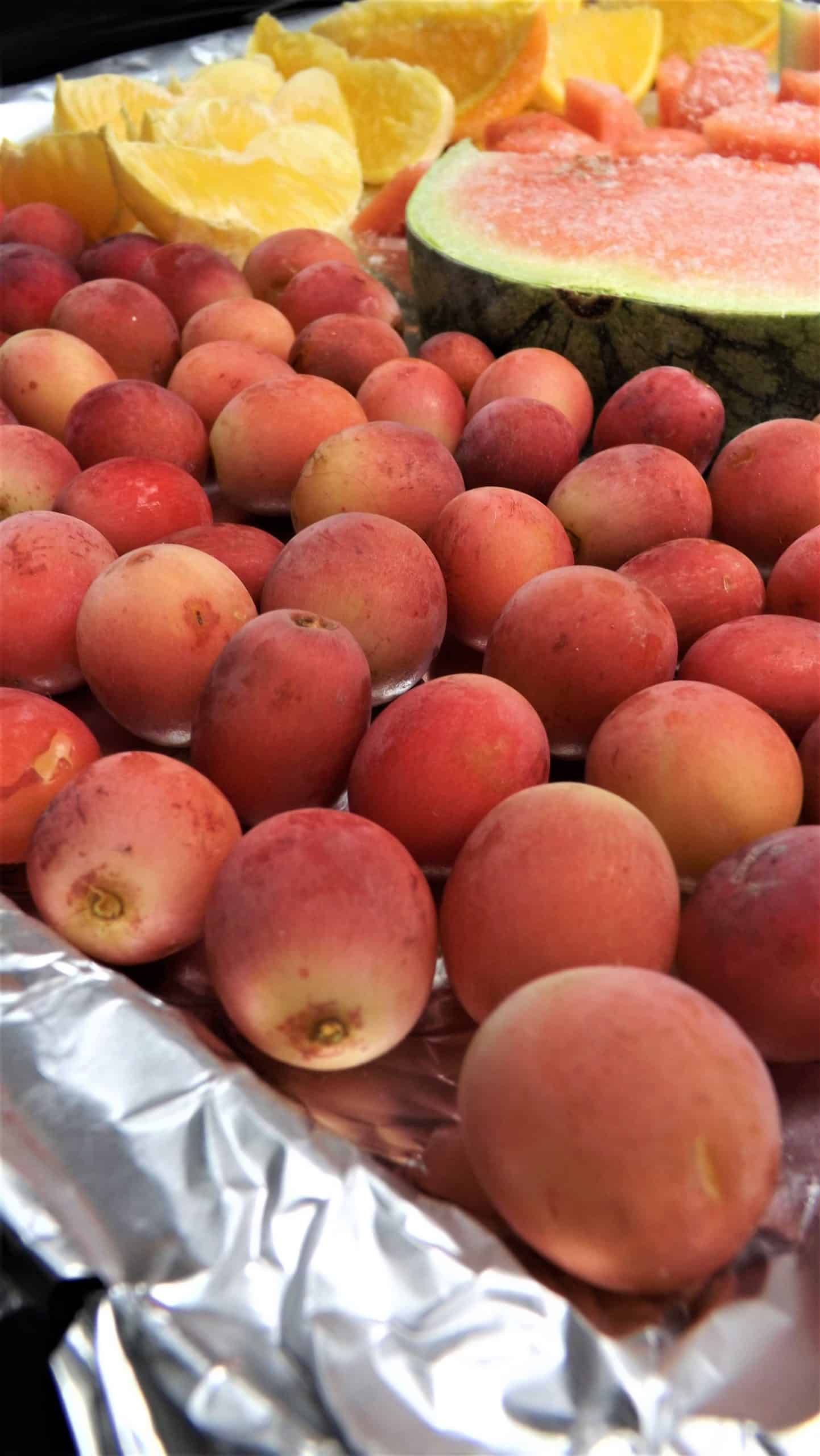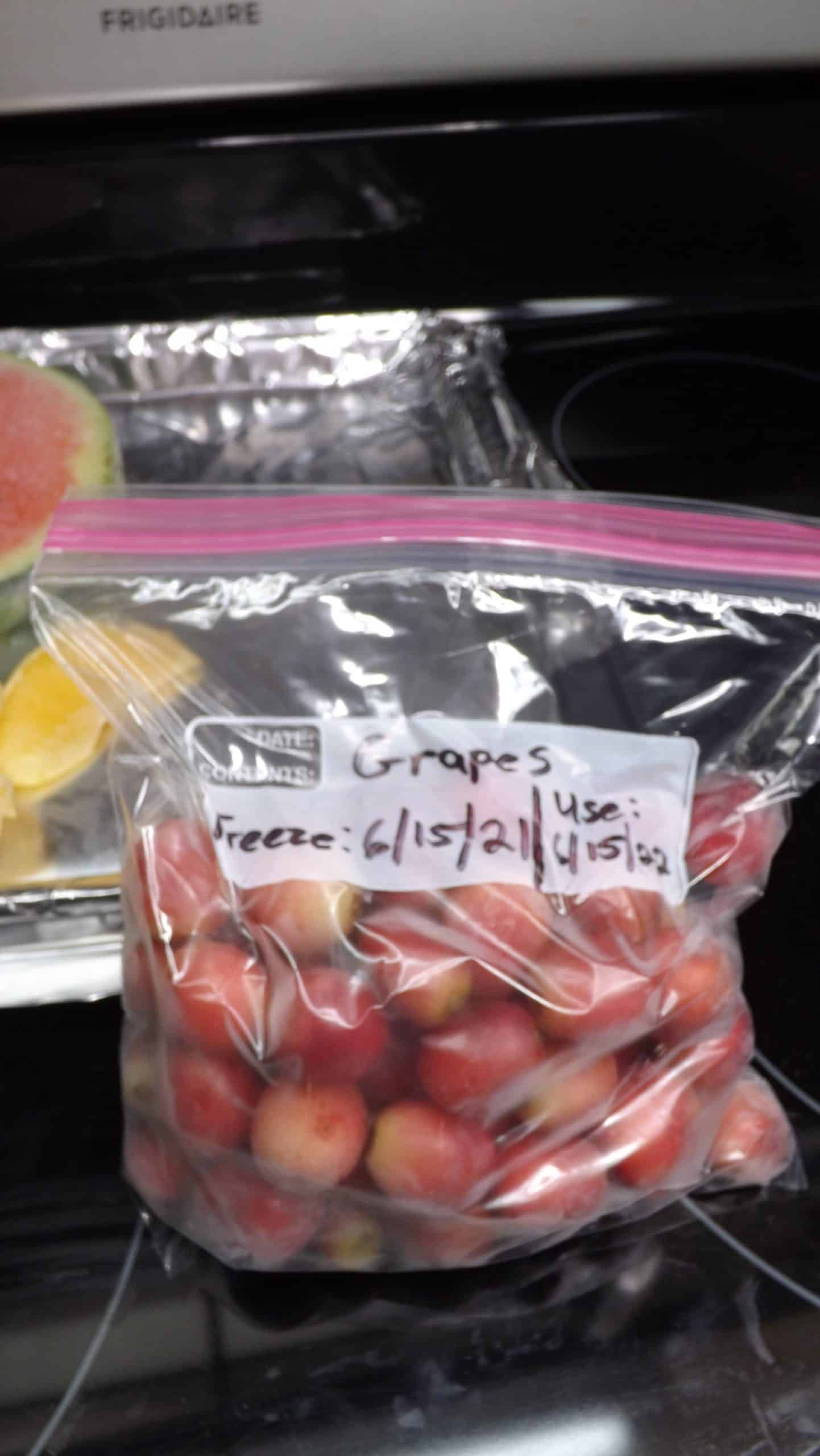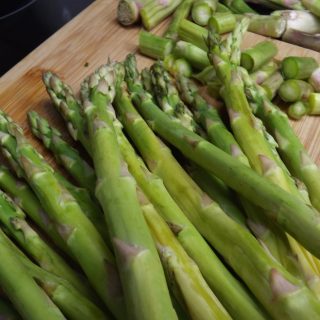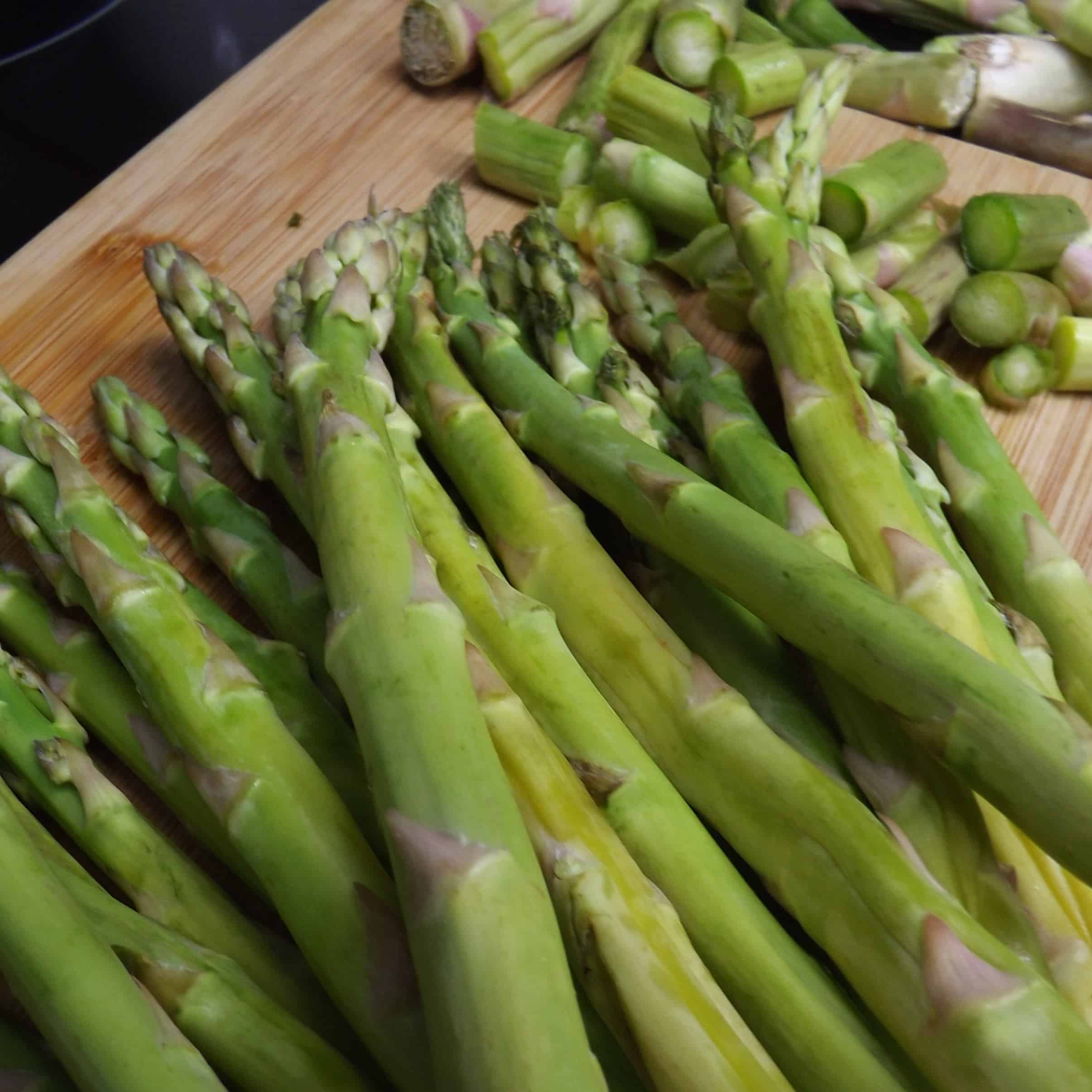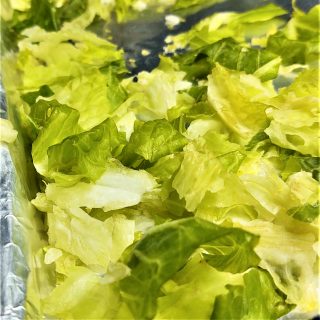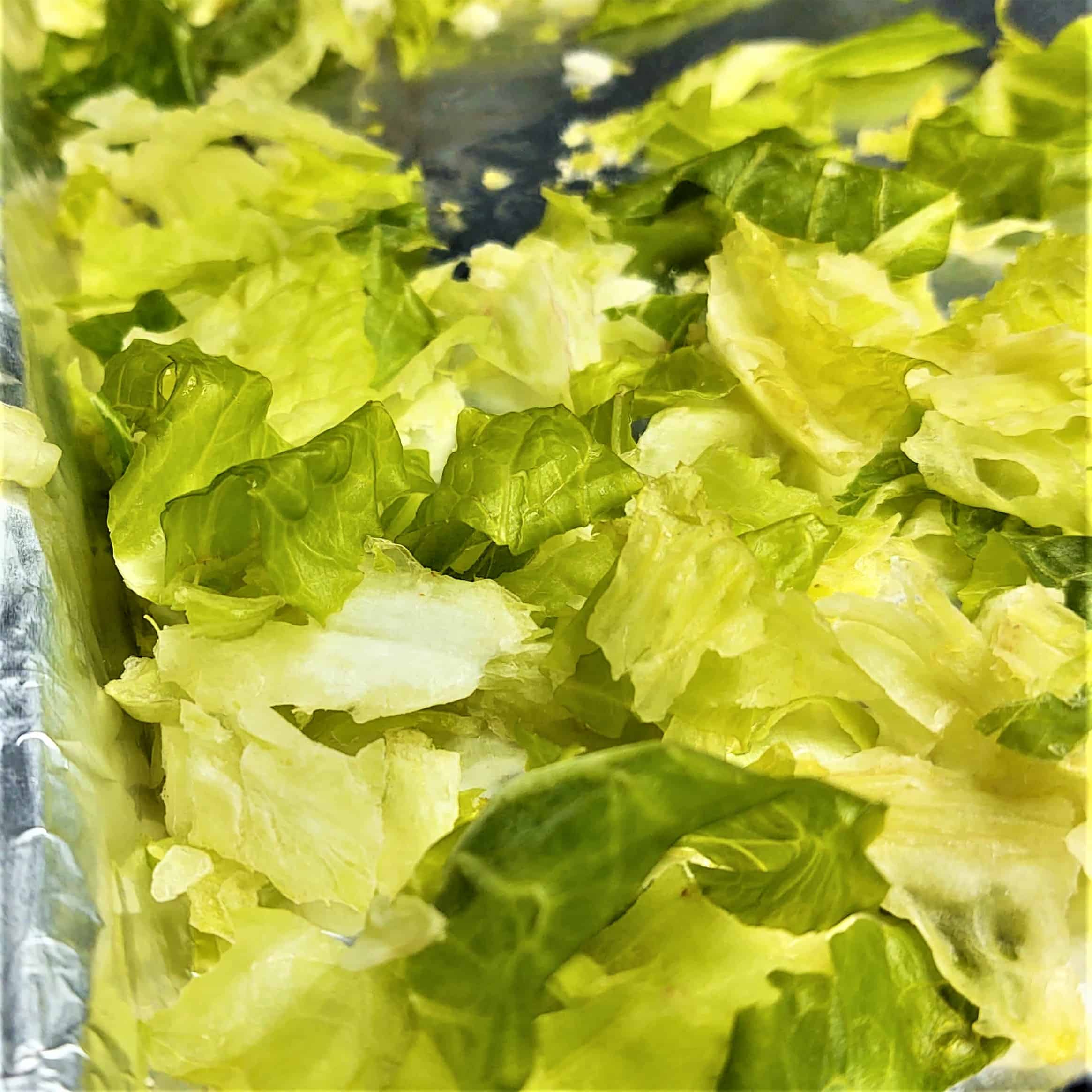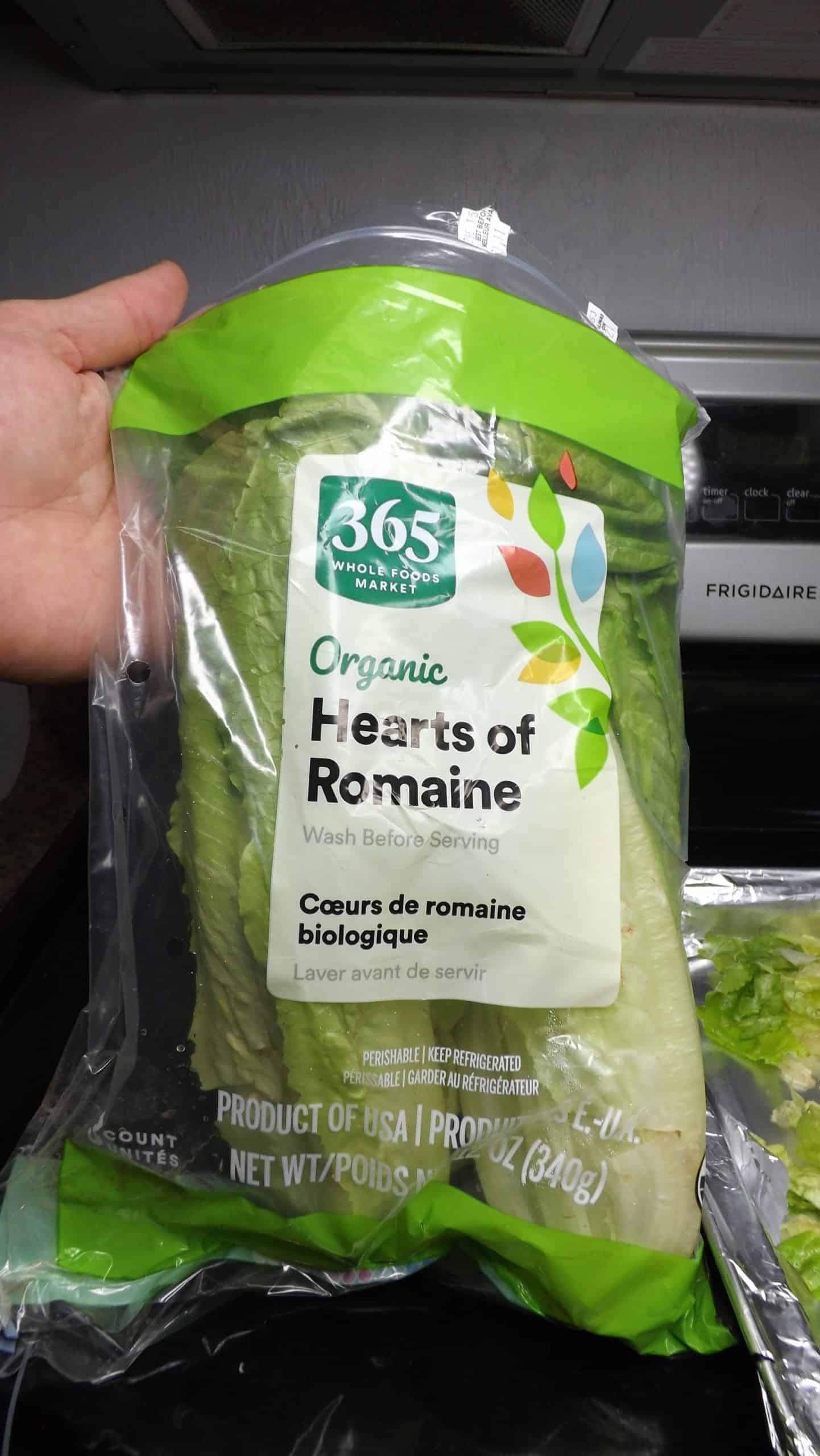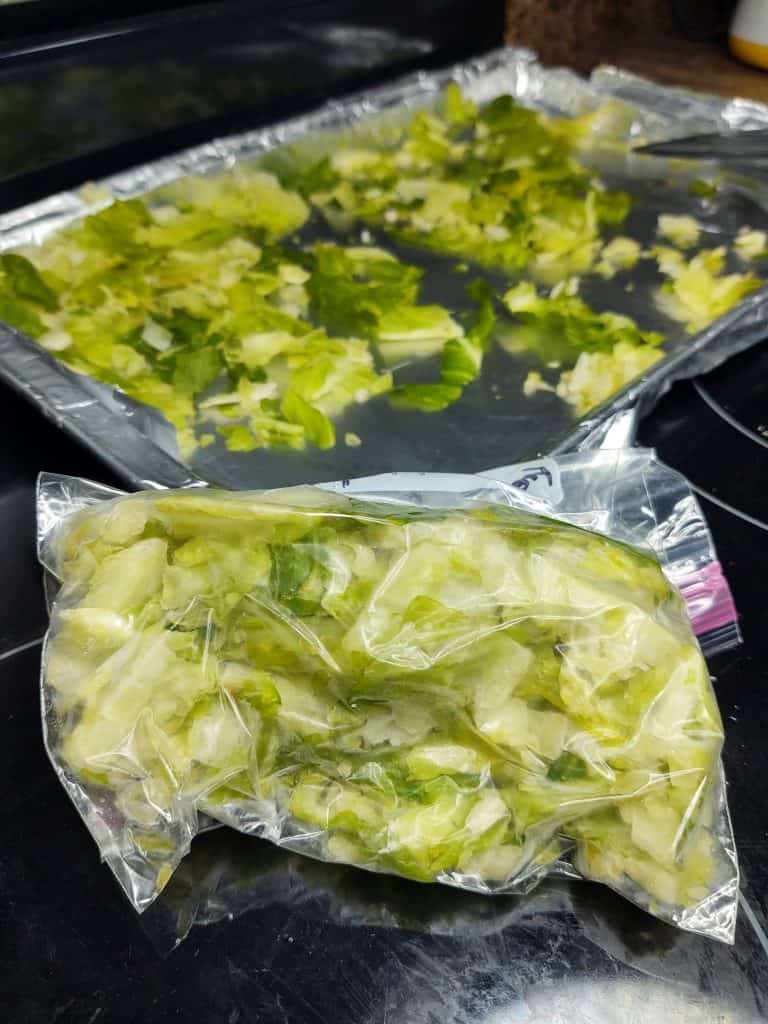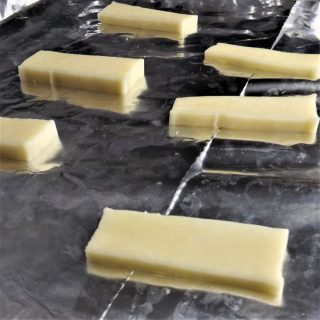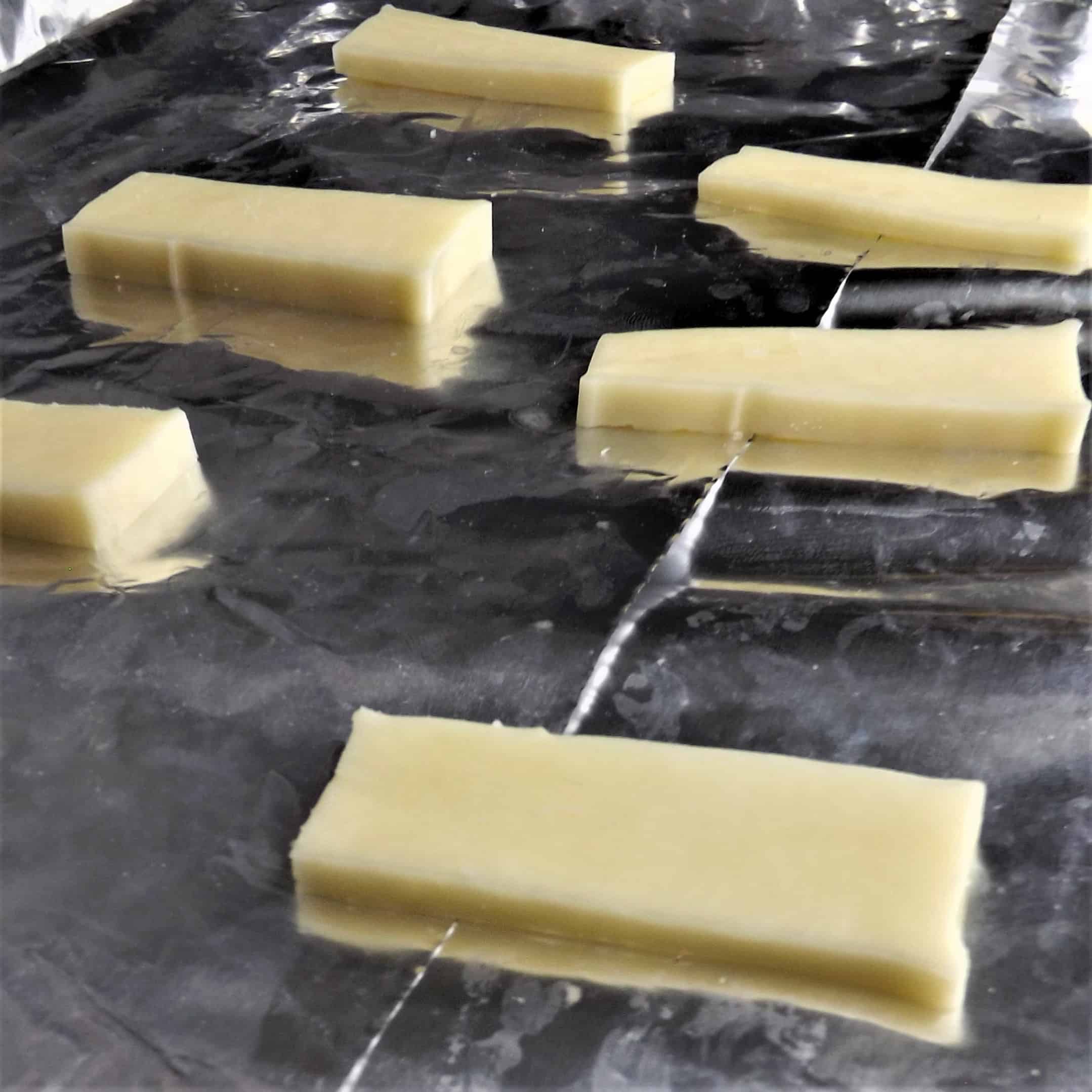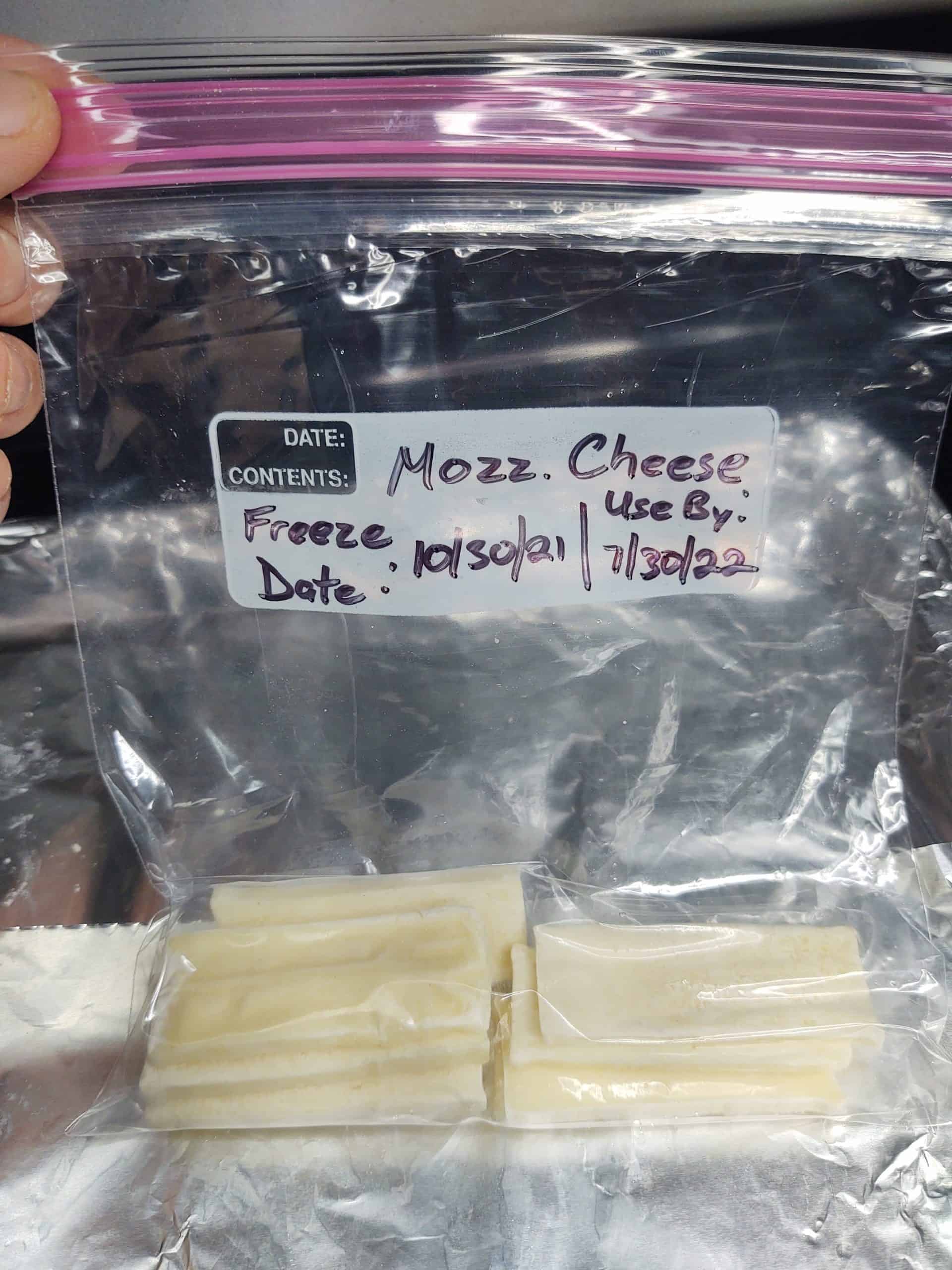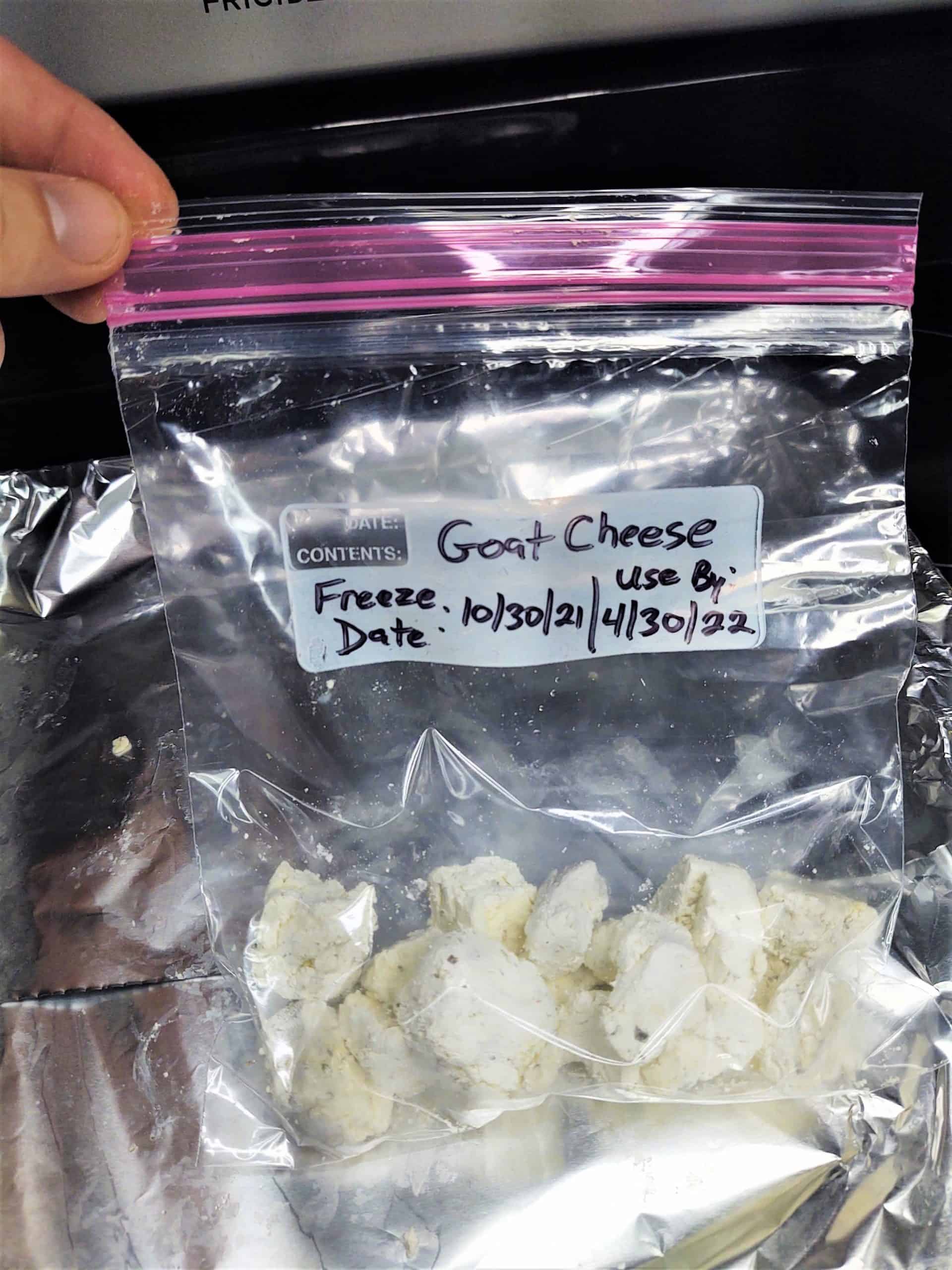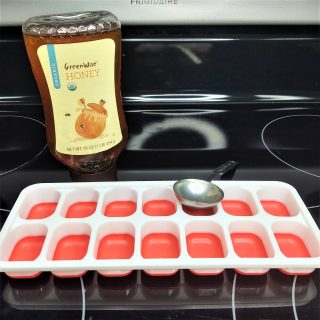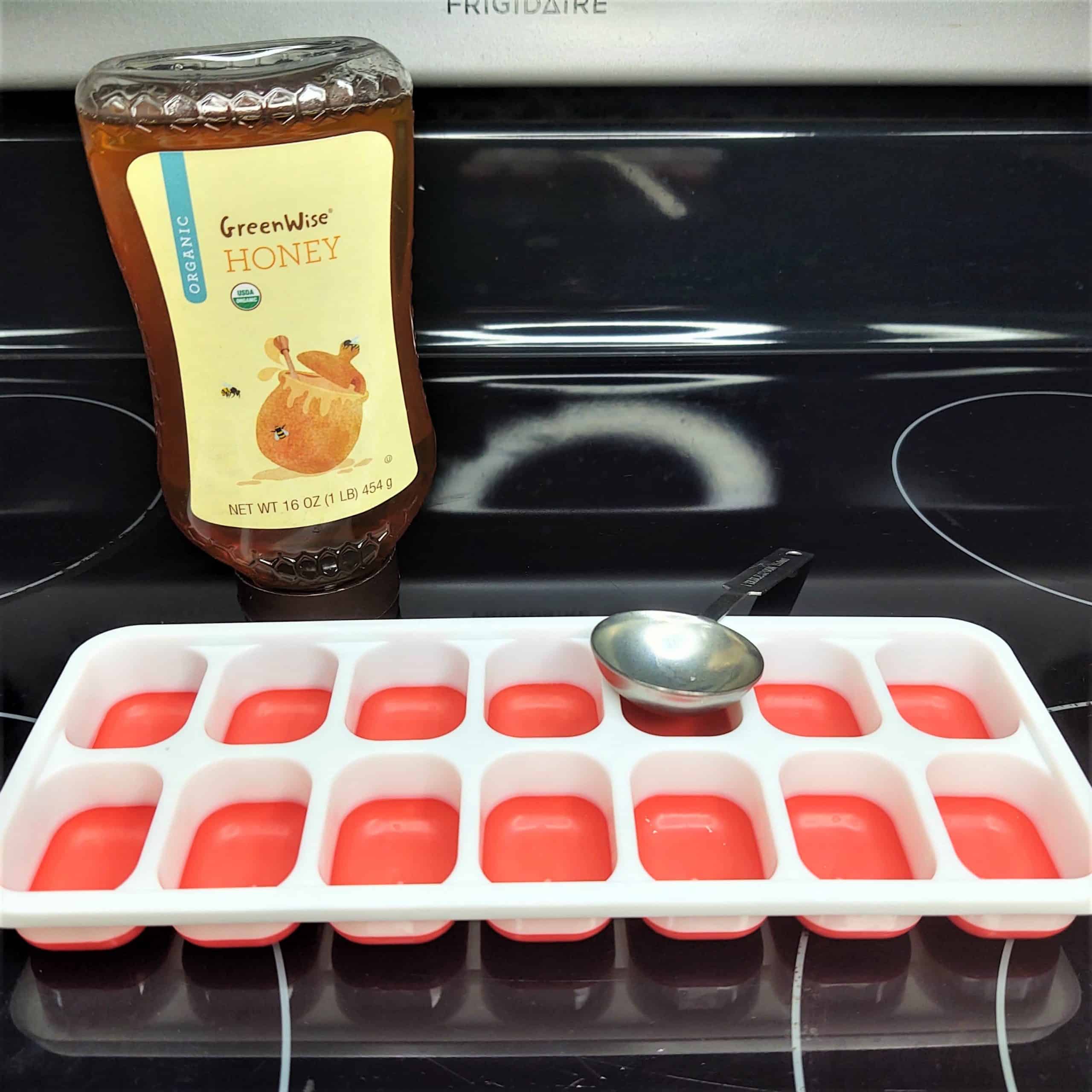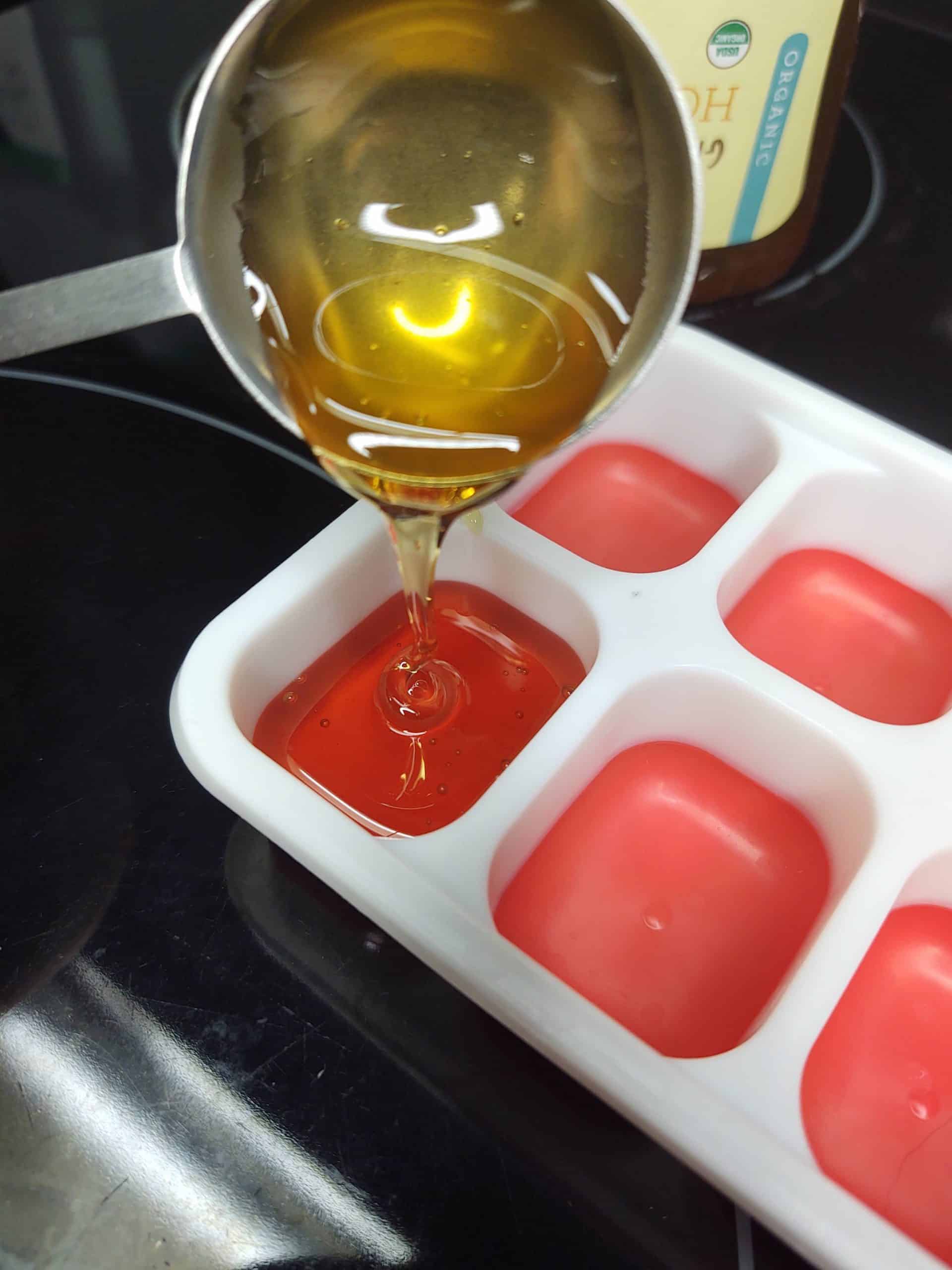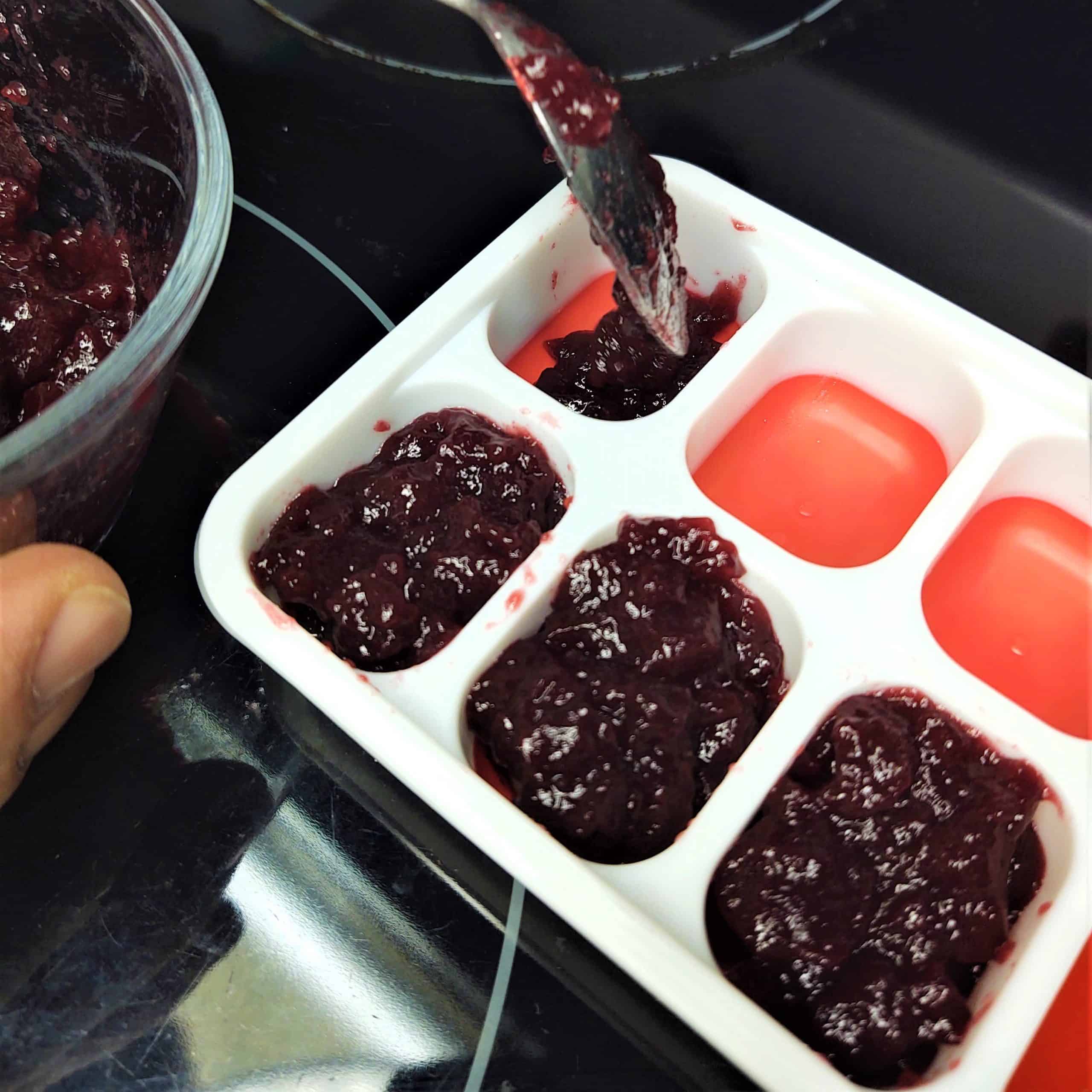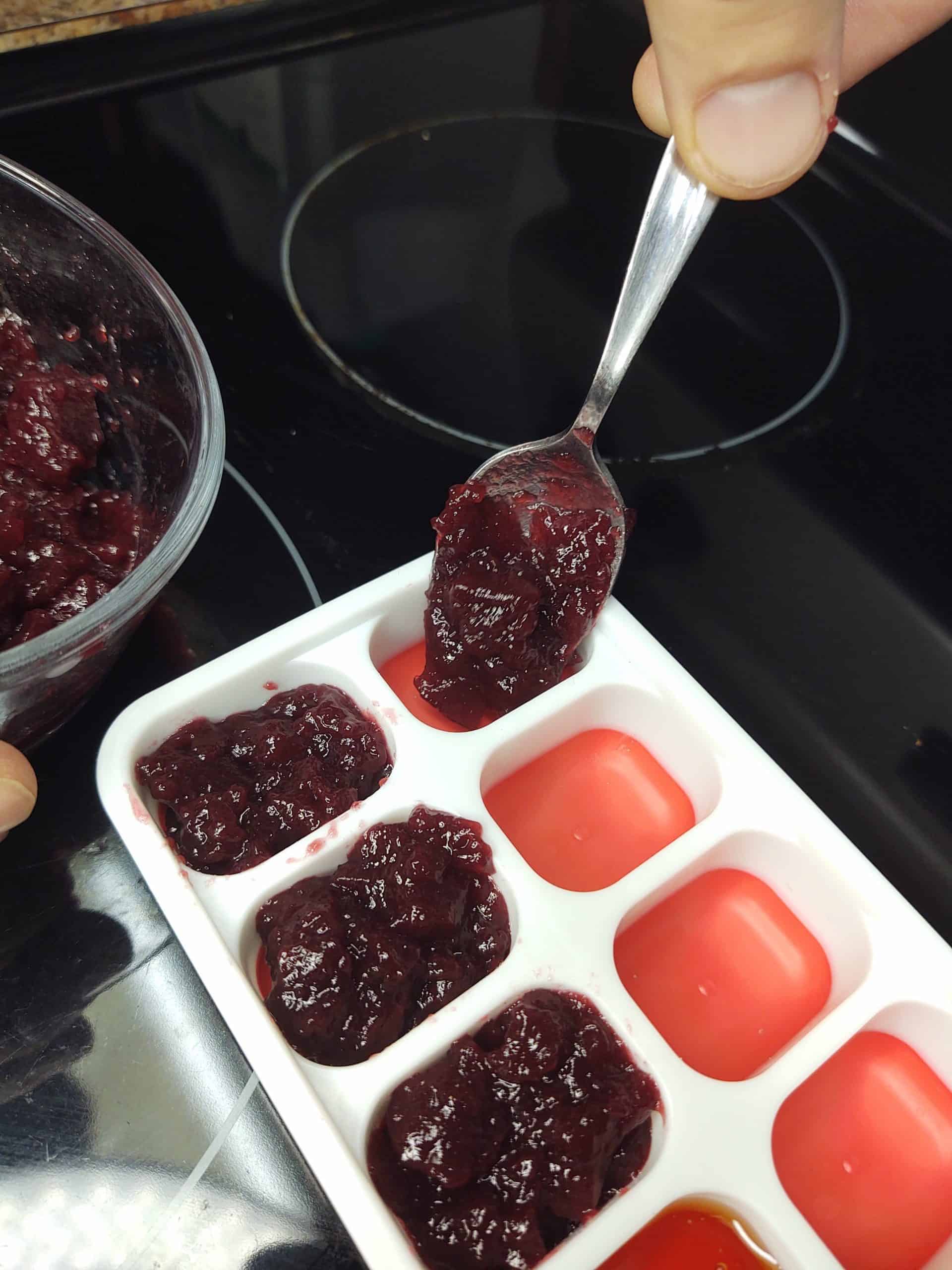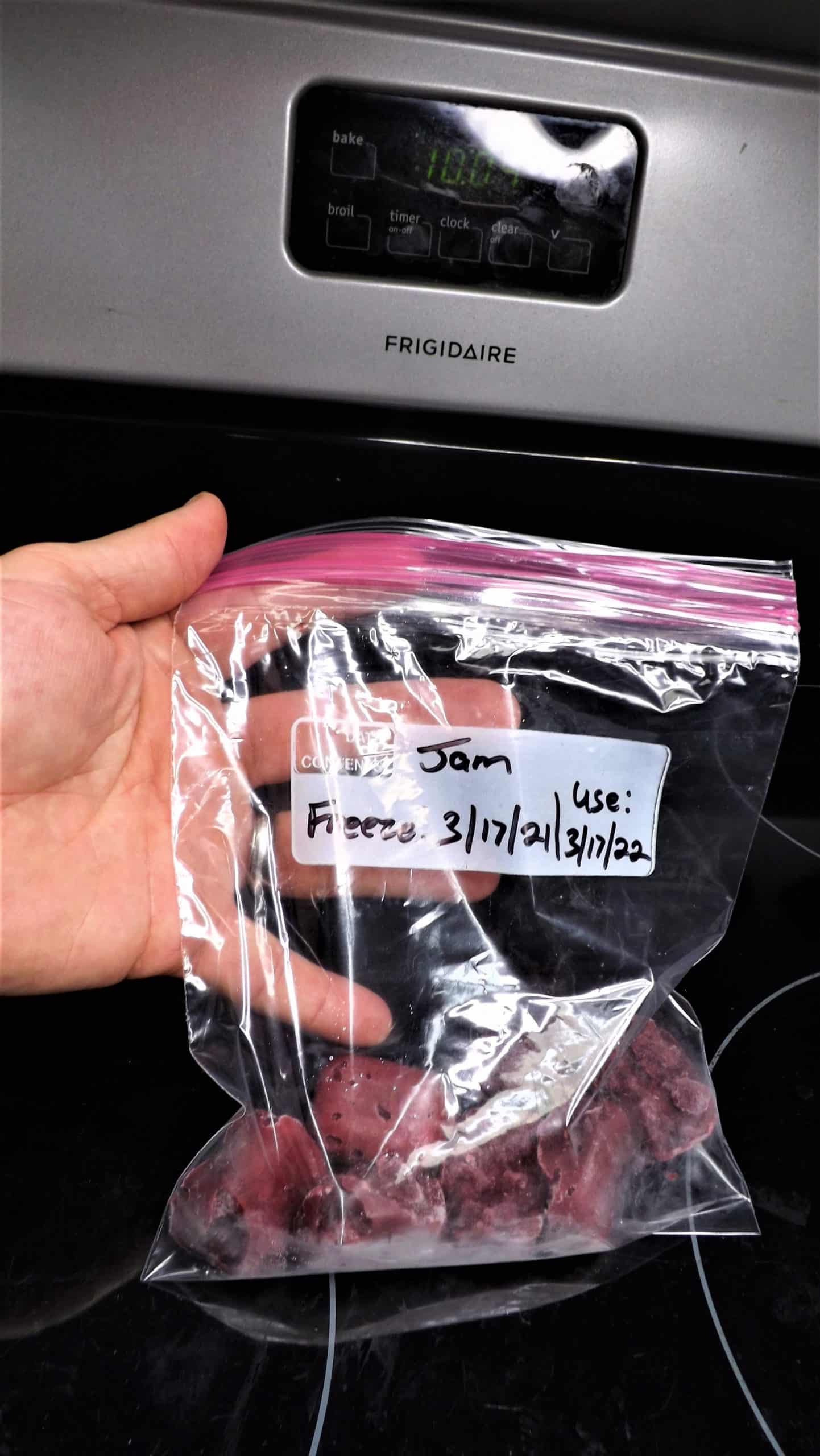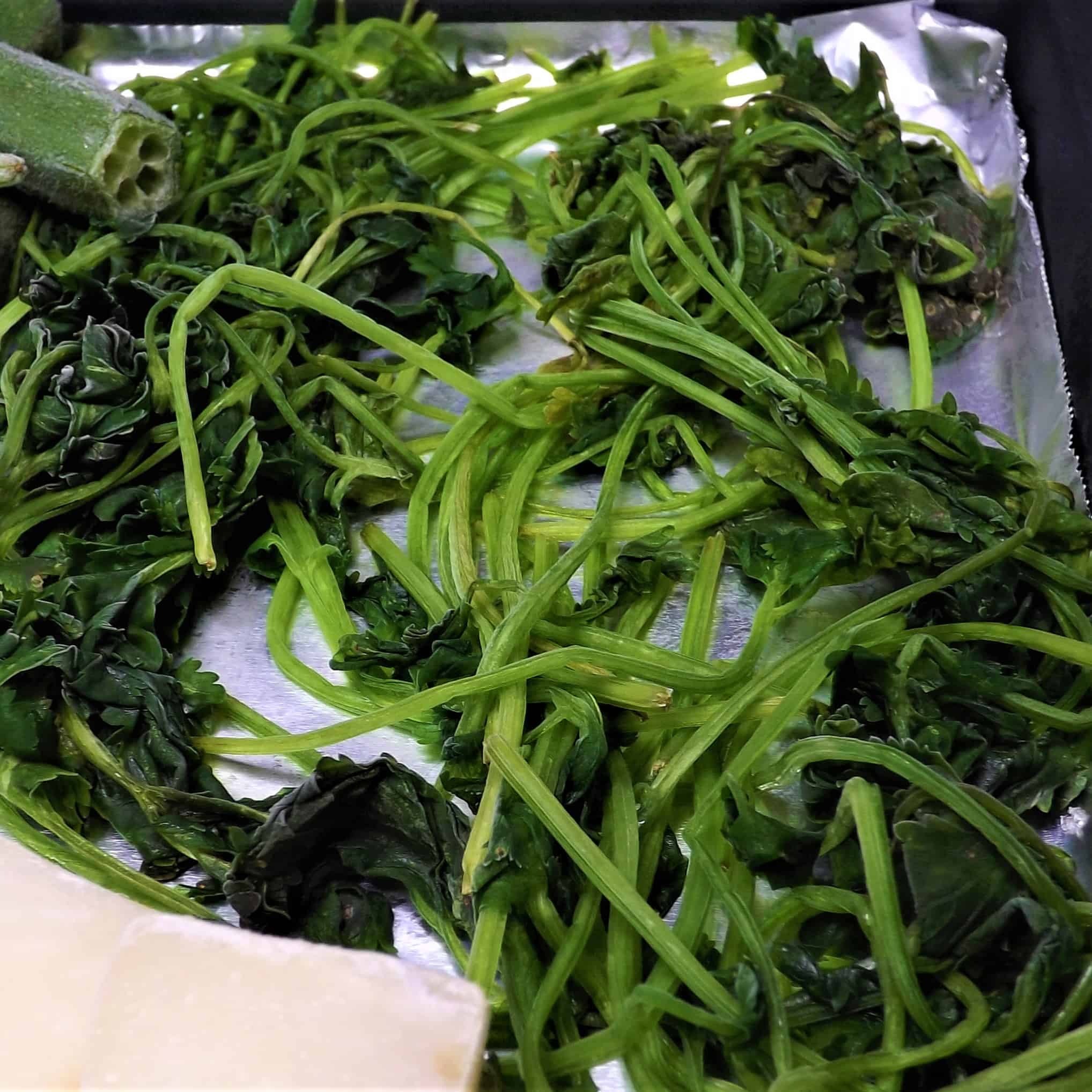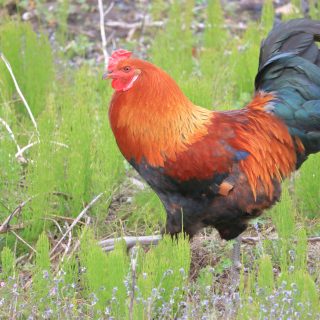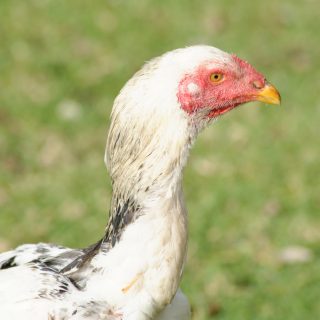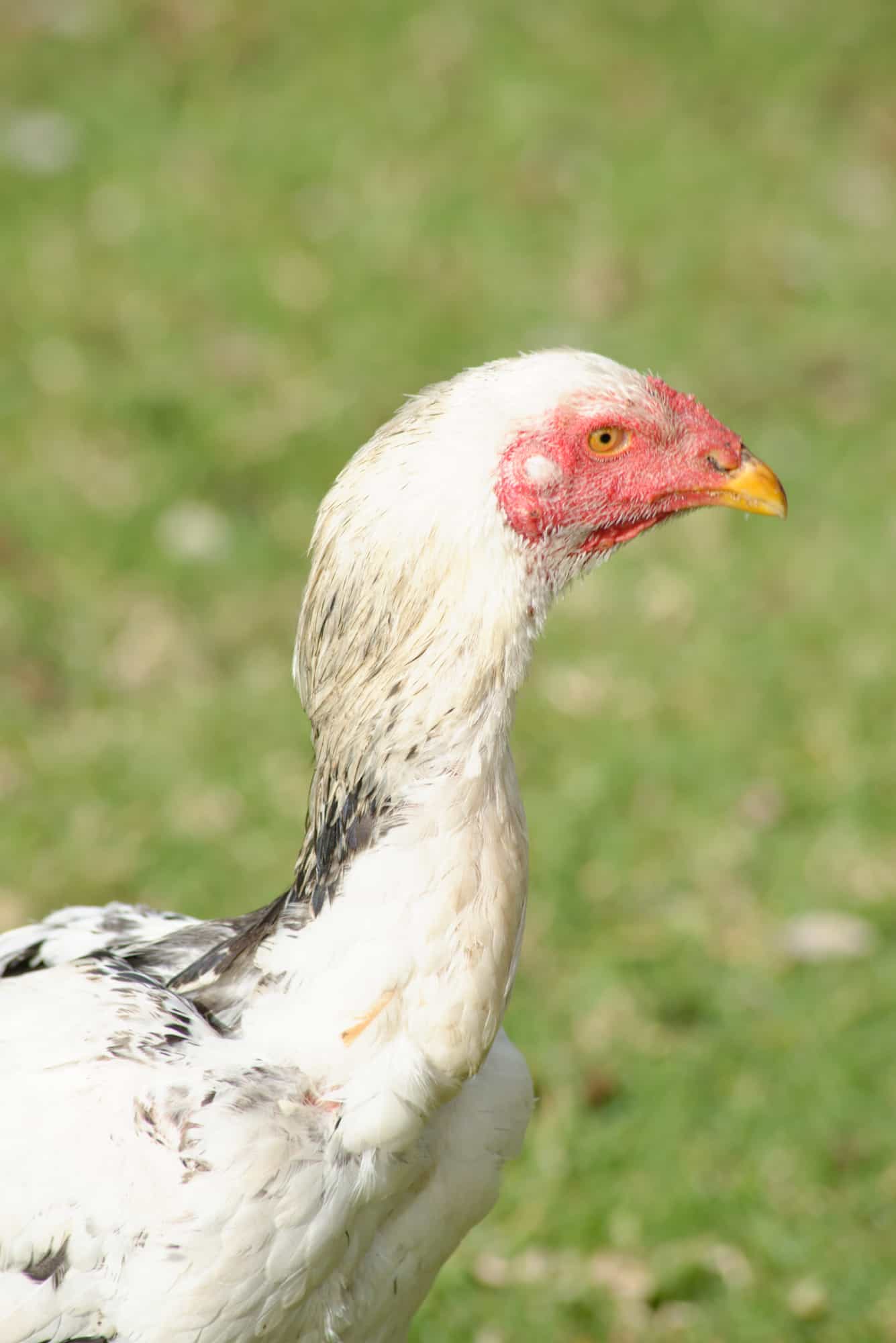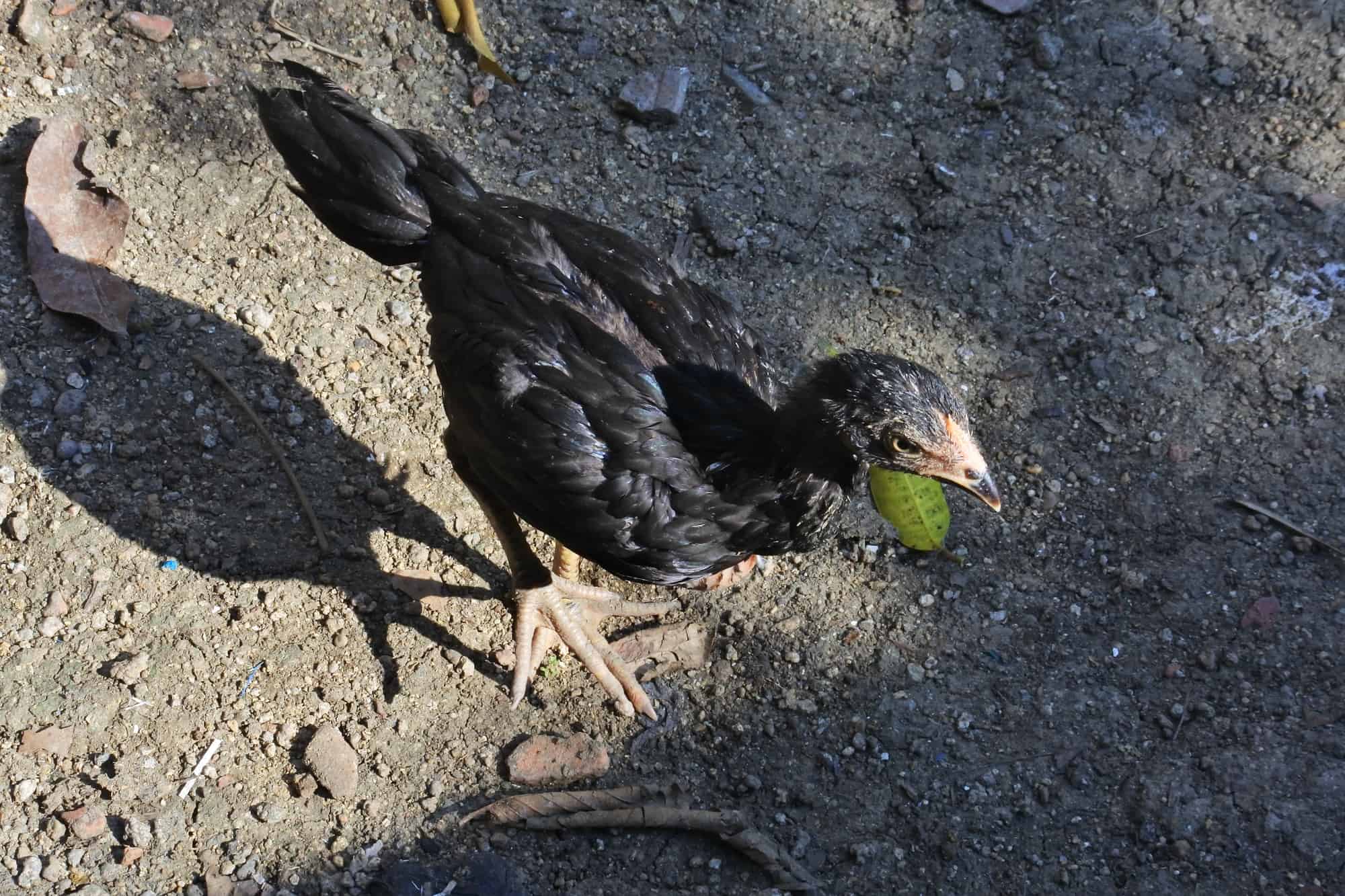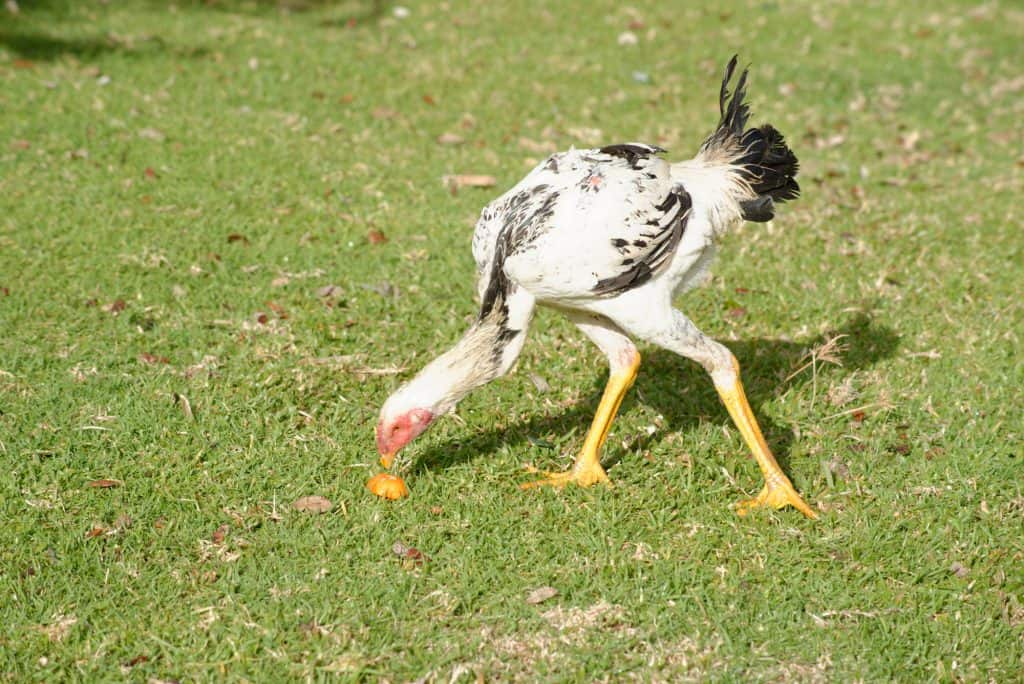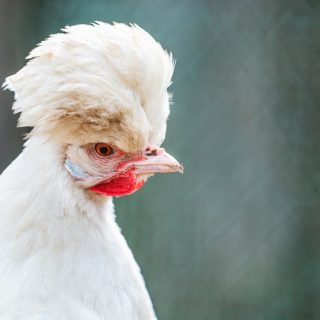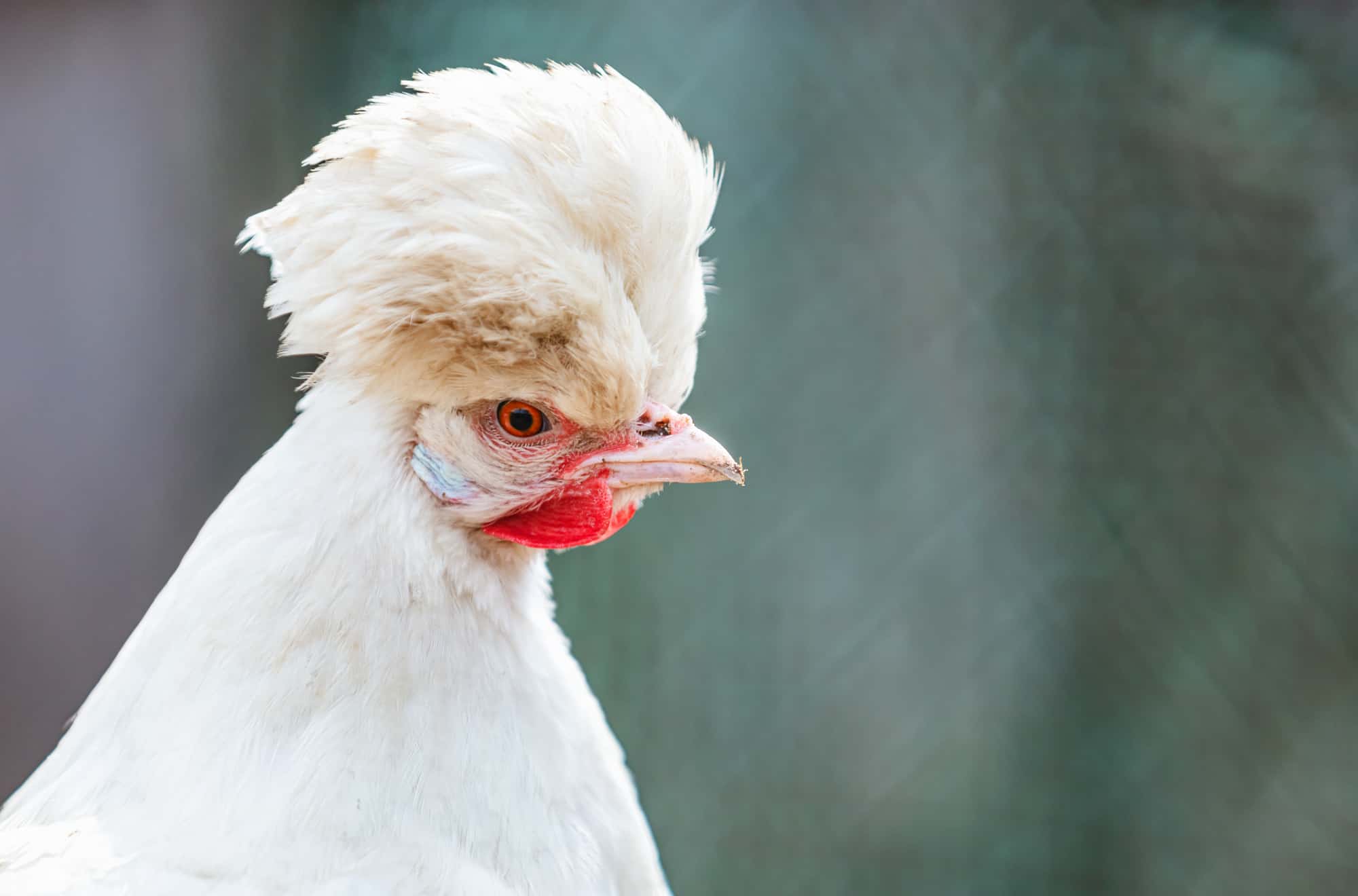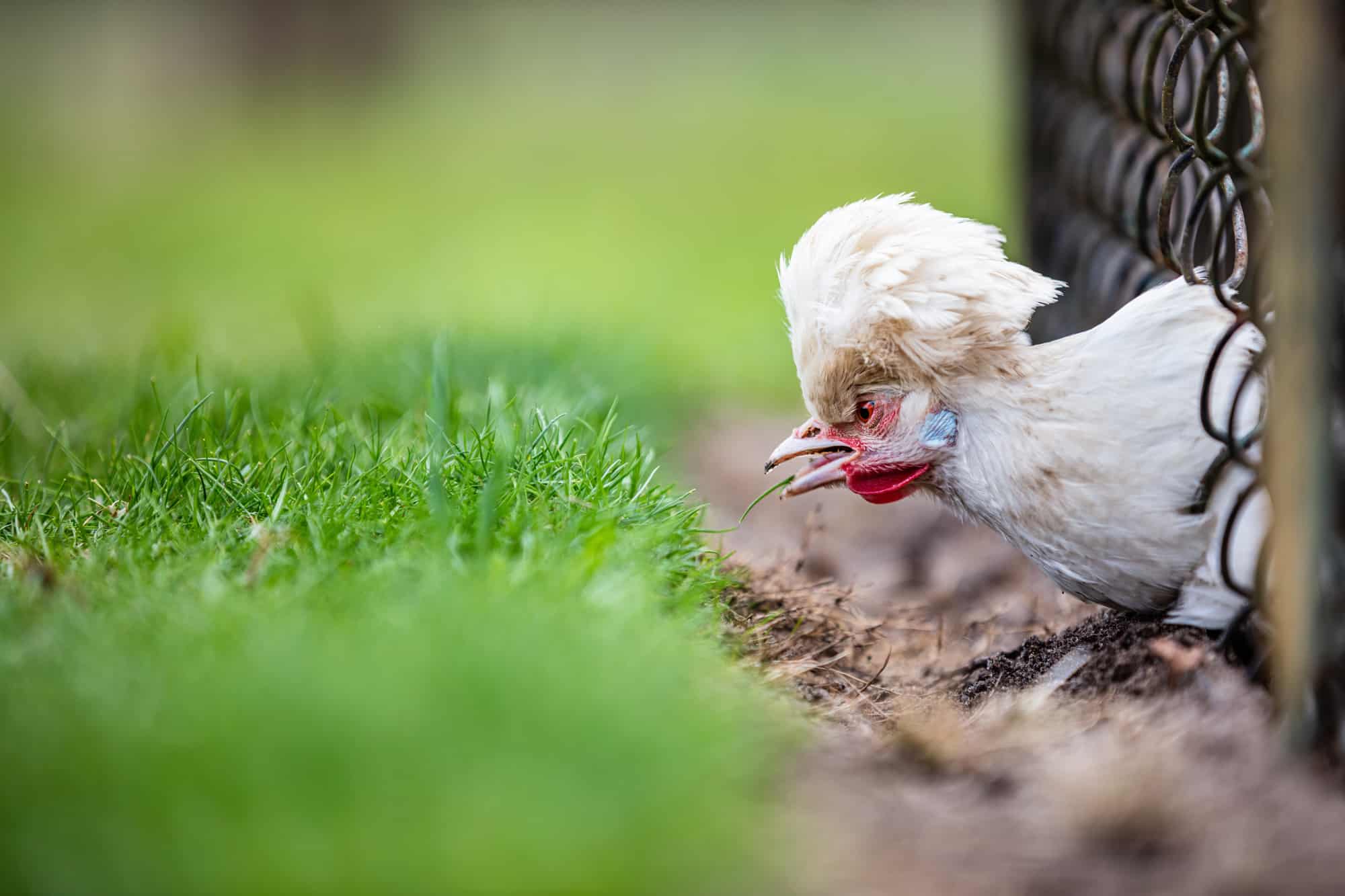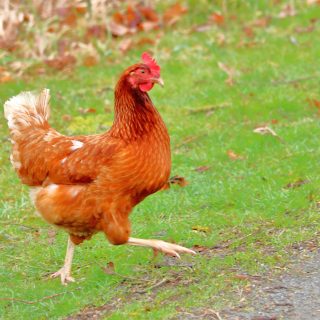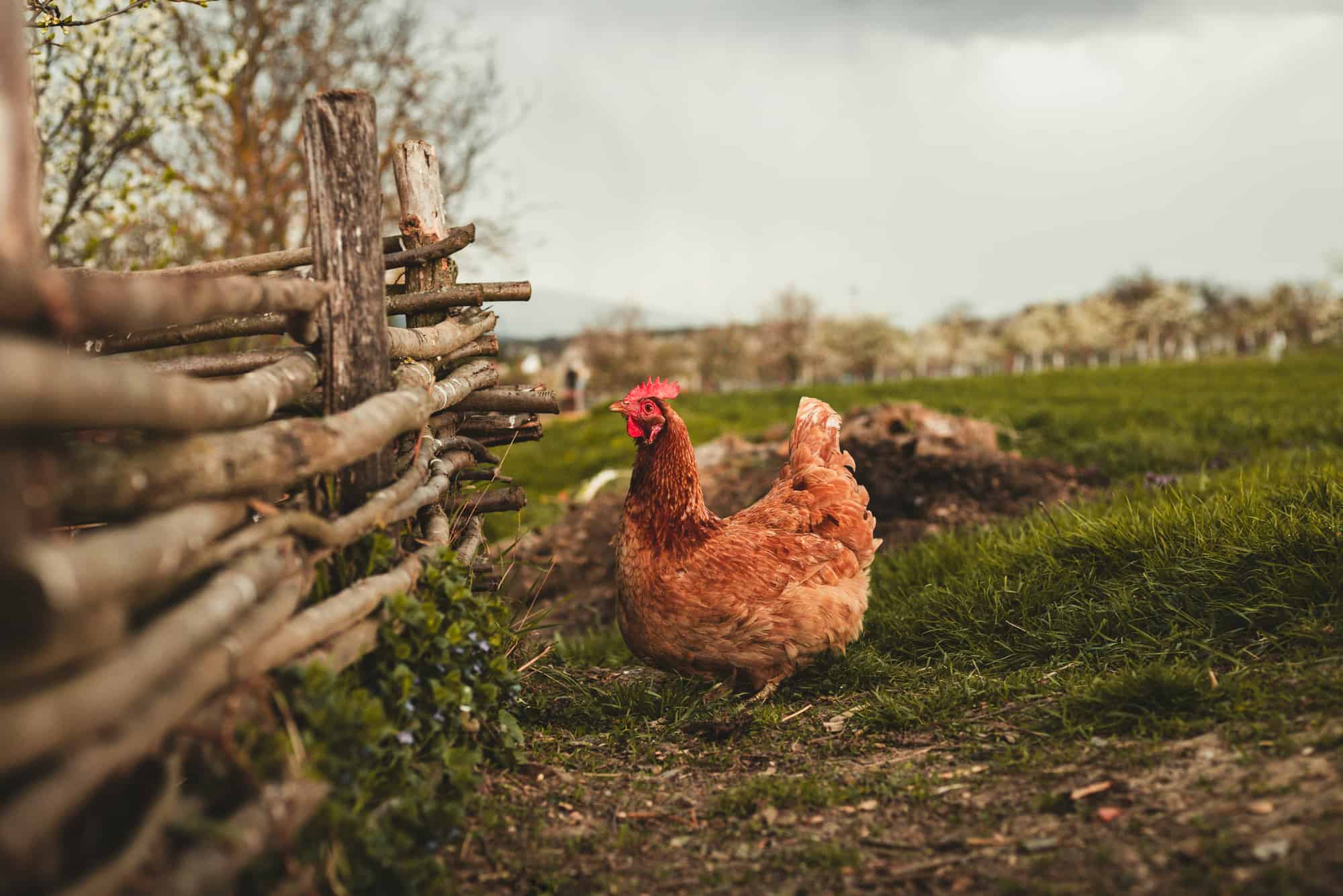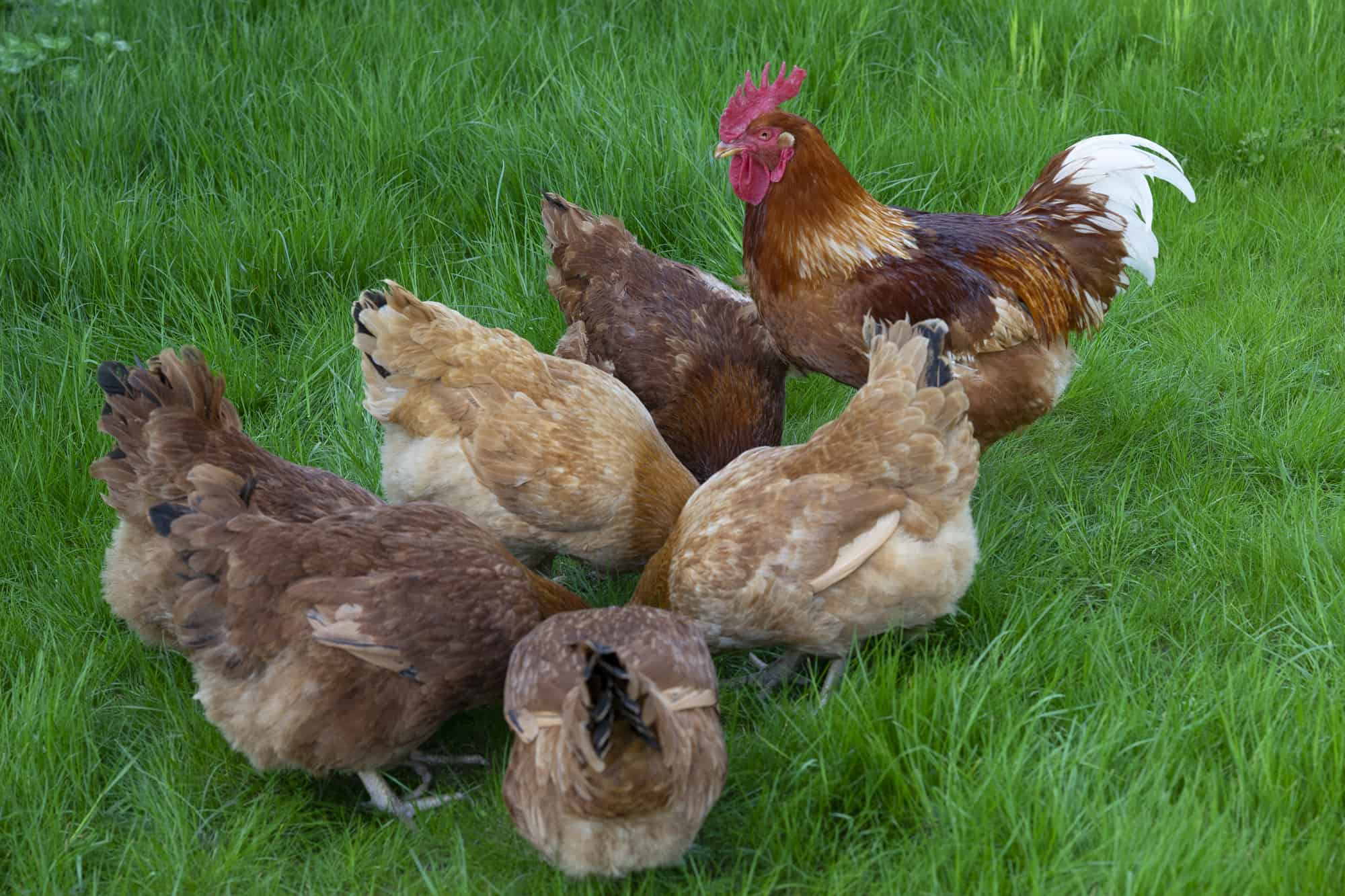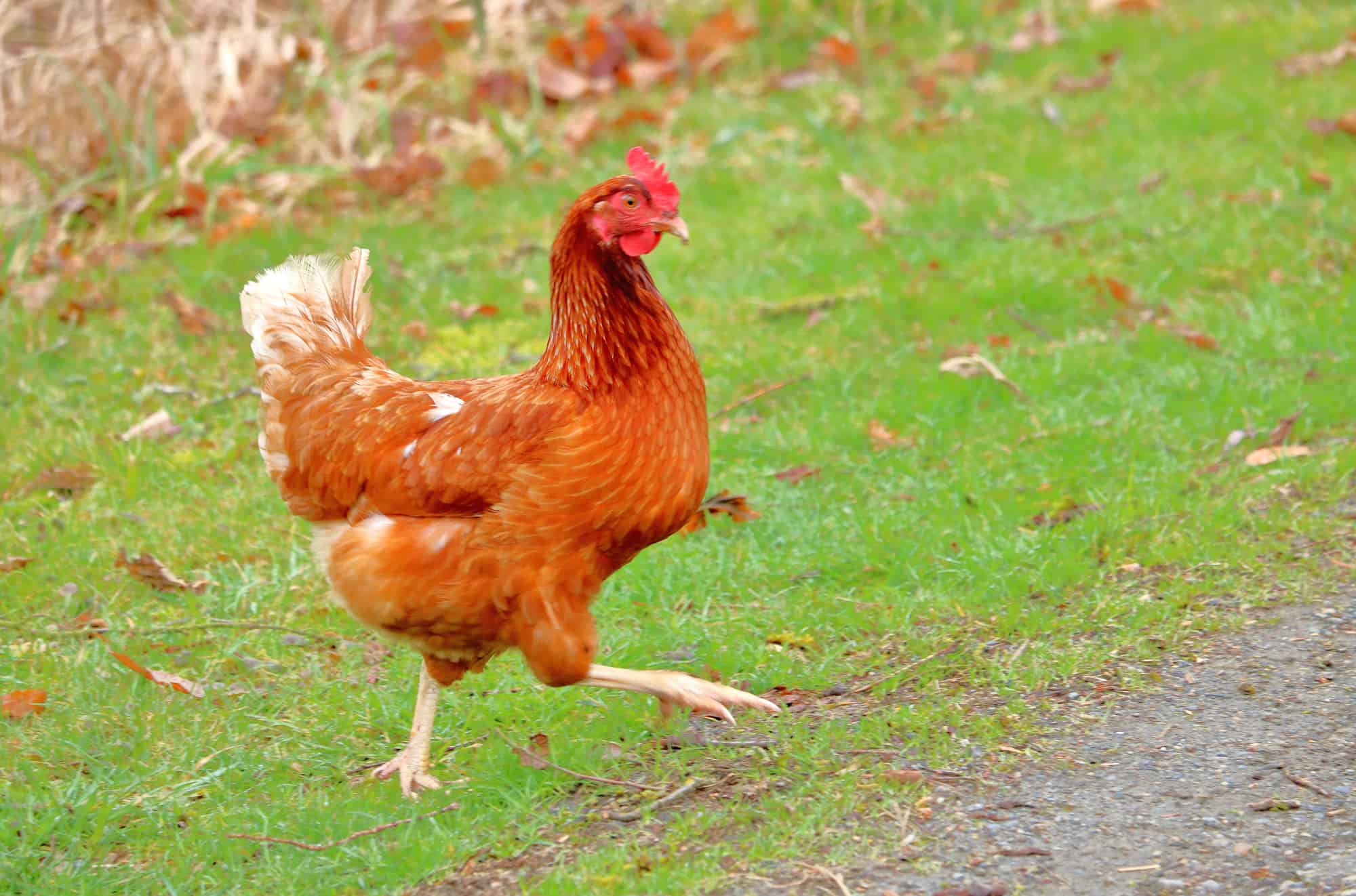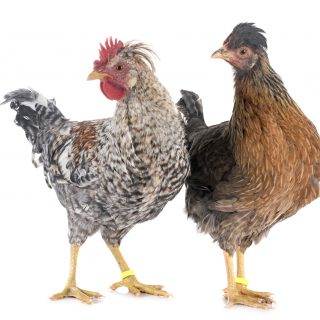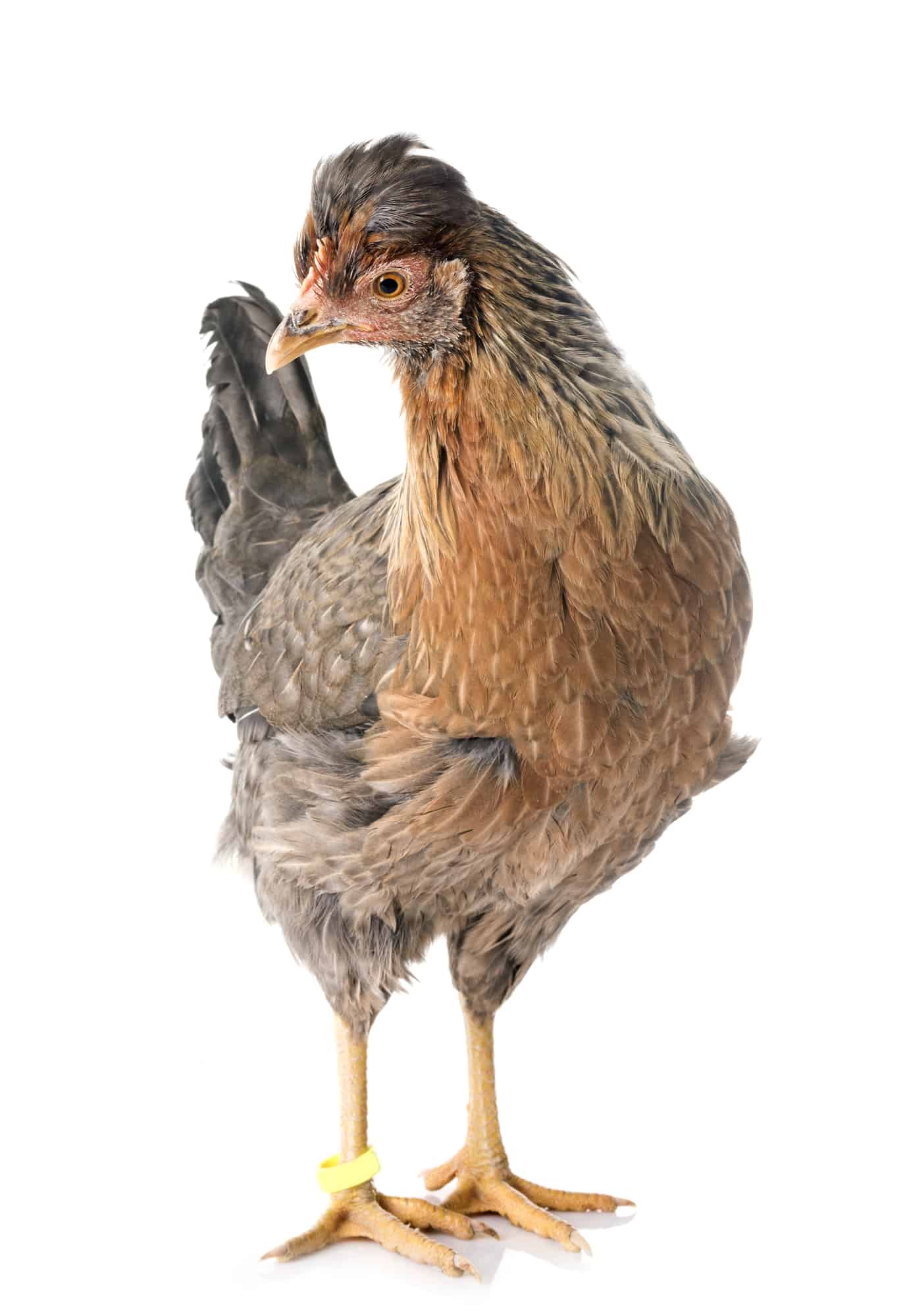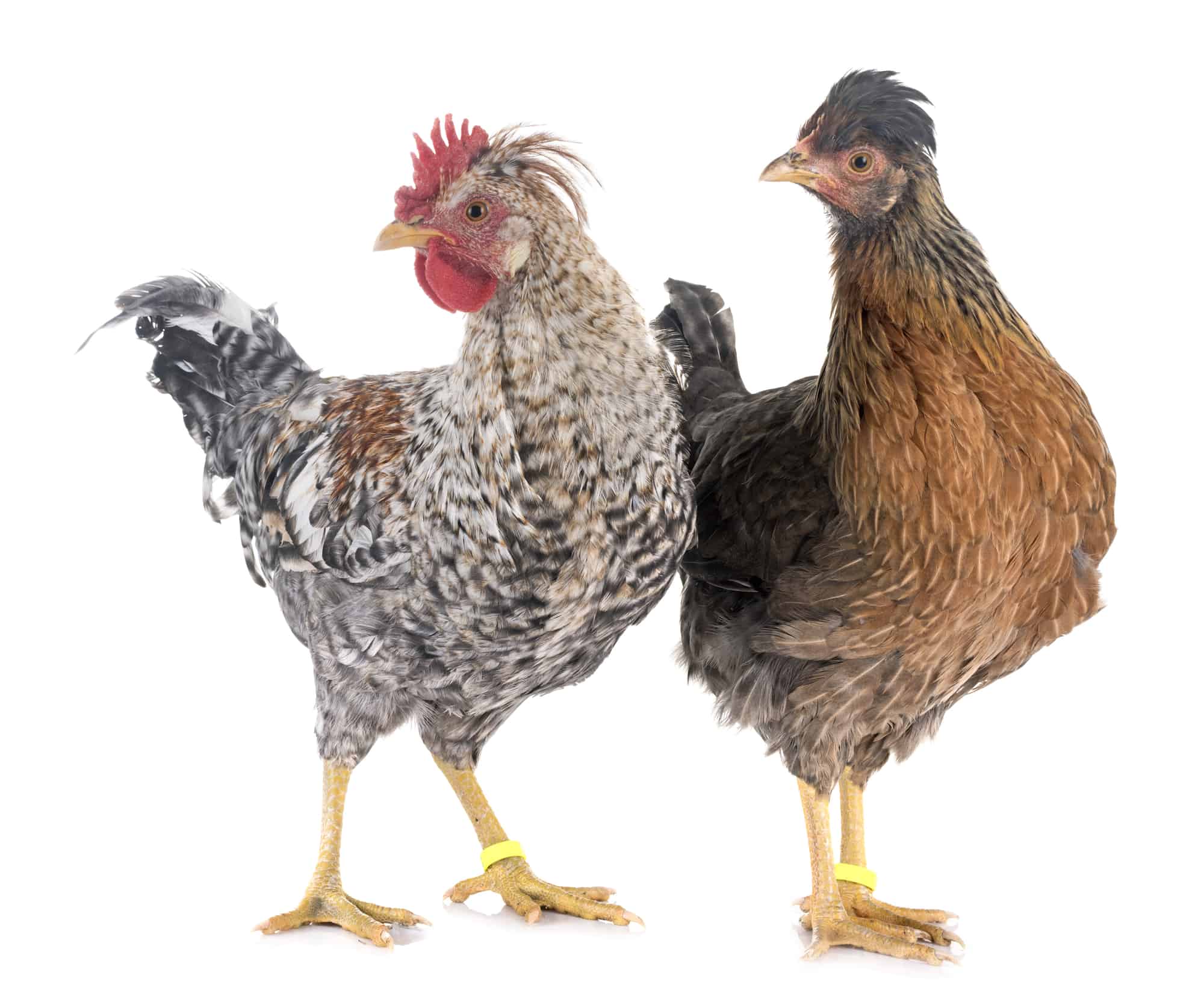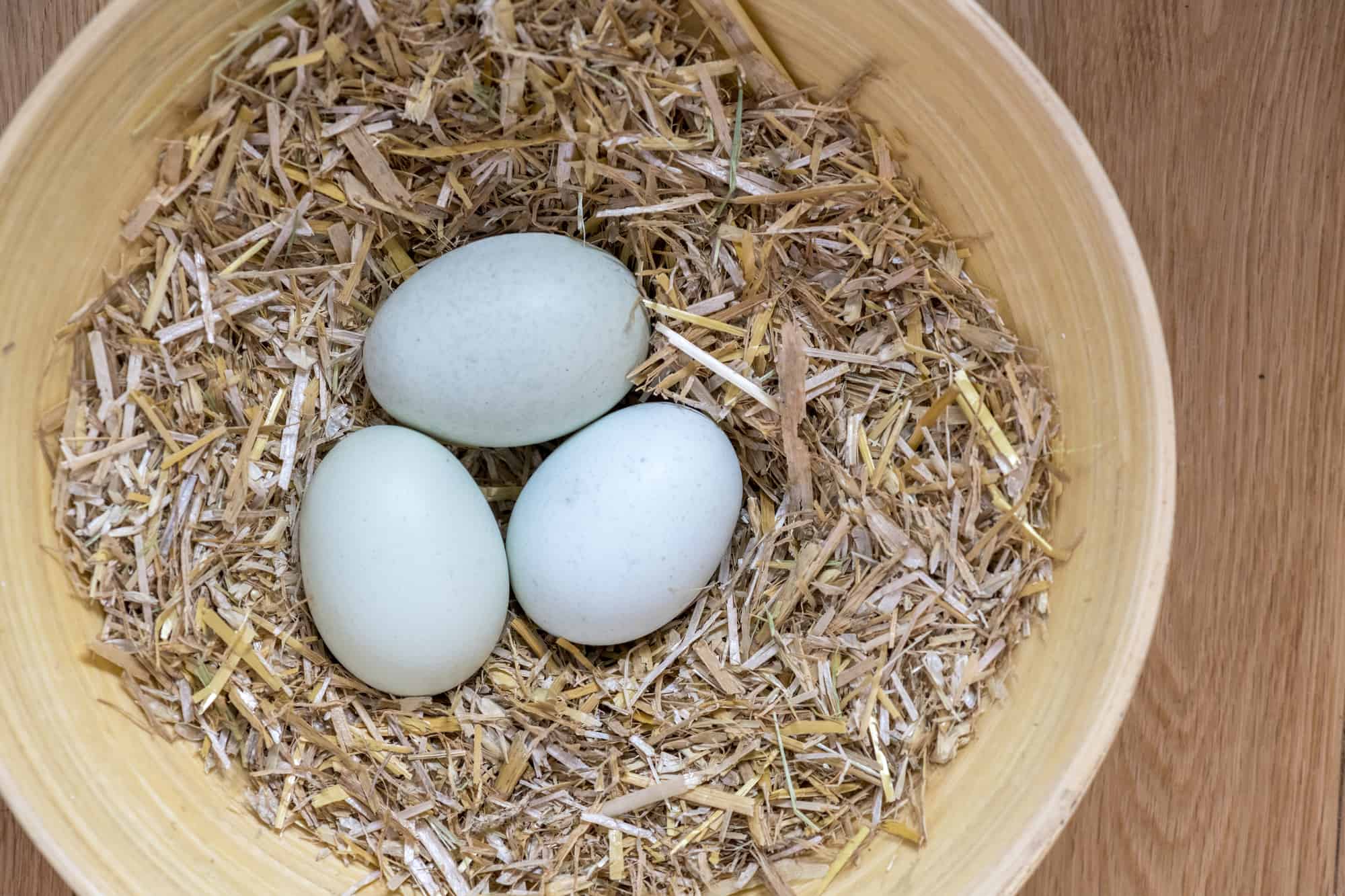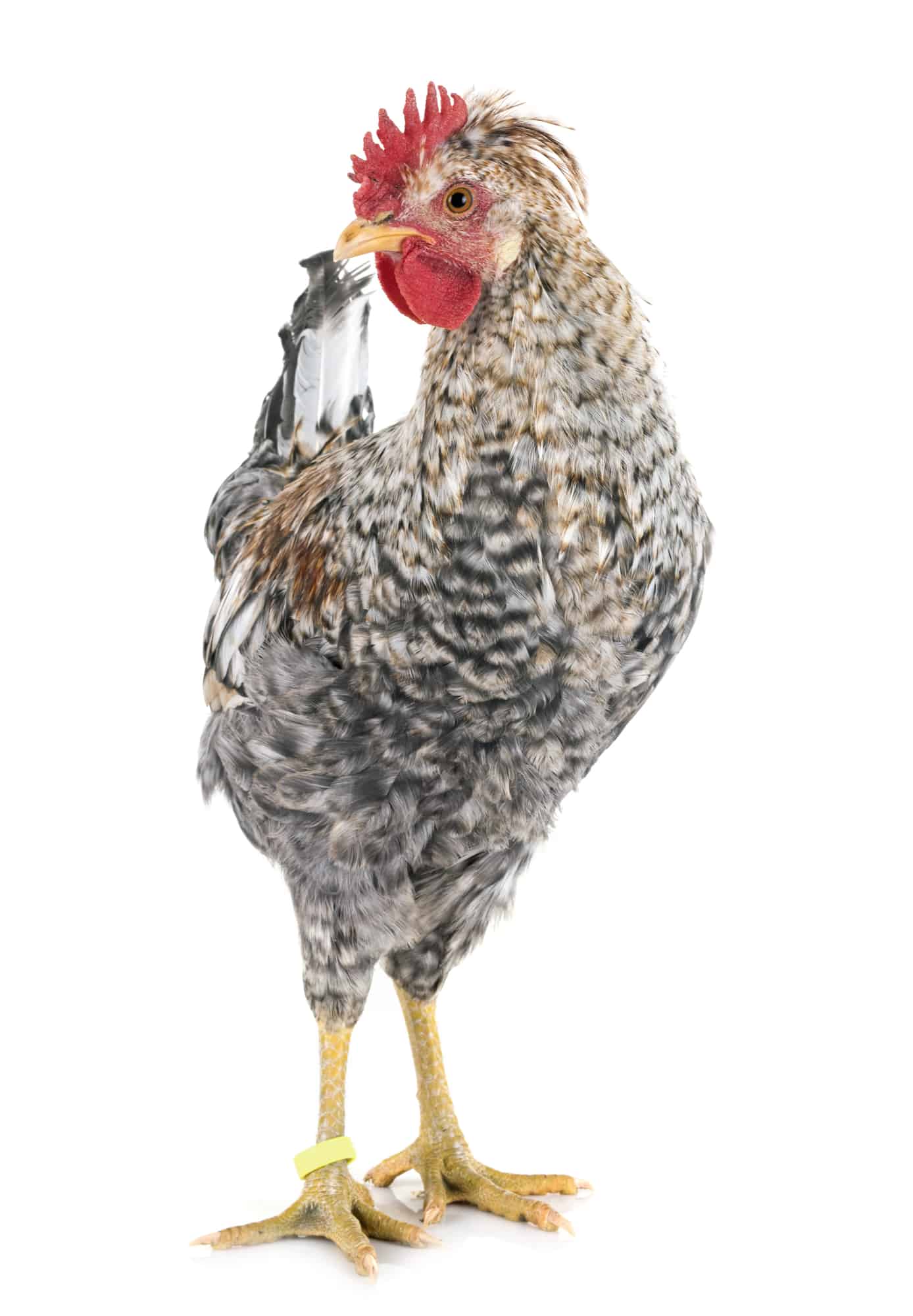Have you ever noticed right after it rains, there are always a ton of mushrooms, toadstools, and other various forms of fungi all over the place? Sometimes that includes the barnyard and around the chicken coop! Now, before your chickens realize a potential snack has popped up over night, you have to ask yourself, "Can chickens eat mushrooms or do I need to make a mad dash before they find them?"
If you're ready to make like Mario on his way to save Princess Toadstool, keep on scrolling!
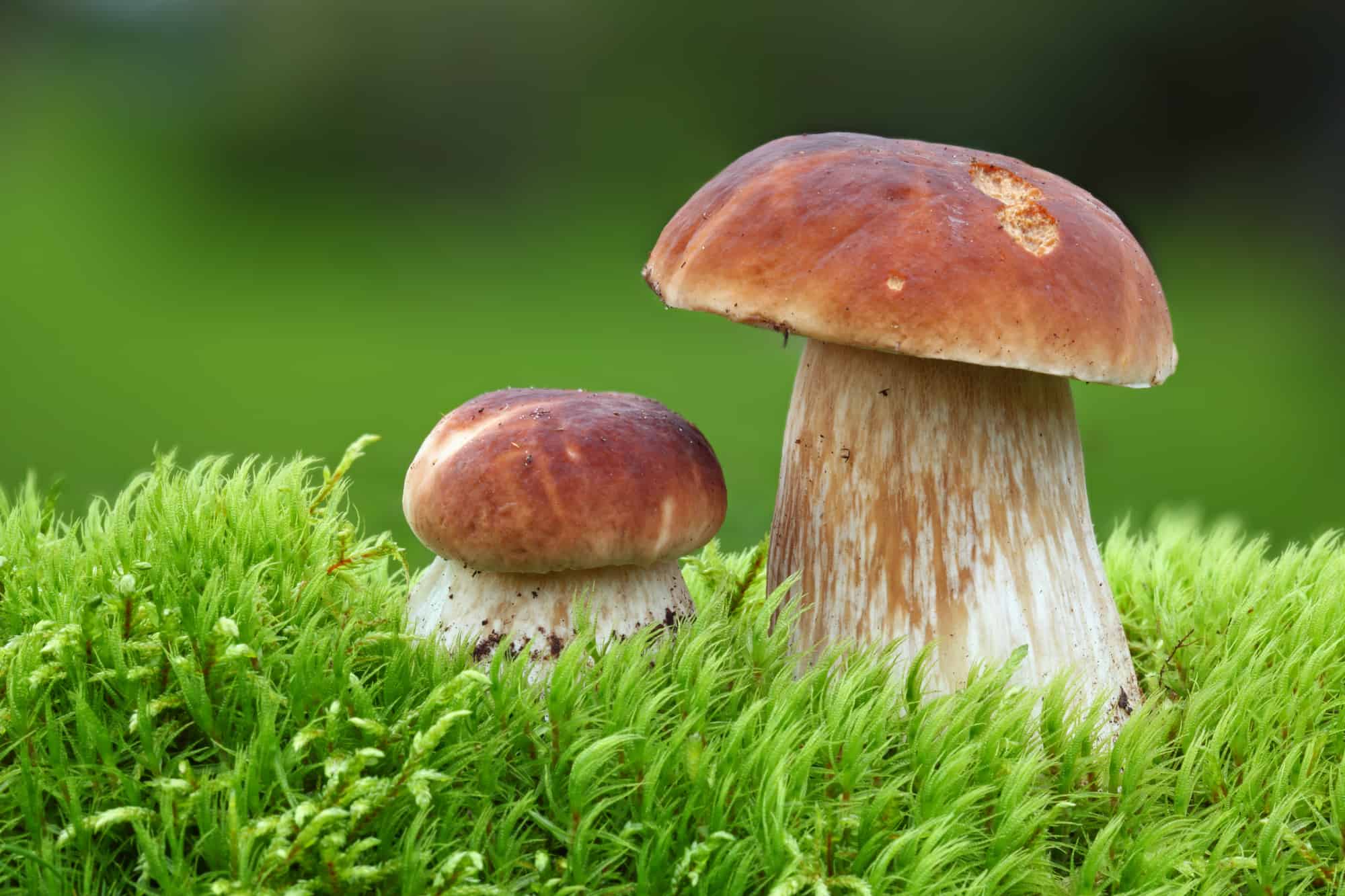
[ez-toc]
Can Chickens Eat Mushrooms?
Yes, chickens can definitely eat mushrooms! Chickens can eat them, assuming they are among the 25-30% of edible, meaning safe to eat, mushrooms that we know of. Now, whether or not you can convince your chickens to eat these mushrooms is an entirely different question of it's own.
Will chickens eat mushrooms?
This is the catch. While chickens can eat mushrooms and mushrooms may even be a good healthy food, they most likely will pass them up for just about anything else. If you've noticed, most of the time when we, as humans, eat mushrooms, it is cooked in a dish where they tend to absorb some of the flavor and characteristics of what they are cooked in.
Chickens do not have that luxury and tend to find mushrooms to be a little too bland. On top of that, many mushrooms have a sort of rubbery texture to them that chickens usually just spit out.
This isn't always a bad thing though. Remember, if they are ignoring or spitting out the mushrooms you are giving them, they probably aren't pecking at random, potentially dangerous, wild mushrooms that they happen by throughout the day.
Need some help keeping your chickens health and care taken care of? Check out the Organized Chicken Keeper for an easy to follow system.
Will chickens eat morel mushrooms?
Yes, and they seem to really like them. Unfortunately, morel mushrooms while delicious when cooked, are highly toxic when eaten raw.
What are the nutritional benefits of mushrooms for chickens?
First of all, they ar super low in calories and are packed with vitamins, protein, antioxidants, and various minerals. All of these nutrients are beneficial to a chicken's overall health.
The table below, courtesy of the USDA FoodData Center, is the nutritional value of 1 cup of raw morel mushrooms. These may change a bit when cooked (so they are no longer toxic) but should still be close enough to give you a good idea of their value.
| Name | Amount | Unit |
|---|---|---|
| Water | 59.1 | g |
| Energy | 20.5 | kcal |
| Protein | 2.06 | g |
| Total lipid (fat) | 0.376 | g |
| Carbohydrate, by difference | 3.37 | g |
| Fiber, total dietary | 1.85 | g |
| Sugars, total including NLEA | 0.396 | g |
| Calcium, Ca | 28.4 | mg |
| Iron, Fe | 8.05 | mg |
| Magnesium, Mg | 12.5 | mg |
| Potassium, K | 271 | mg |
| Sodium, Na | 13.9 | mg |
| Zinc, Zn | 1.34 | mg |
| Copper, Cu | 0.413 | mg |
| Manganese, Mn | 0.387 | mg |
| Selenium, Se | 1.45 | µg |
| Vitamin B-6 | 0.09 | mg |
| Folate, total | 5.94 | µg |
| Vitamin D (D2 + D3) | 3.37 | µg |
How are these nutrients beneficial?
Here's a small sample of how some of the above nutrients can improve your chickens' health.
- Vitamin B6: healthy blood vessels, eye/vision health, nervous system , immune system
- Calcium: bones and egg shell strength
- Fiber: only small amounts or they can become constipated, get a blockage, etc; enery, growth, and digestive health, reduce cholesterol, controls blood sugar, digestive health
- Folate (B Vitamin): folate deficiency; helps blood formation; healthy feathers & size
- Magnesium: bone strength and development, cellular metabolism, heart health, muscle function
- Manganese: bone development, immune system, breaks down carbs, cholesterol, and amino acids; controls blood sugar
- Potassium: temperature control; hydration & electrolyte regulation, metabolism; heart health/heart disease preventative
Frequently Asked Questions
Q1. Aren't mushrooms dangerous if you eat them?
There are more than 10,000 types of mushrooms that have been identified across the world and it's probably safe to speculate there are thousands more we haven't found yet. They can range from pure delicacy to doornail dead if you eat them.
According to The Mushroom Journal, about 20% of mushrooms can make you ill, while 50% are just not good to eat, being too tough or something we can't digest. Another 25% are technically edible but son't really offer much in the way of taste. And finally, 4% are desireable to eat, as in they have a good flavor or offer some other benefit while only 1% of mushrooms are potentially fatal.
Q2. So, how do I tell which ones are safe or not?
Here are just a few things to look out for. However, there are many other dangerous mushrooms that do not fit into the following descriptions. They are merely a small sample of some of the easier features to spot.
- White and slightly brown mushrooms are typically poisonous
- Dangerous mushrooms have gills or ridges under their caps
- red is almost always a warning, especially on the cap of a mushroom
Q3. What are the best types of mushrooms for chickens to eat?
Chickens can eat morel, button, hen of the woods, chicken of the woods, magic (just kidding), oyster, portabello, porcini, shittake. If you can buy it in a store, it will be safe for your chickens to eat. Store bought is really the best route to go if you want to feed mushrooms to your flock.
Unless you are a pro at identifying mushrooms in the wild, it's usually best to not take the potential risk.
Q4. How do you serve mushrooms to chickens?
As we mentioned, the rubbery texture and bland flavor are an almost instant turnoff for most chickens. However, you can cook them first and that will harden up the more rubbery quality a bit. You won't want to add salt or oil or anything, that can cause in imbalance in their diet.
Q5. What if they're growing in my yard/coop/barnyard?
Most likely your chickens will not mess with them as there are more interesting things for them to eat. However, if you are concerned that your chickens or any other animals may give them a little nibble or two, you can scoop them up and throw them out.
If you need more help with taking care of your chickens, check out The Organized Chicken Keeper for a complete system for managing their health through keeping their supplies stocked and coop clean.


